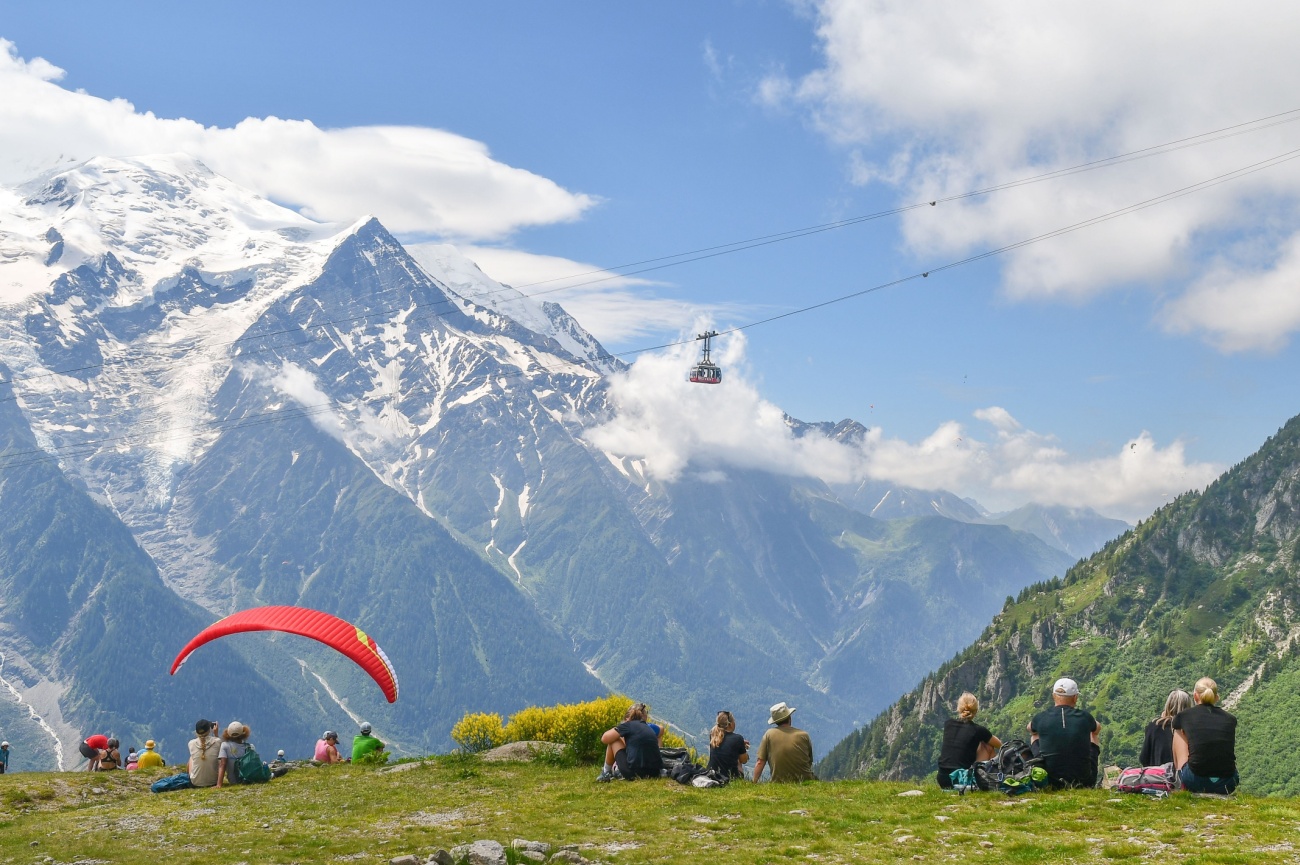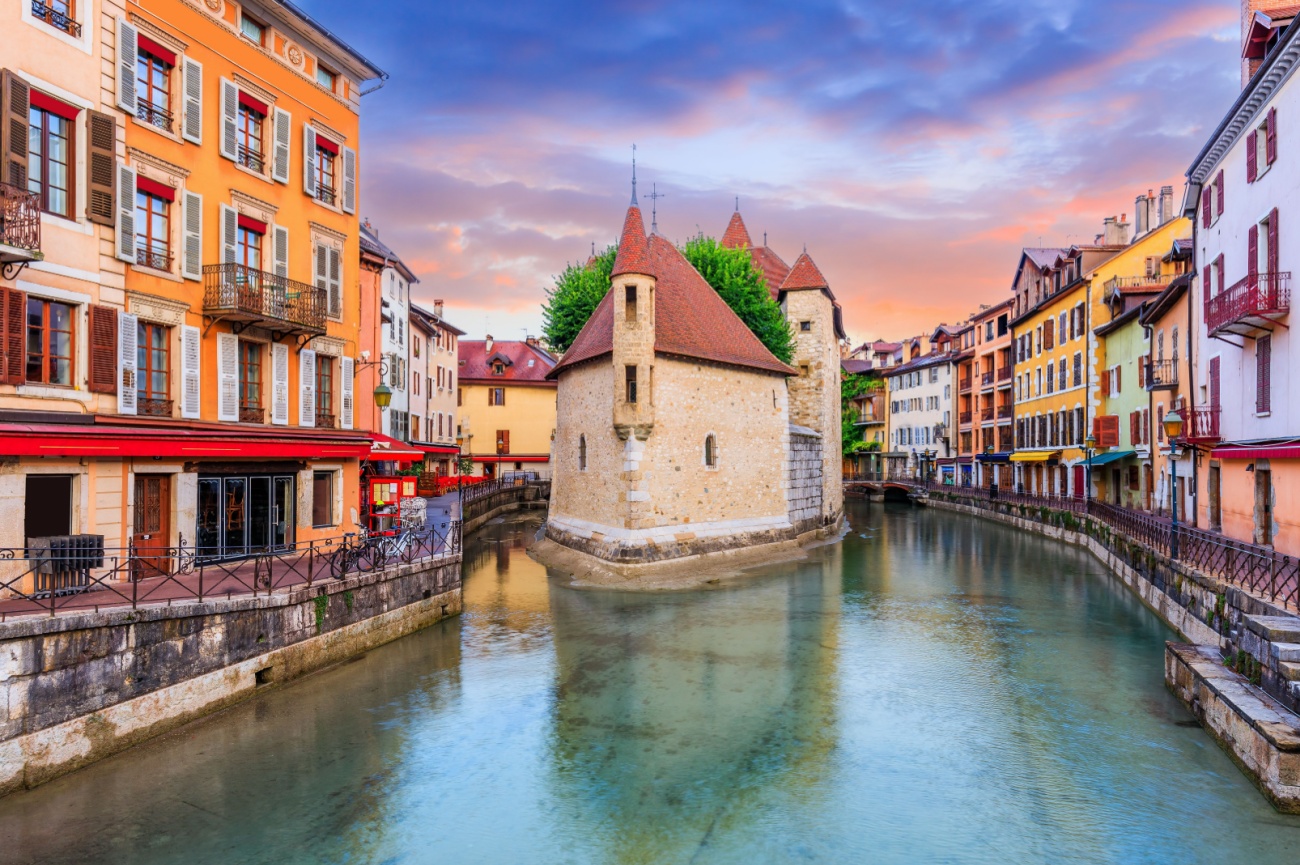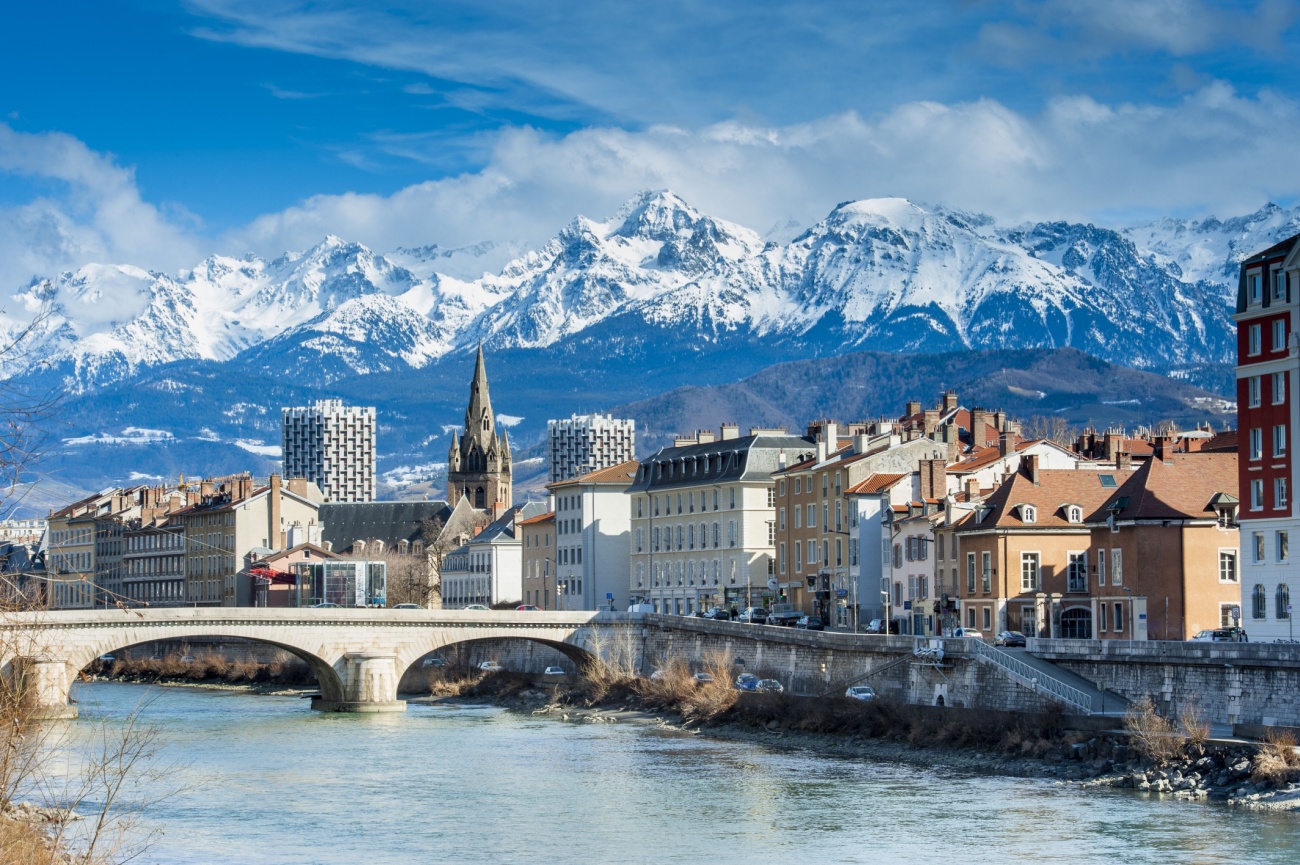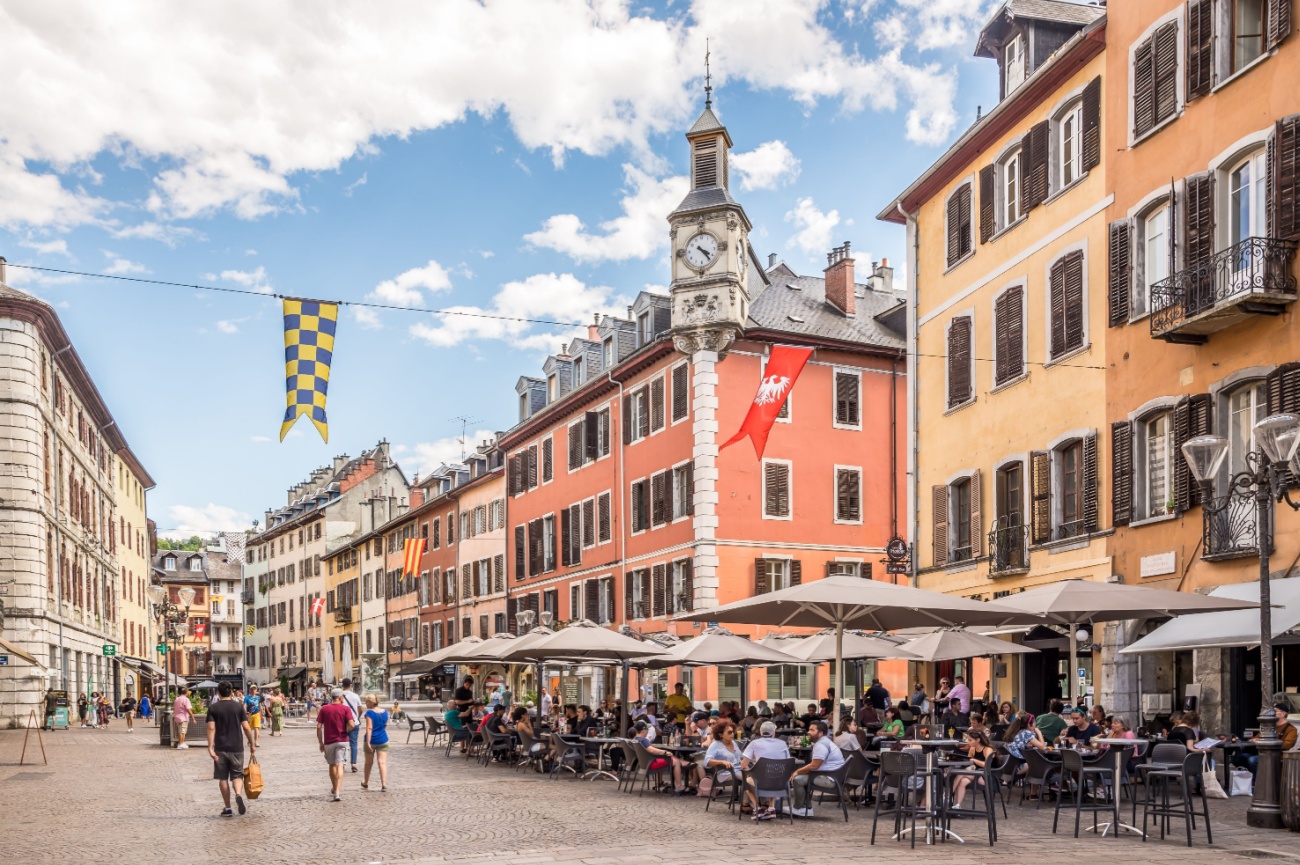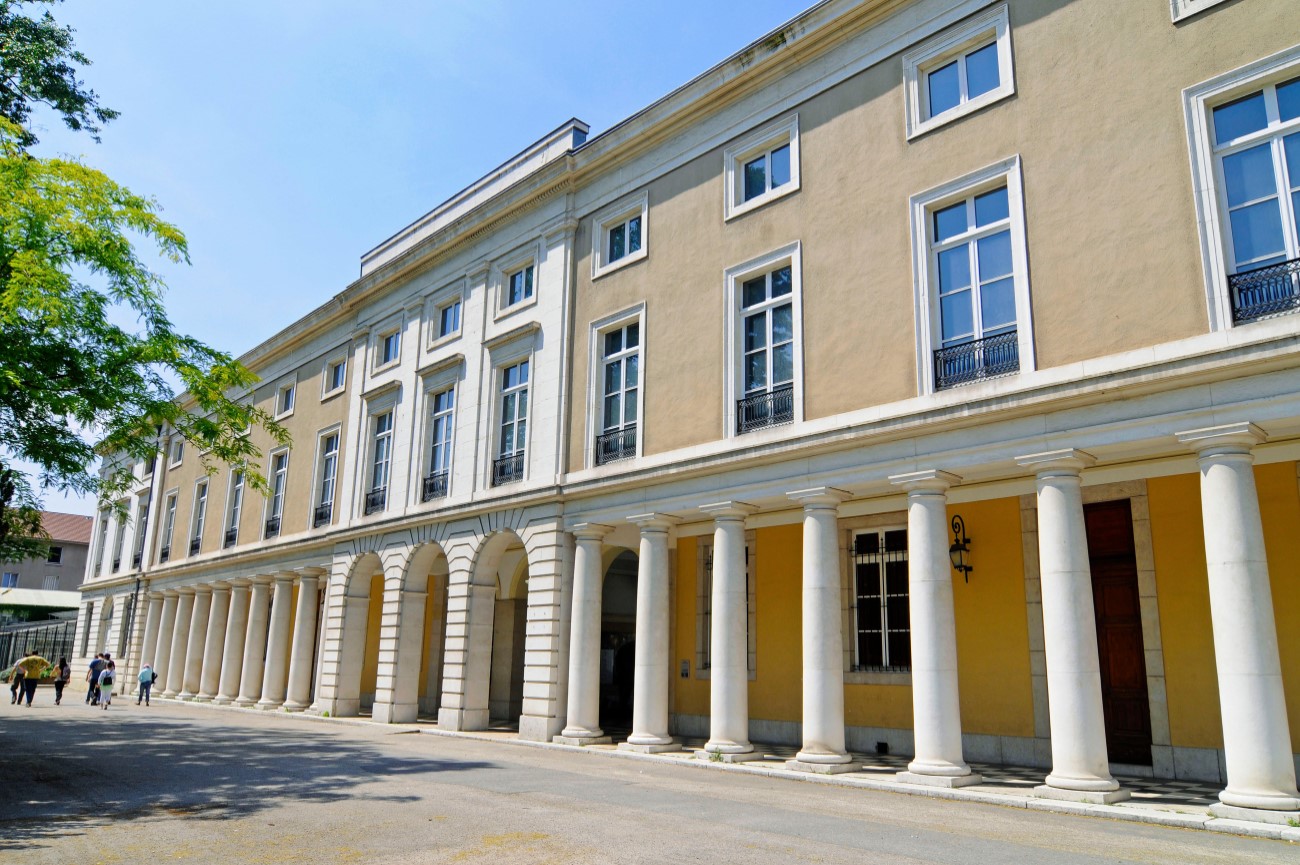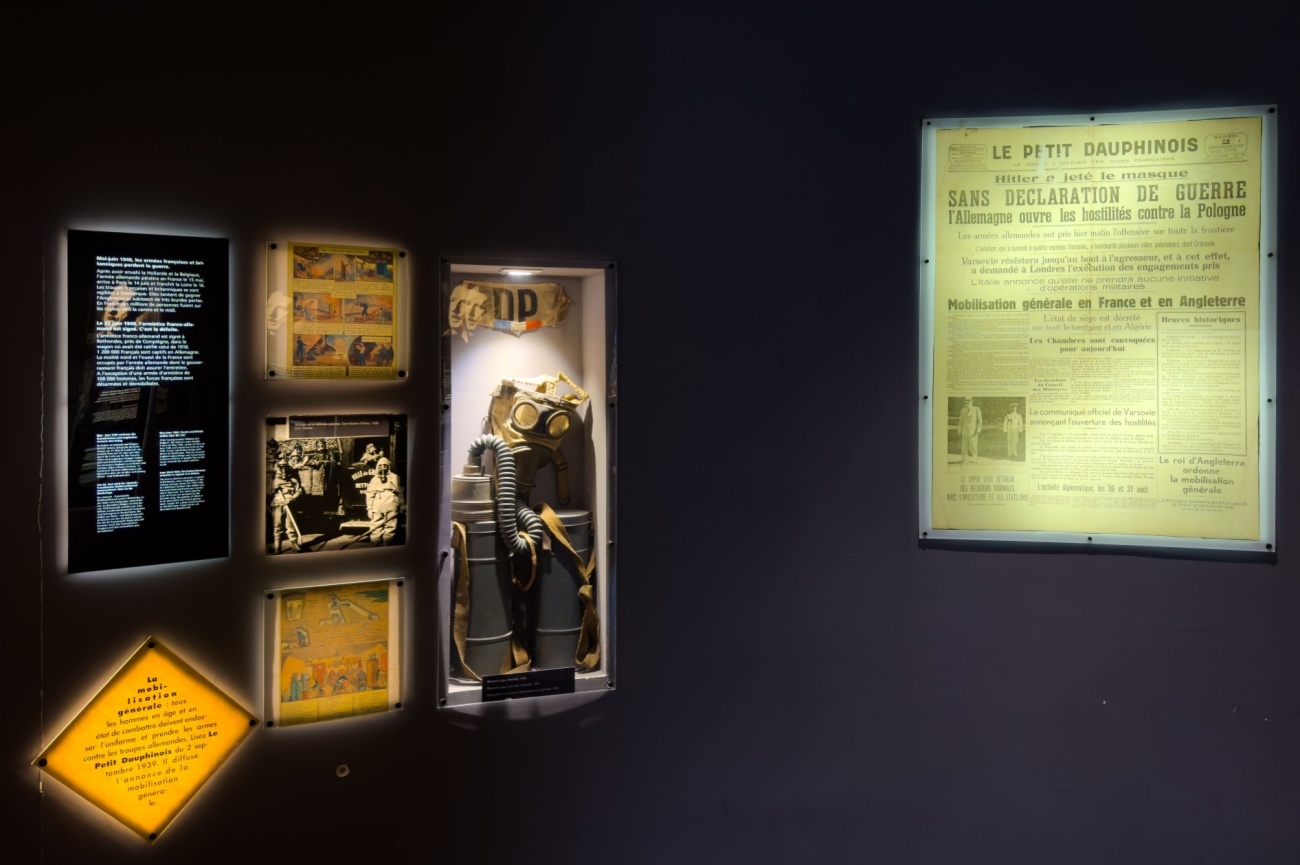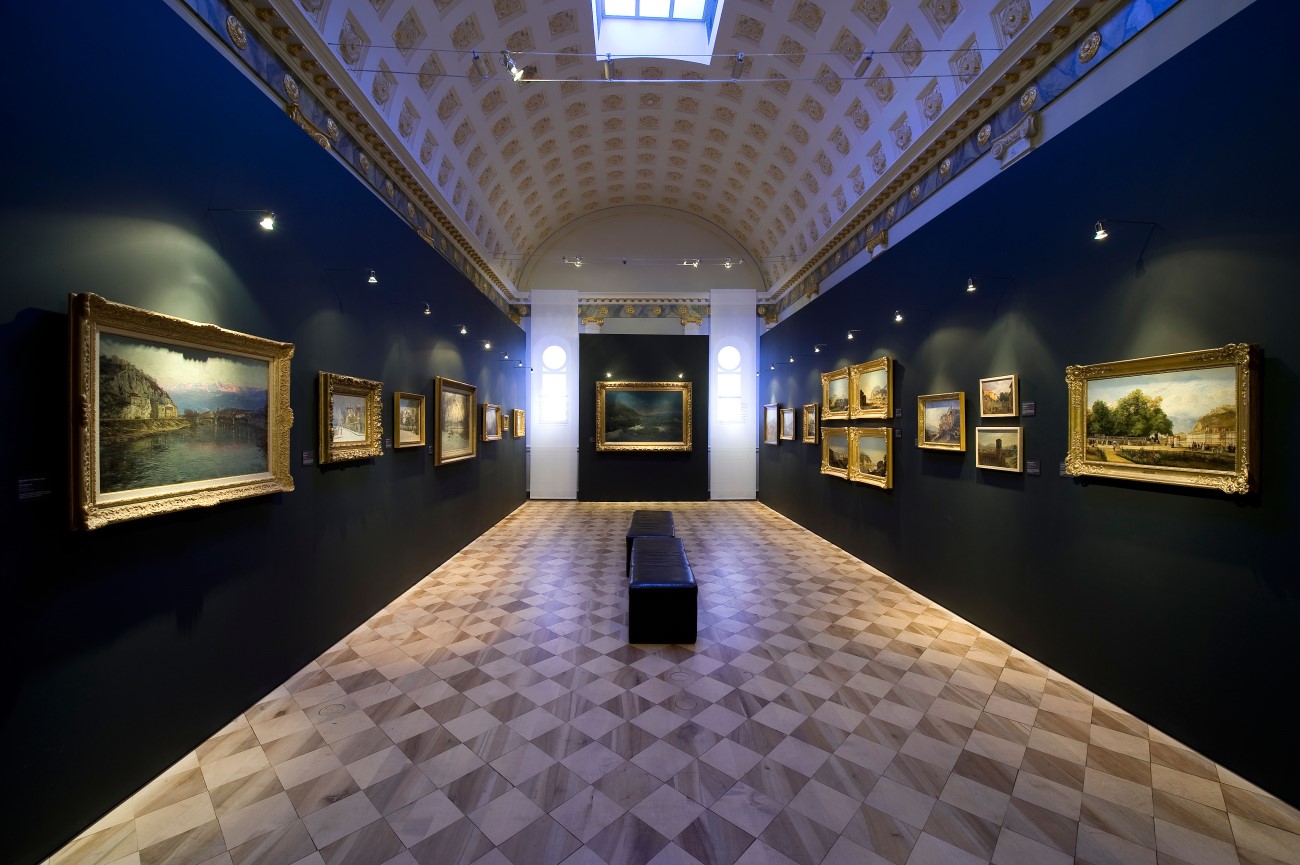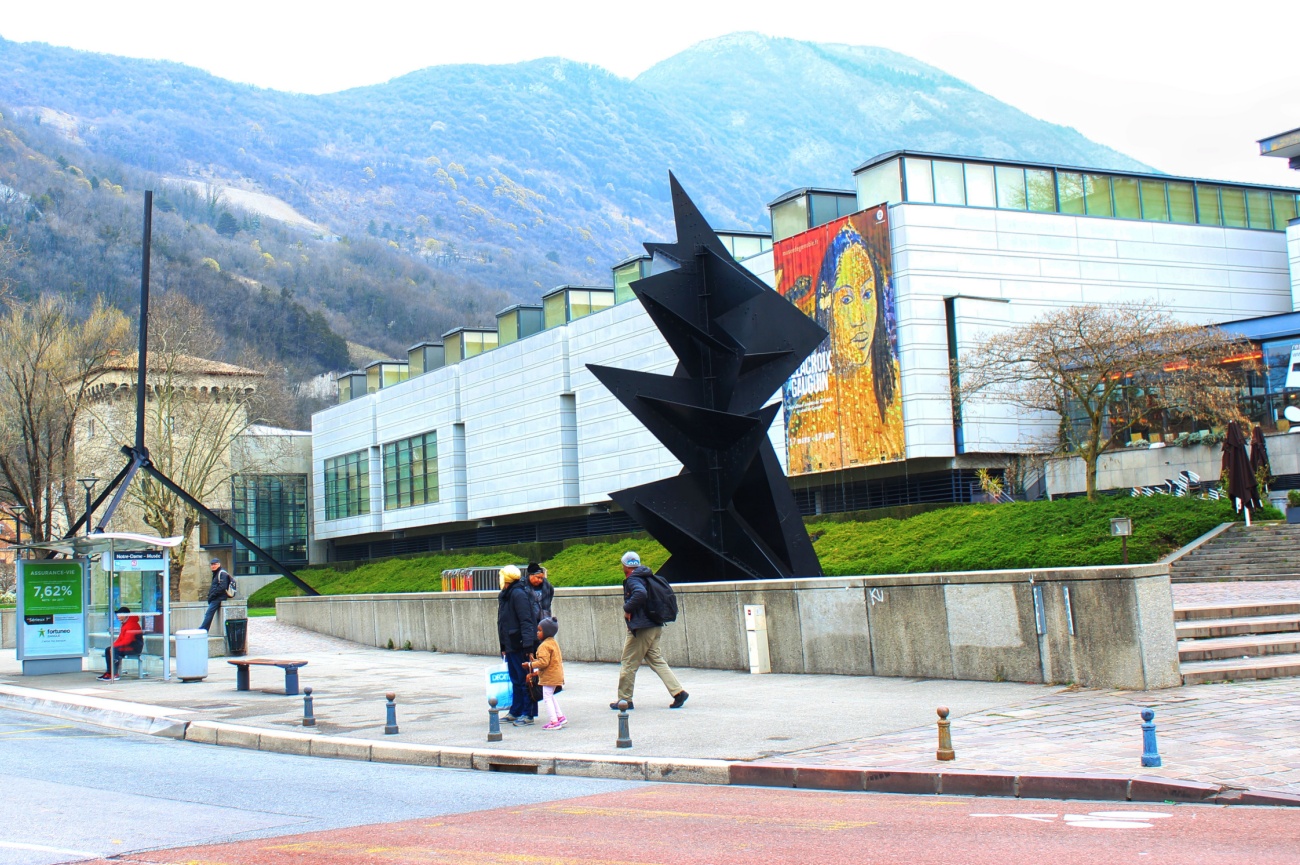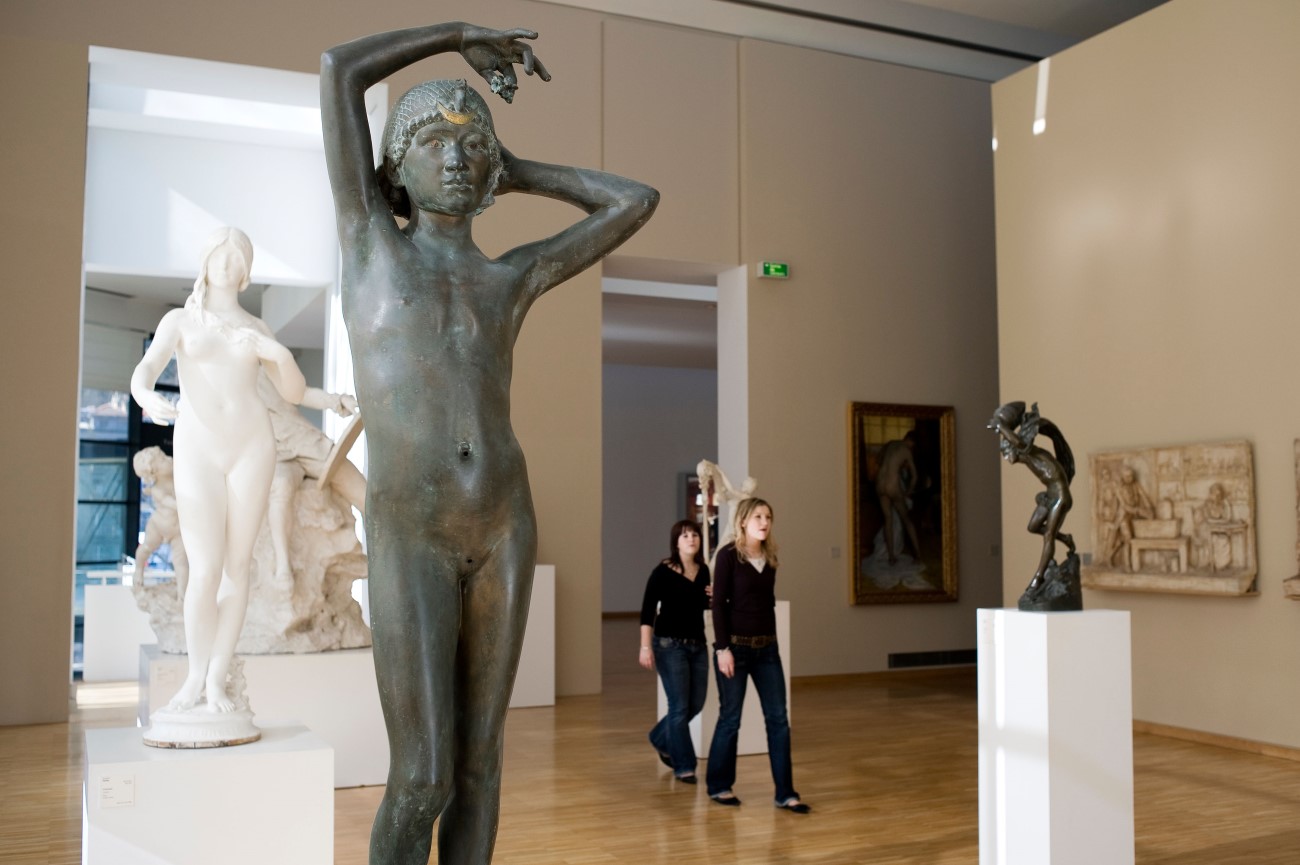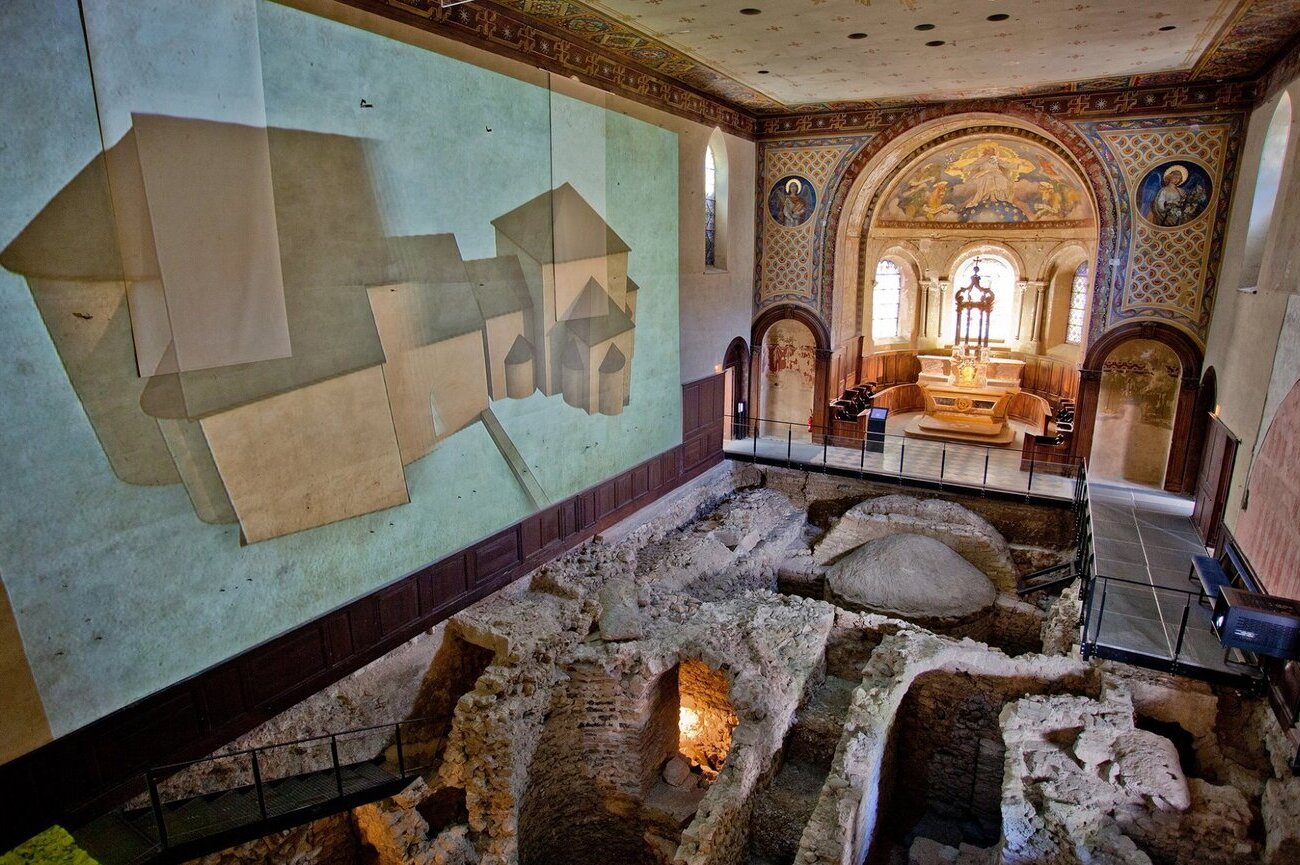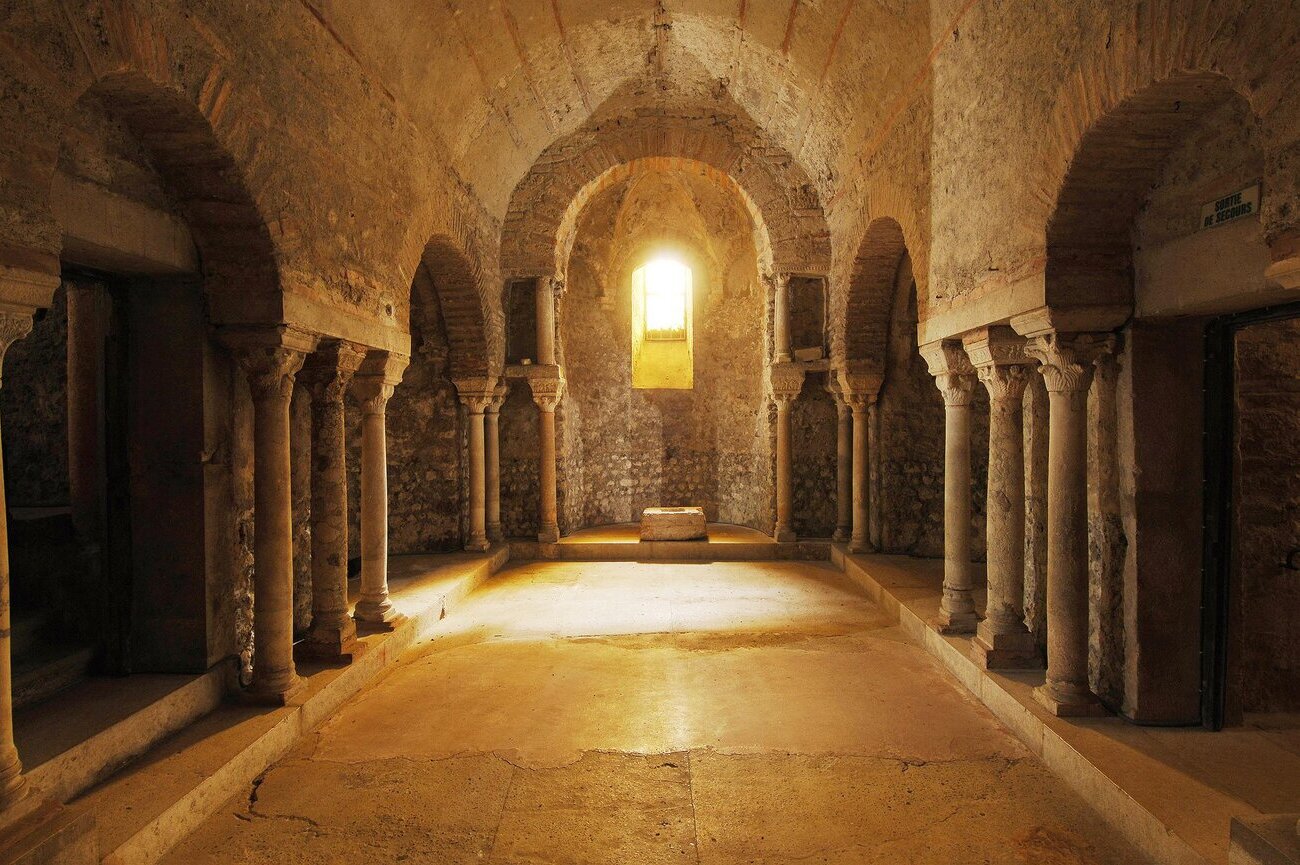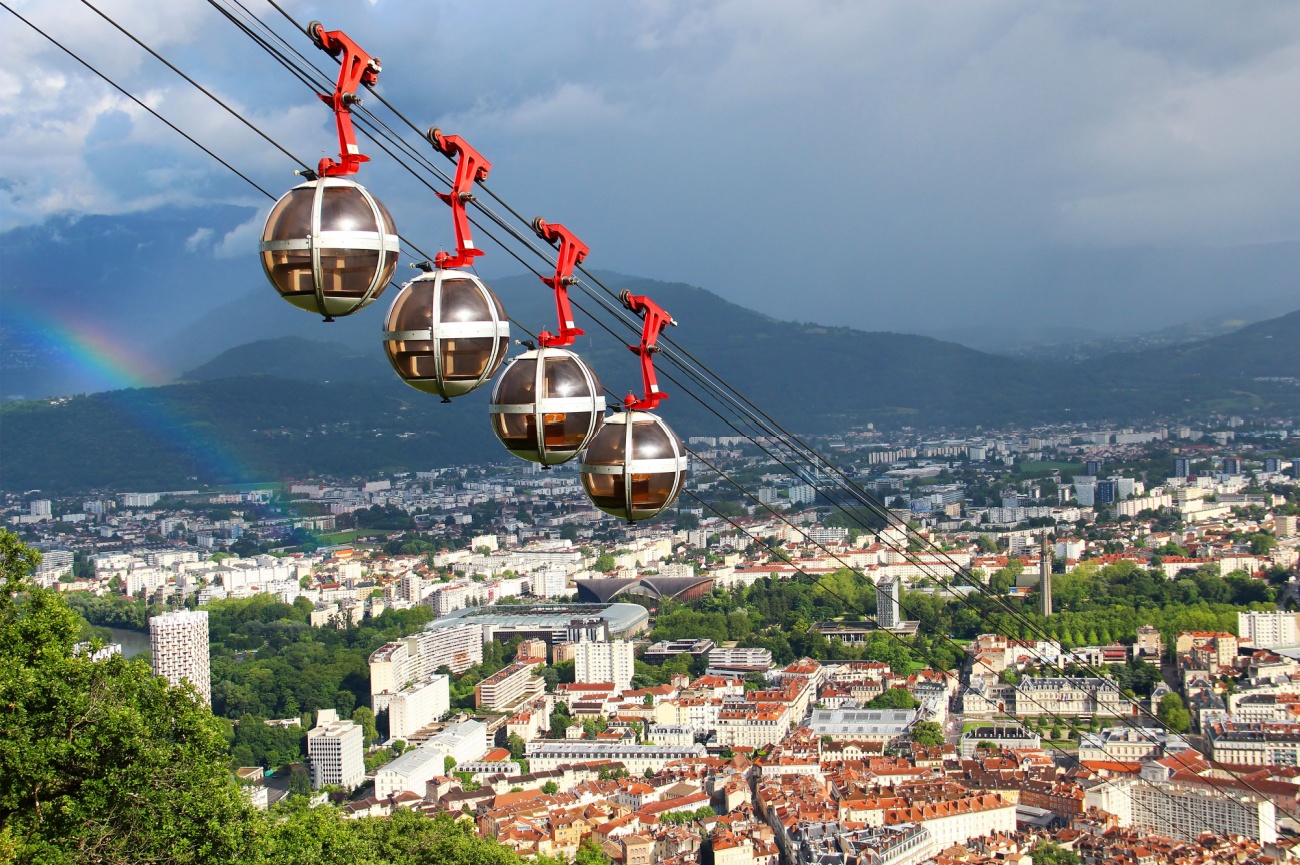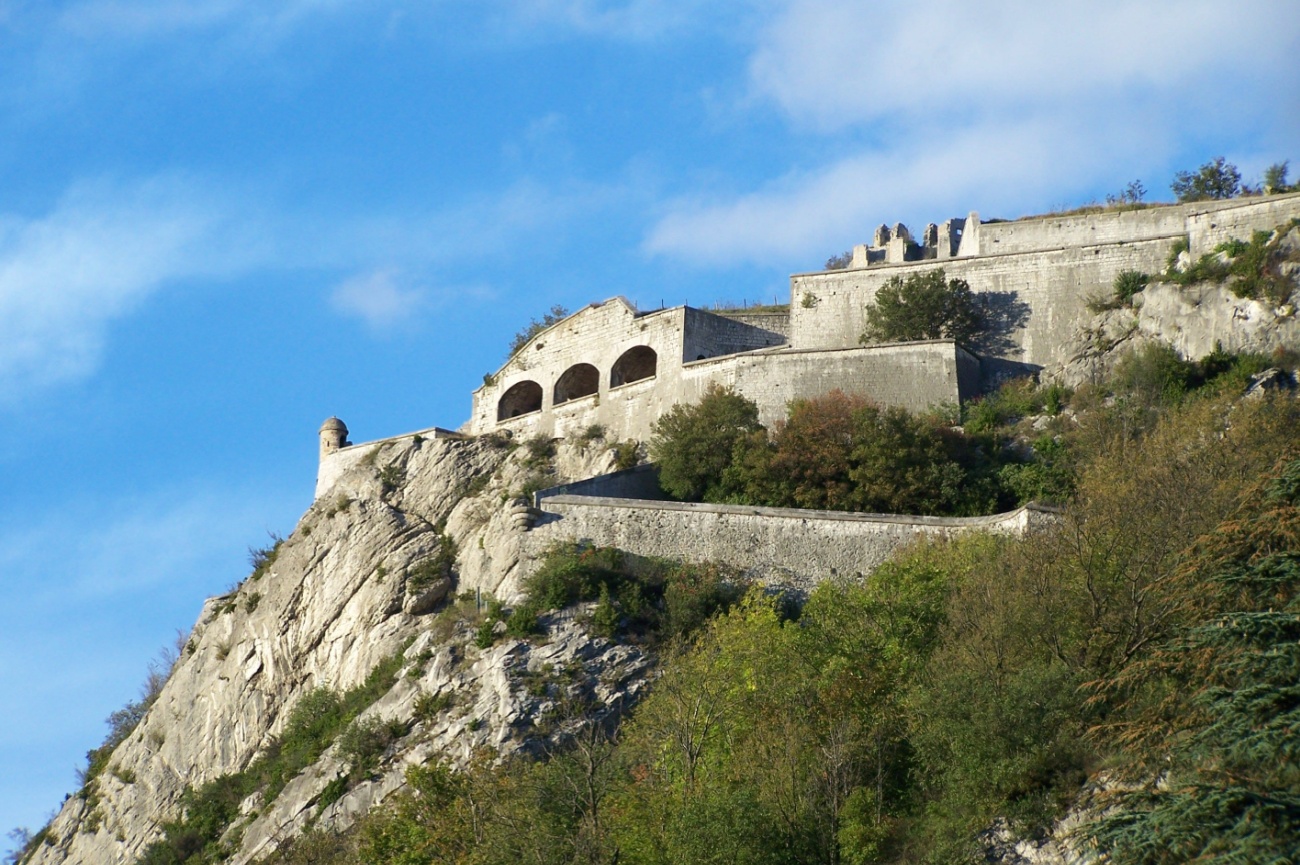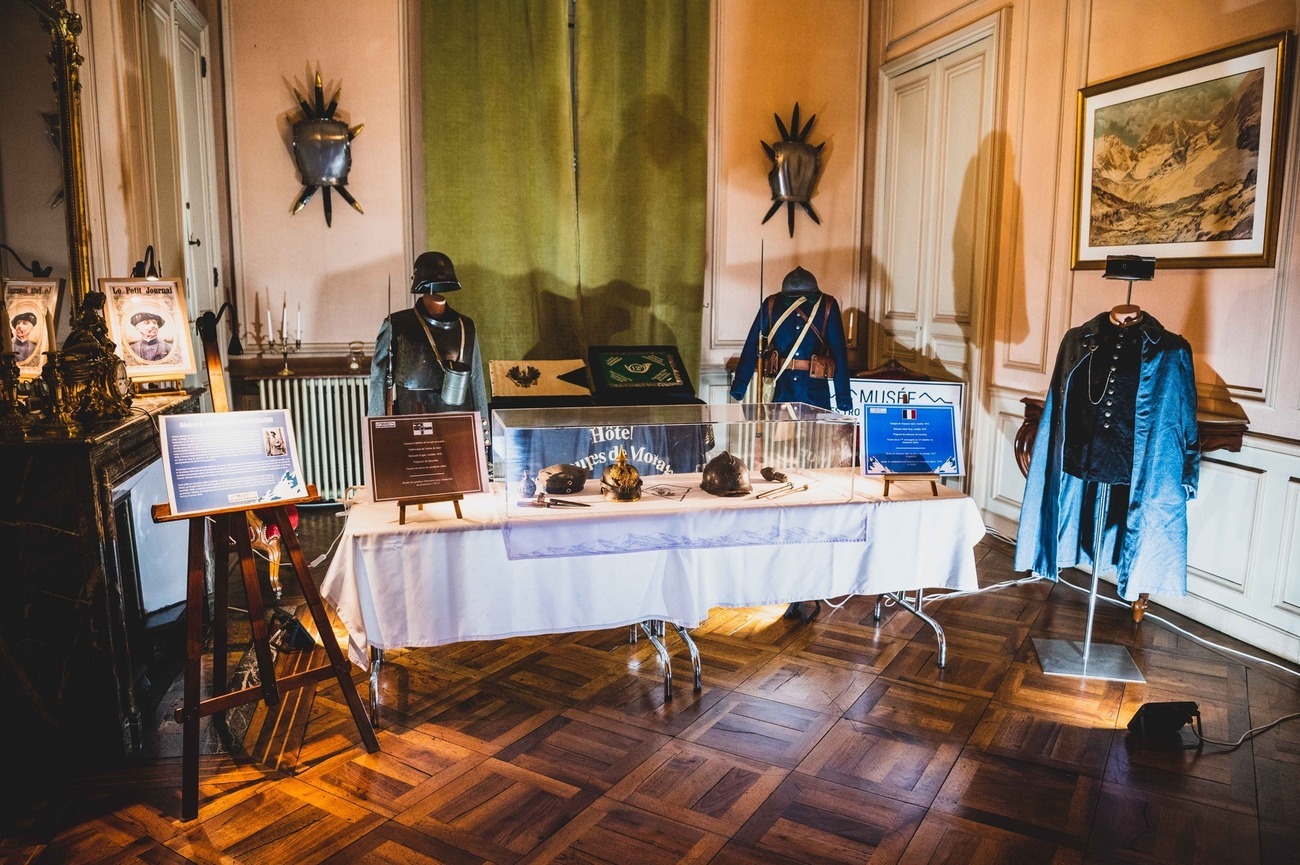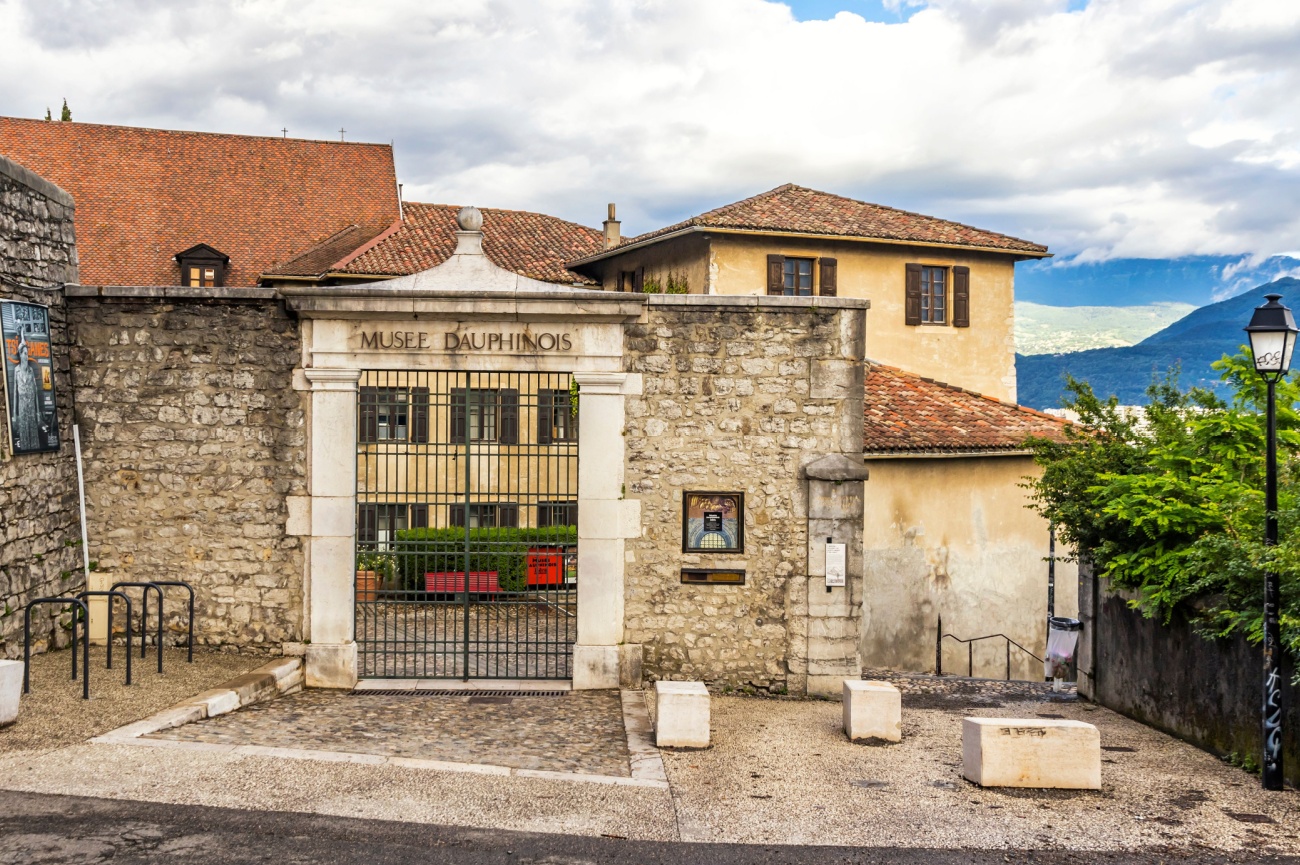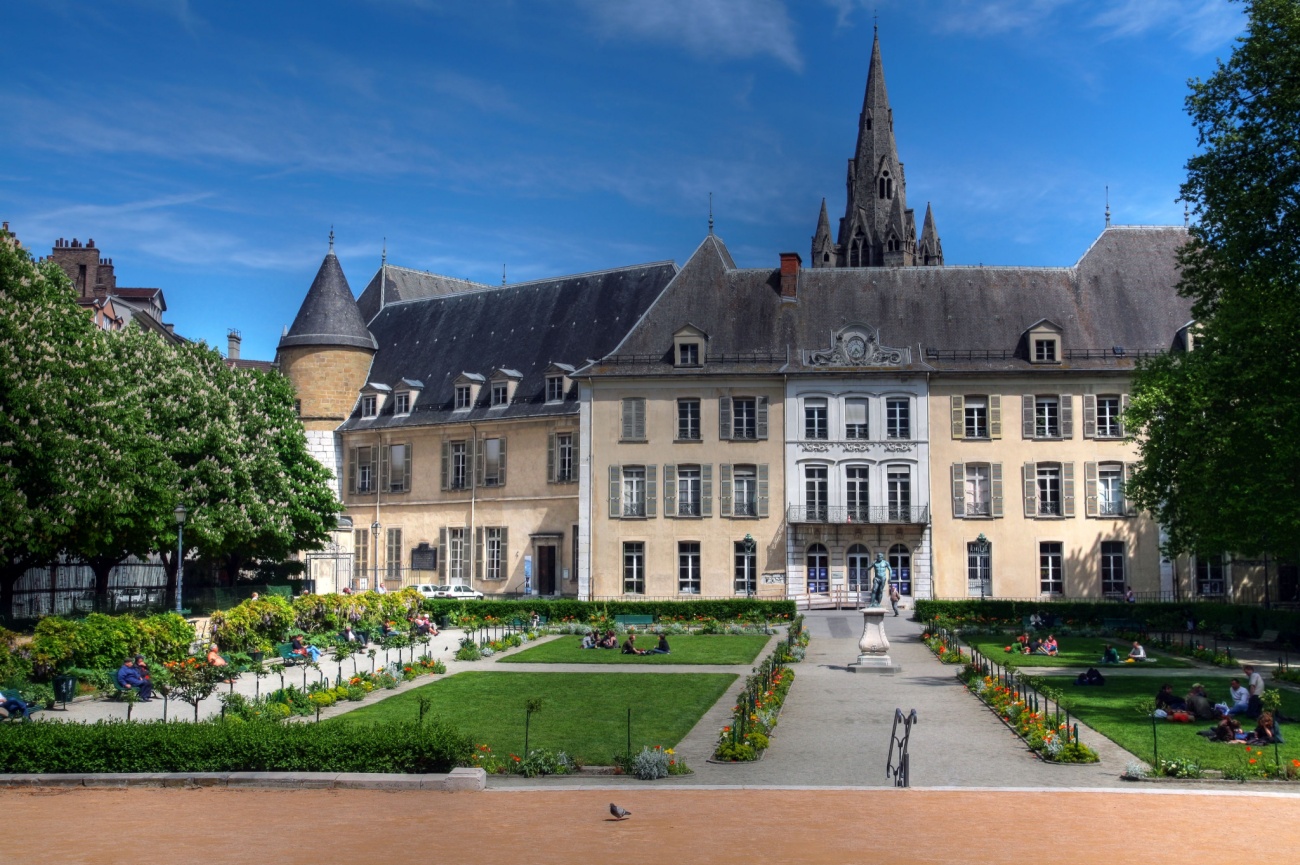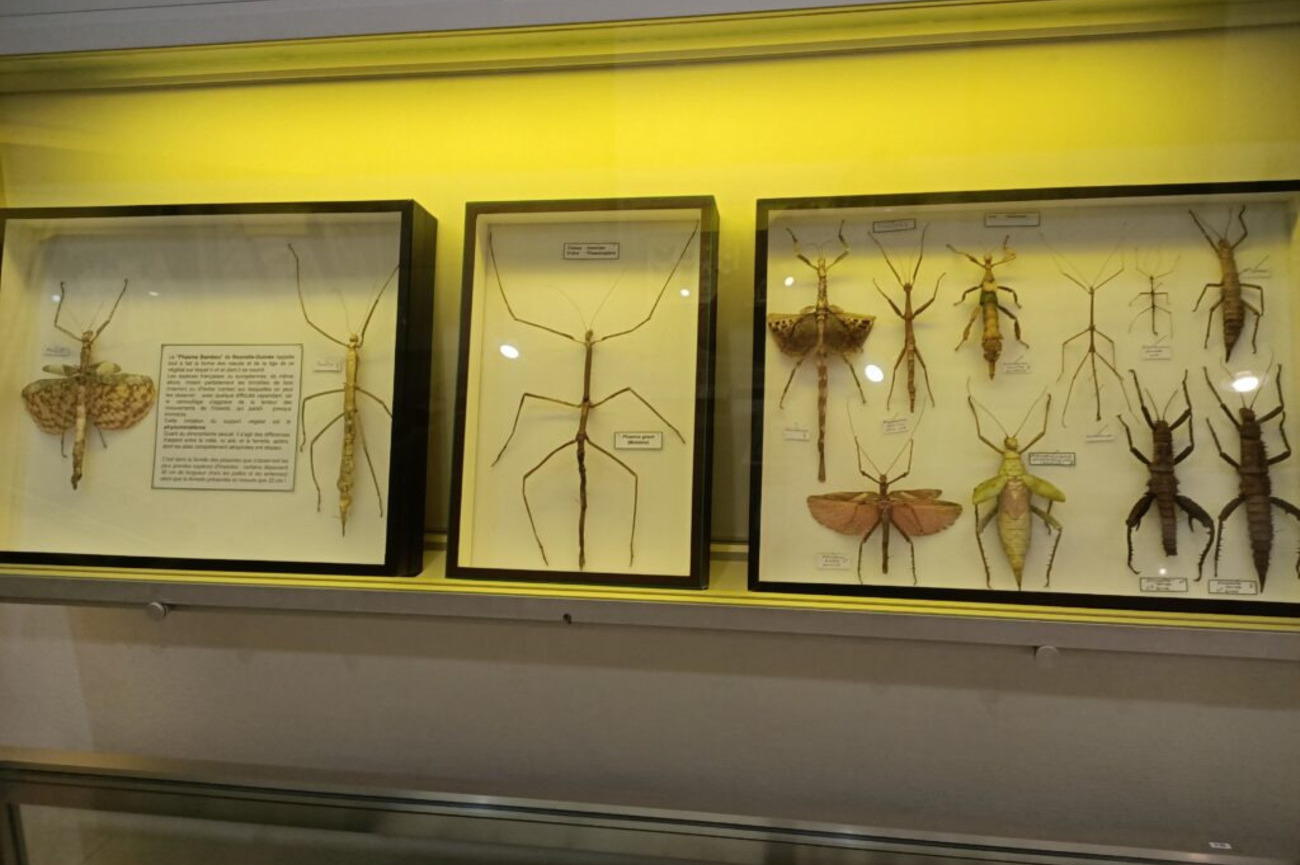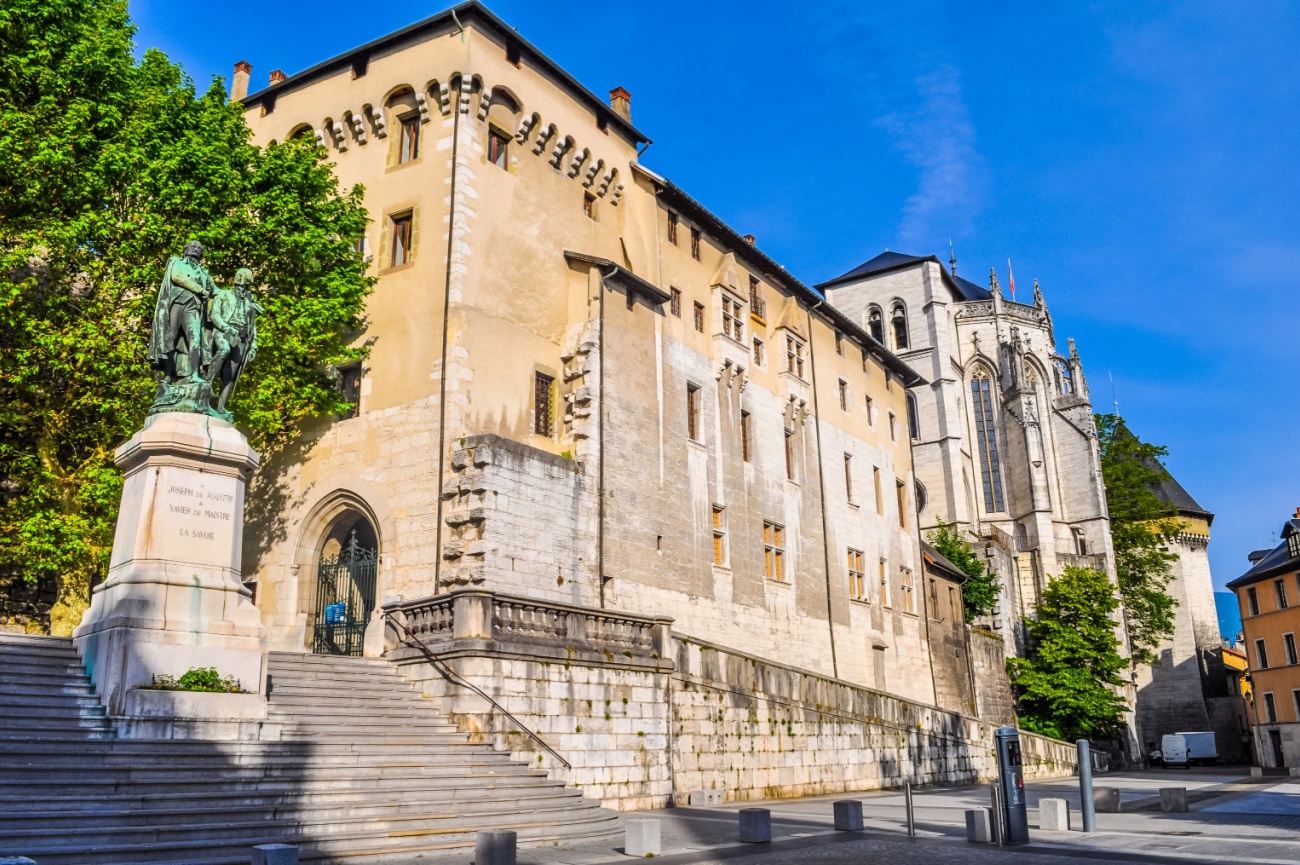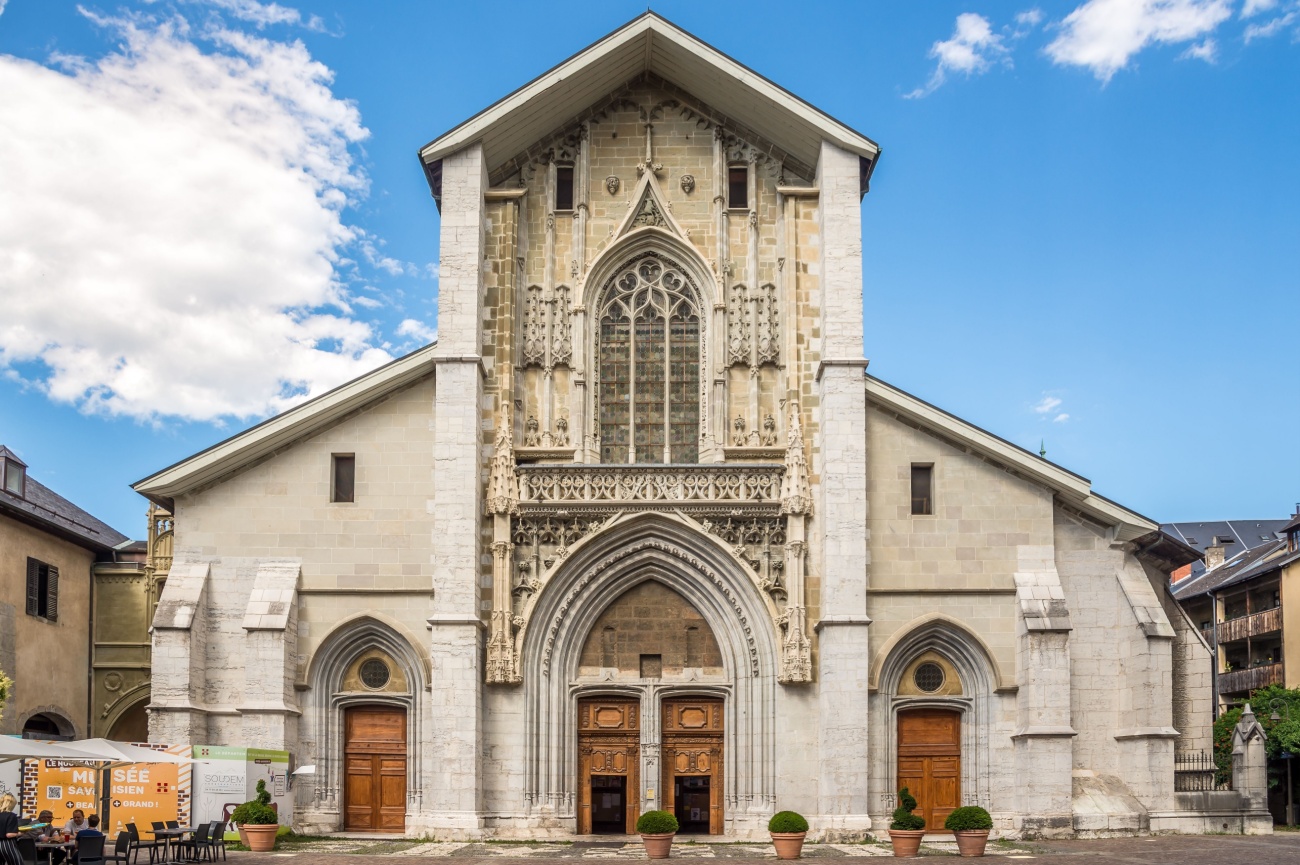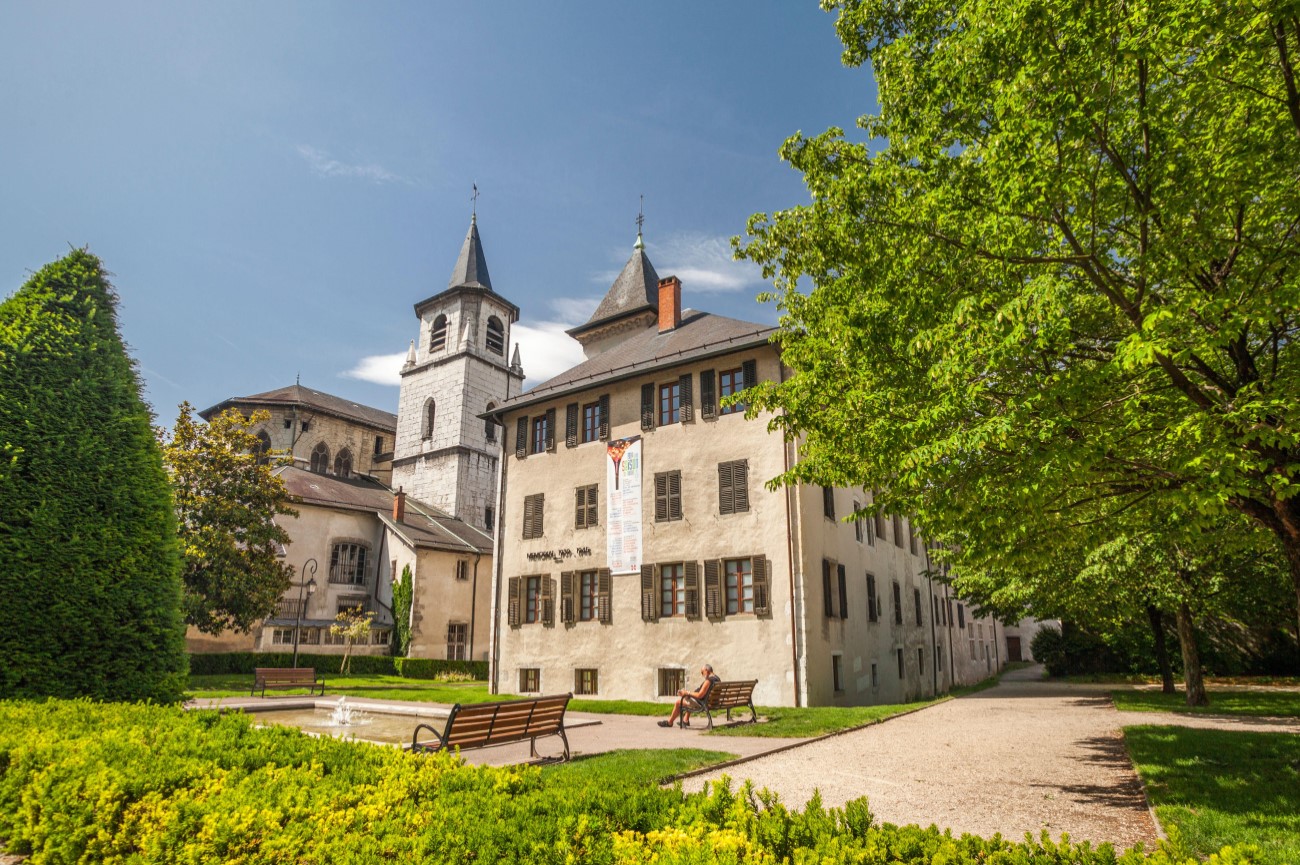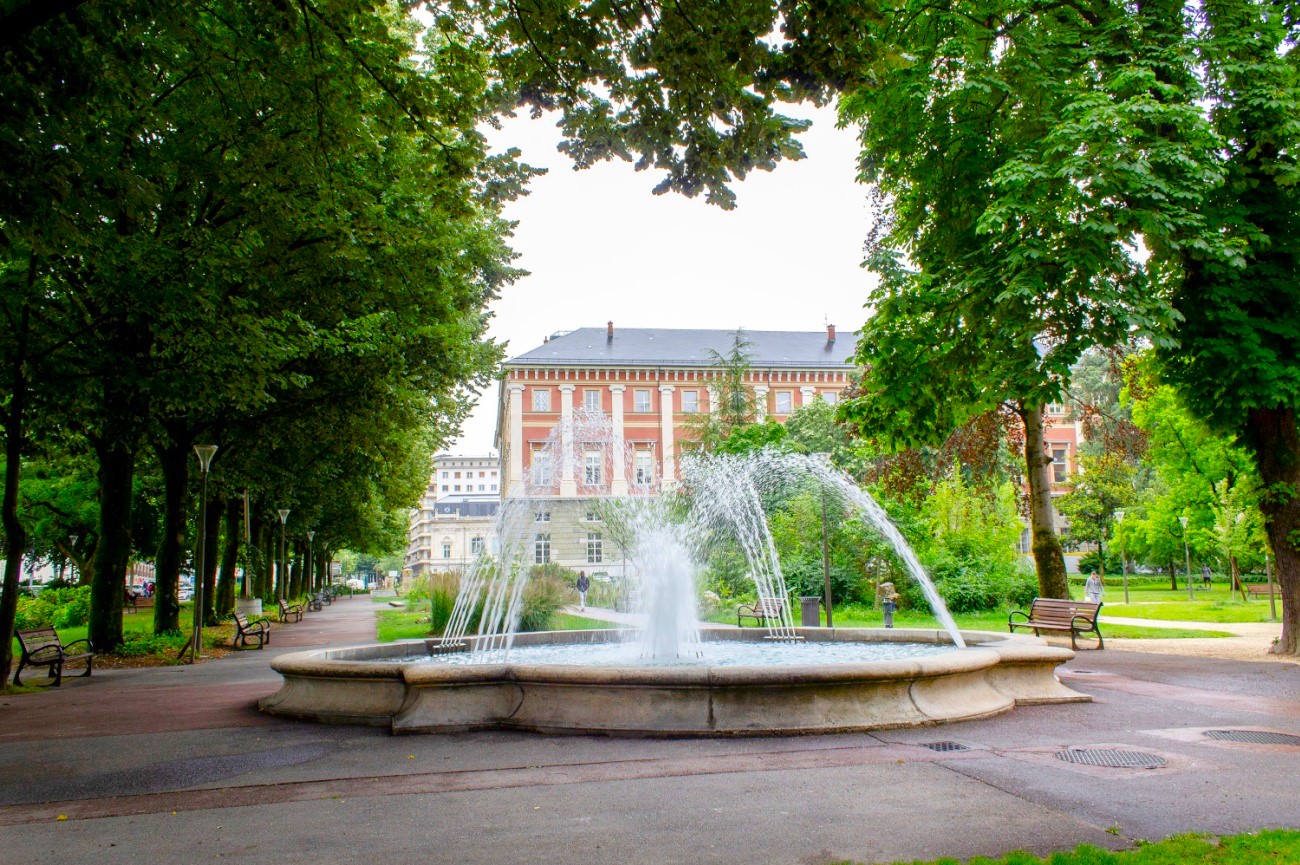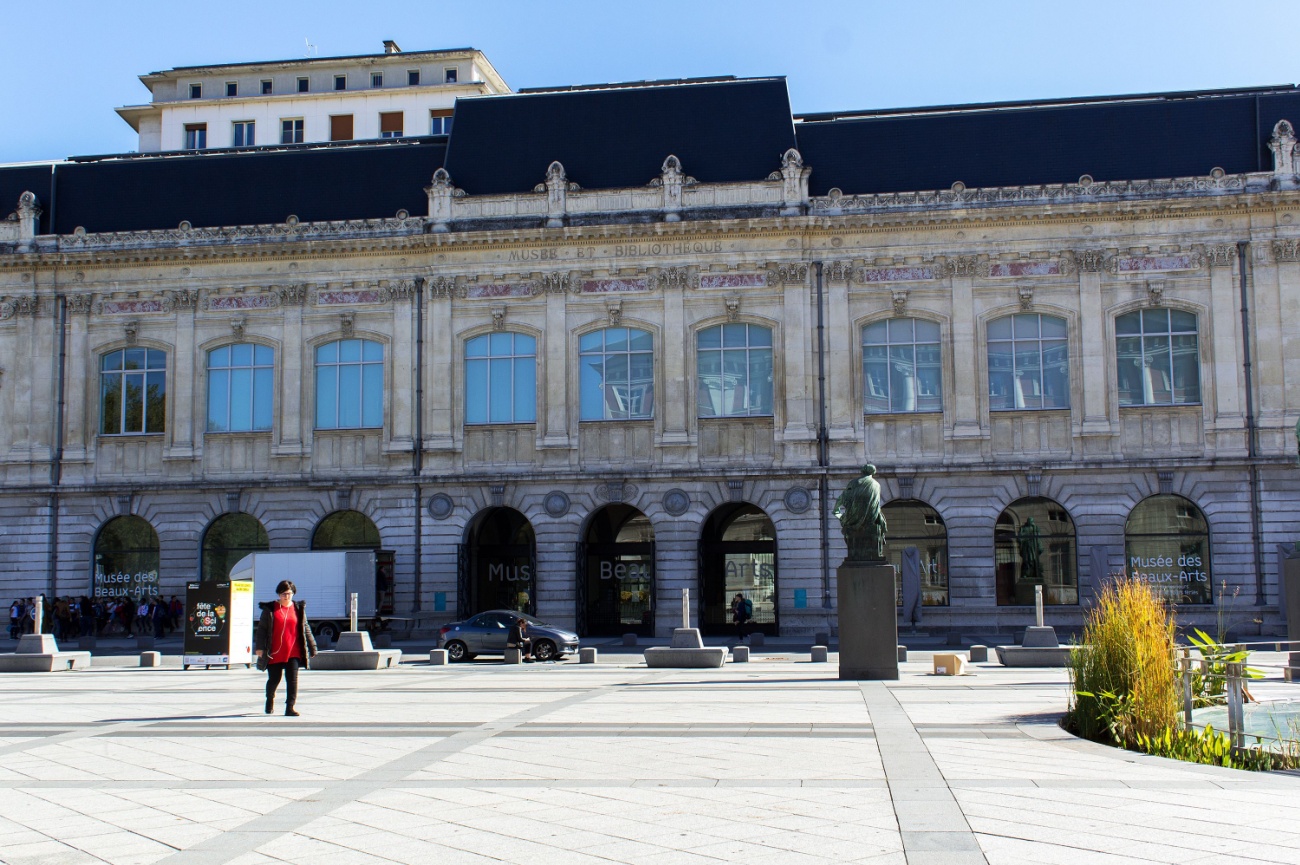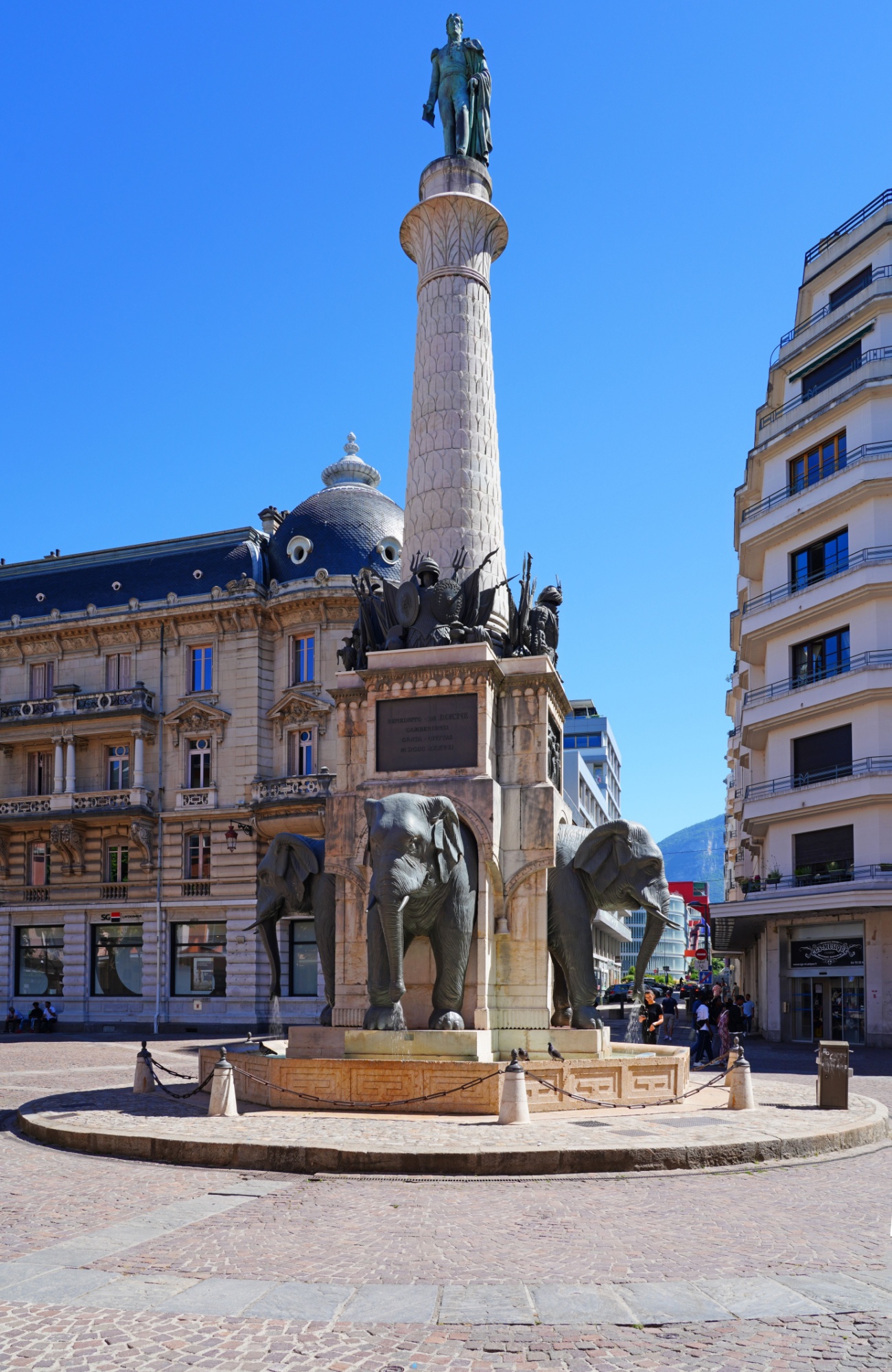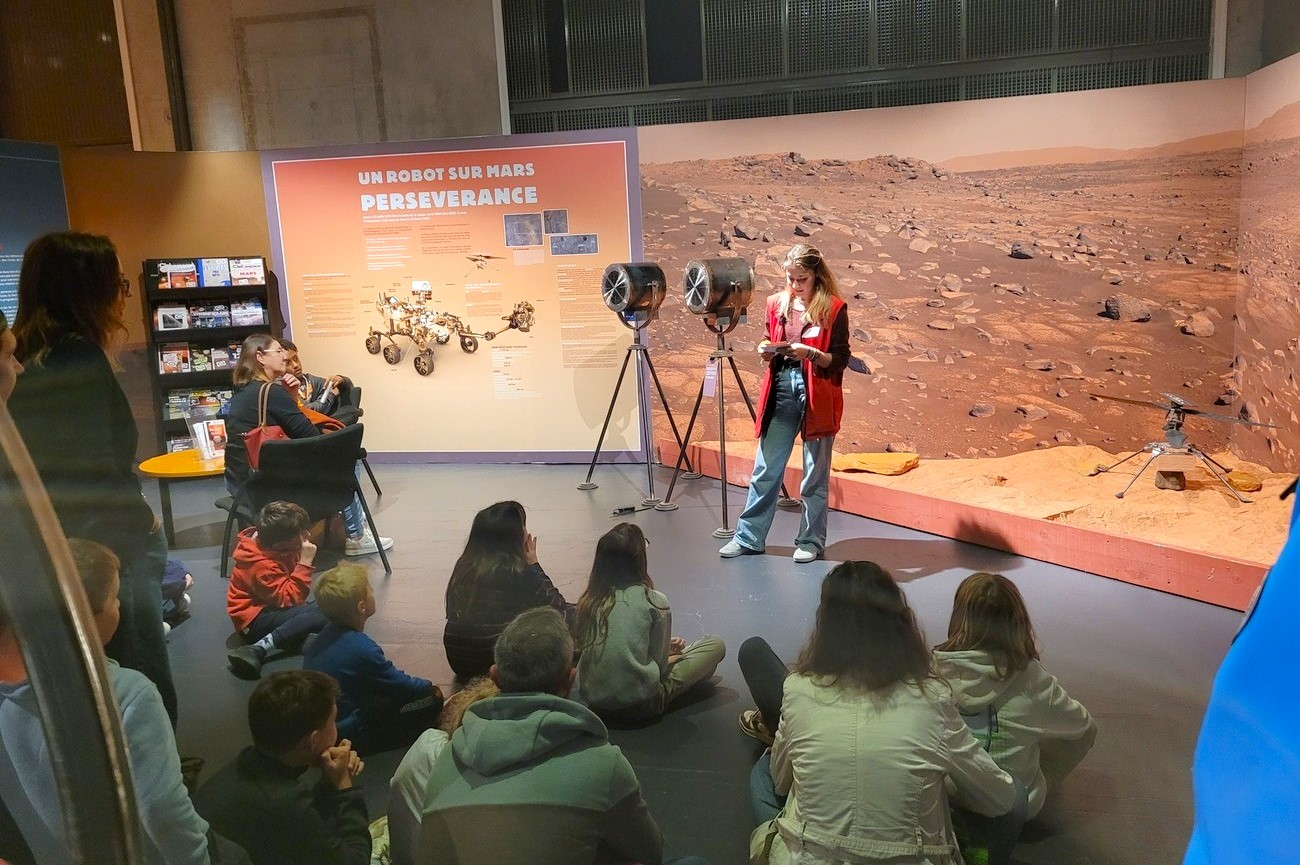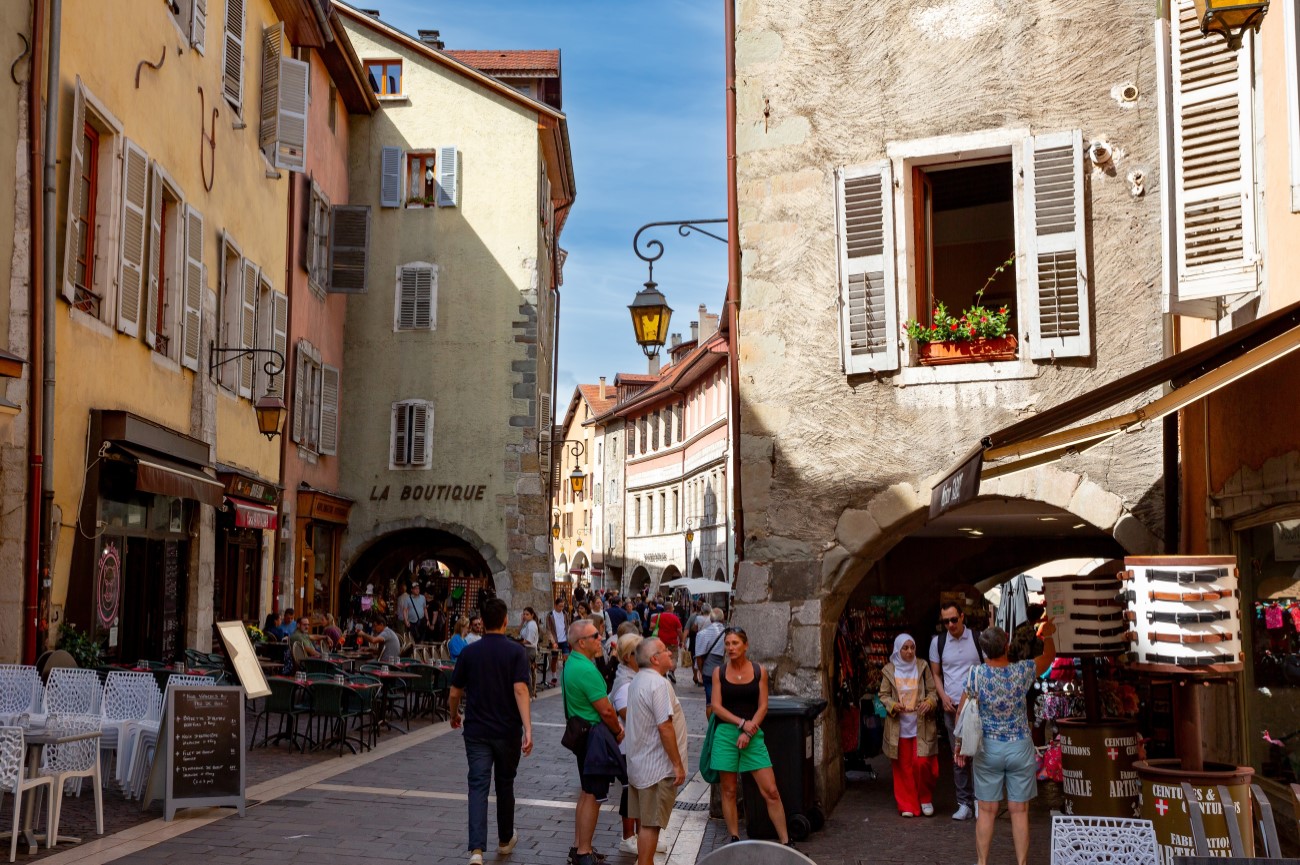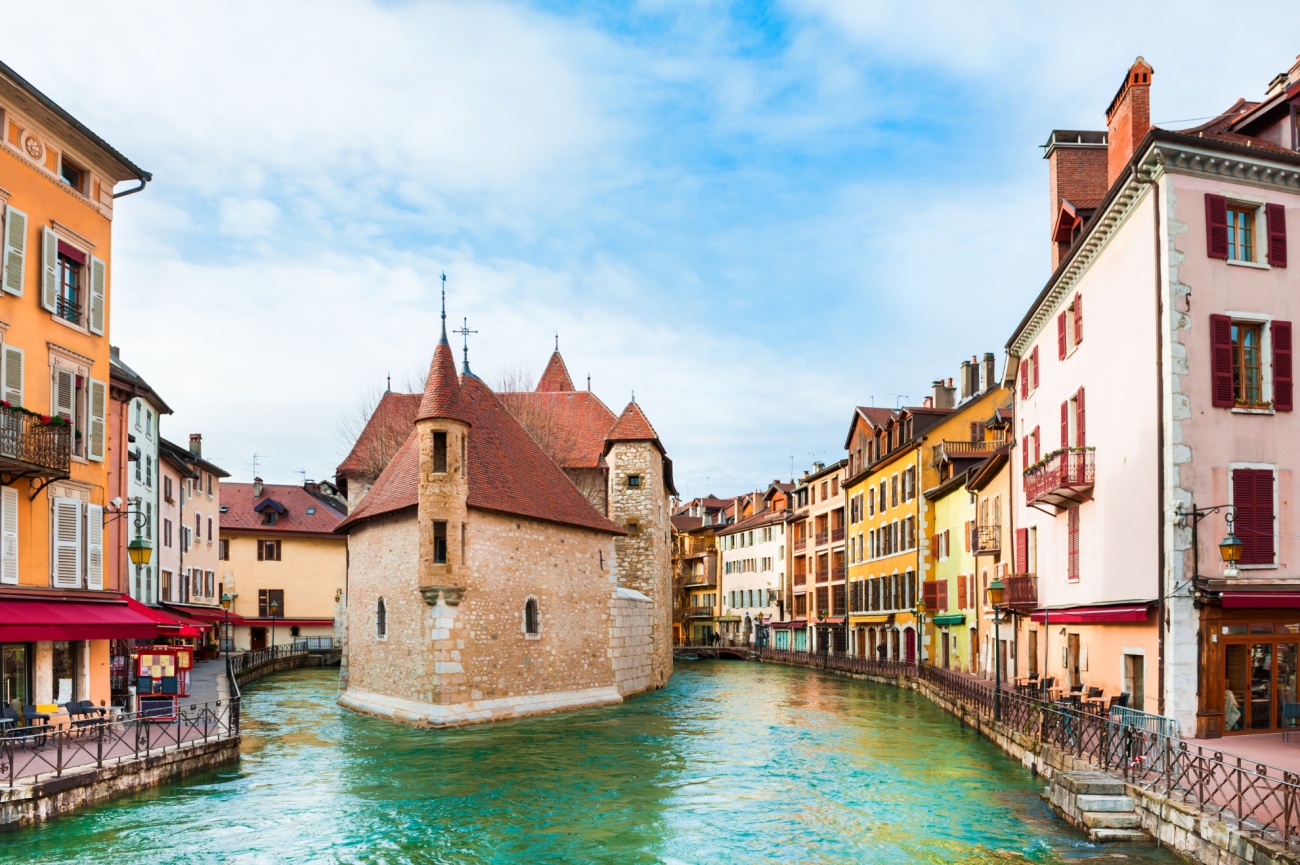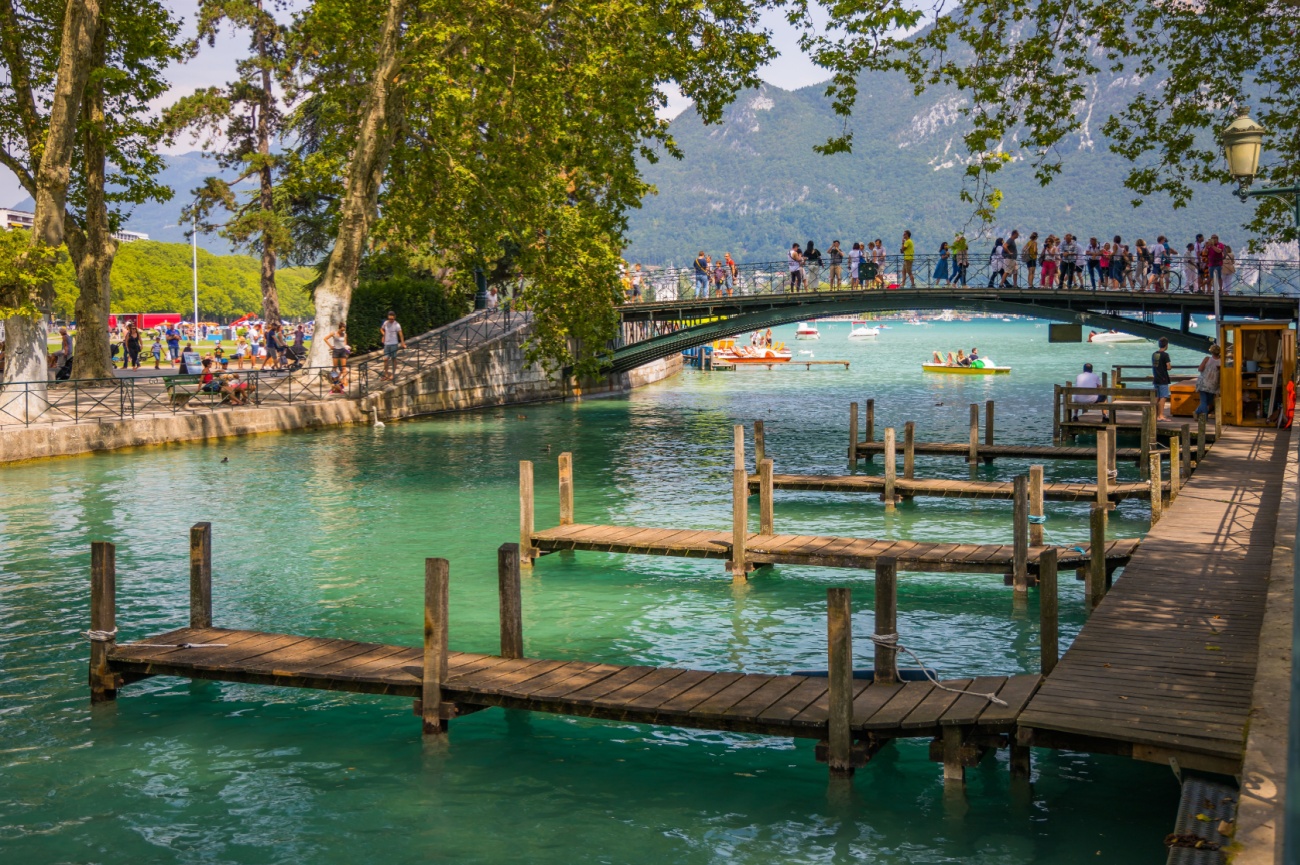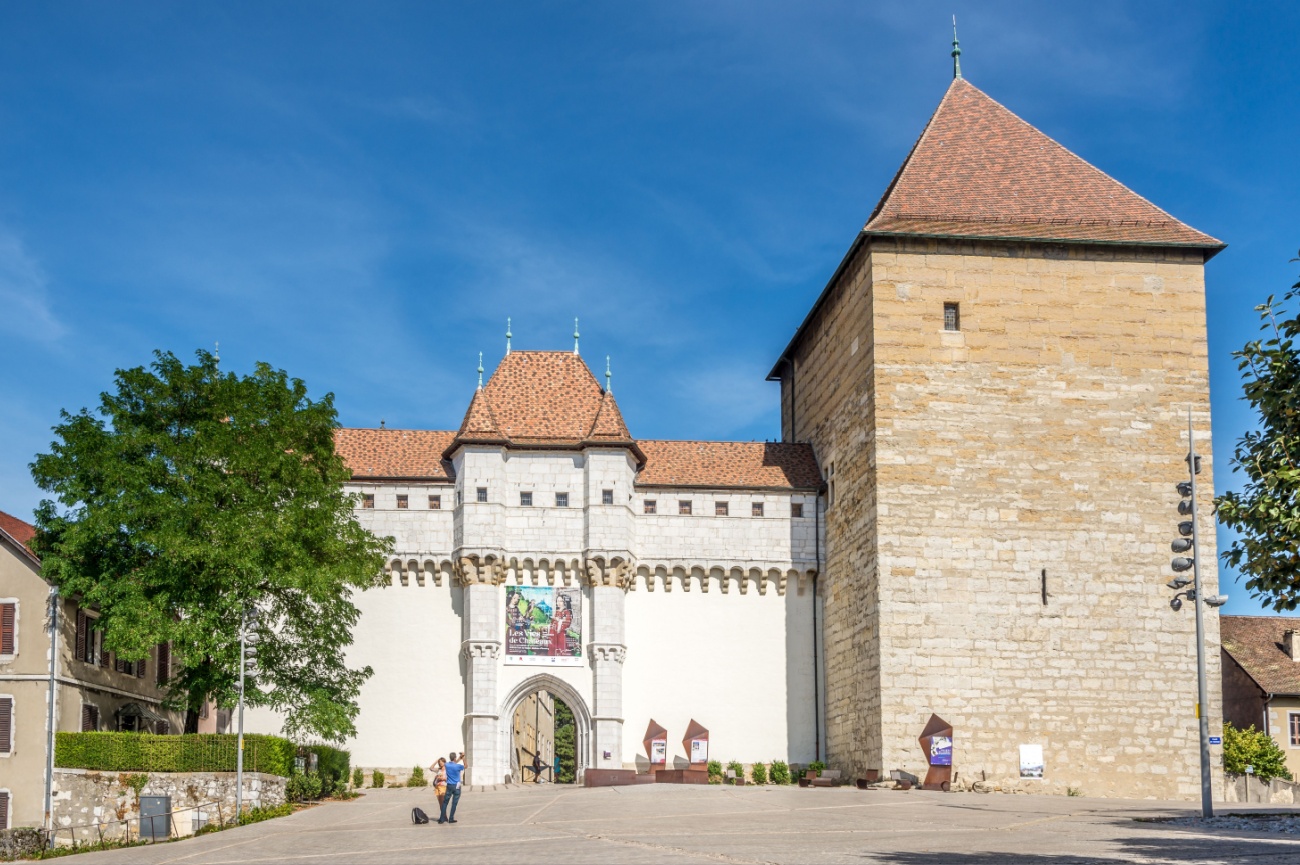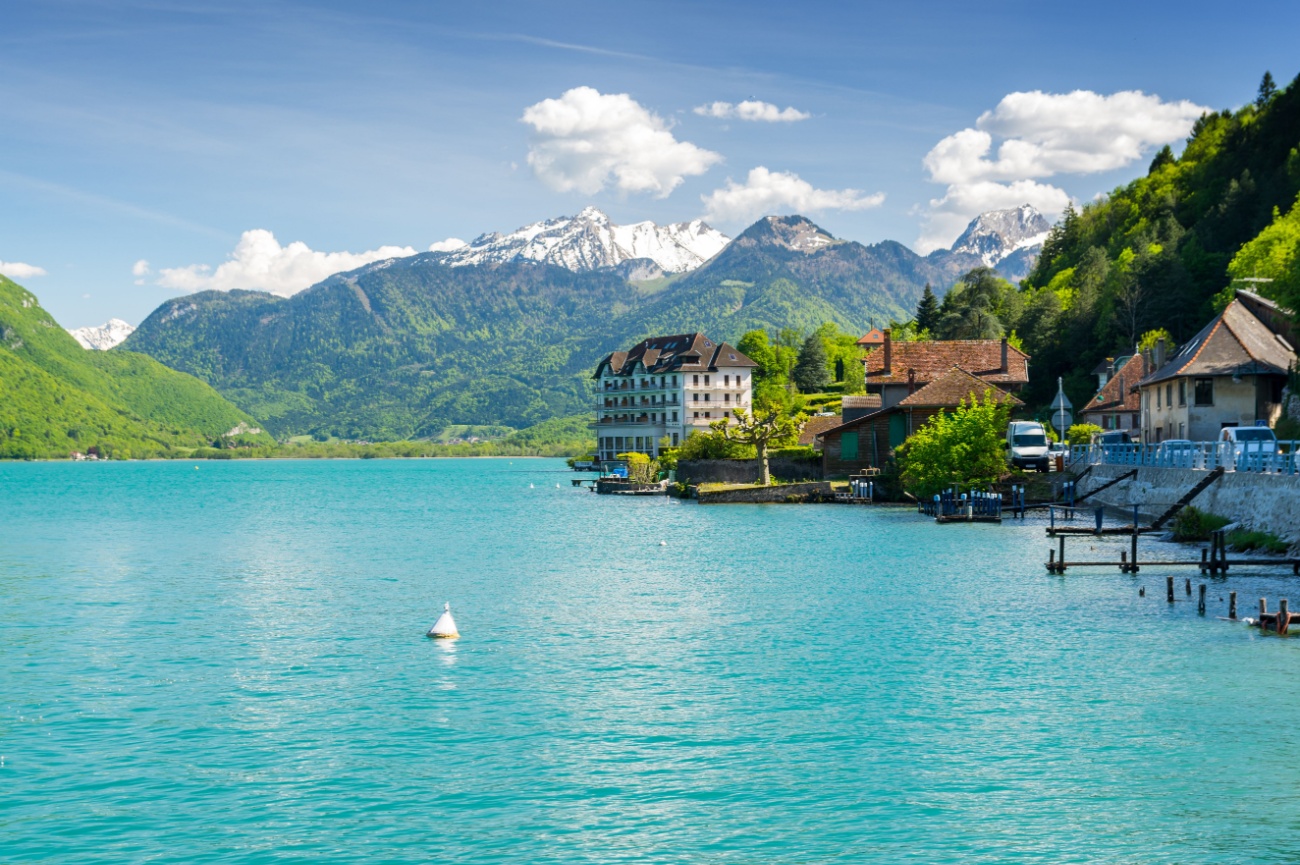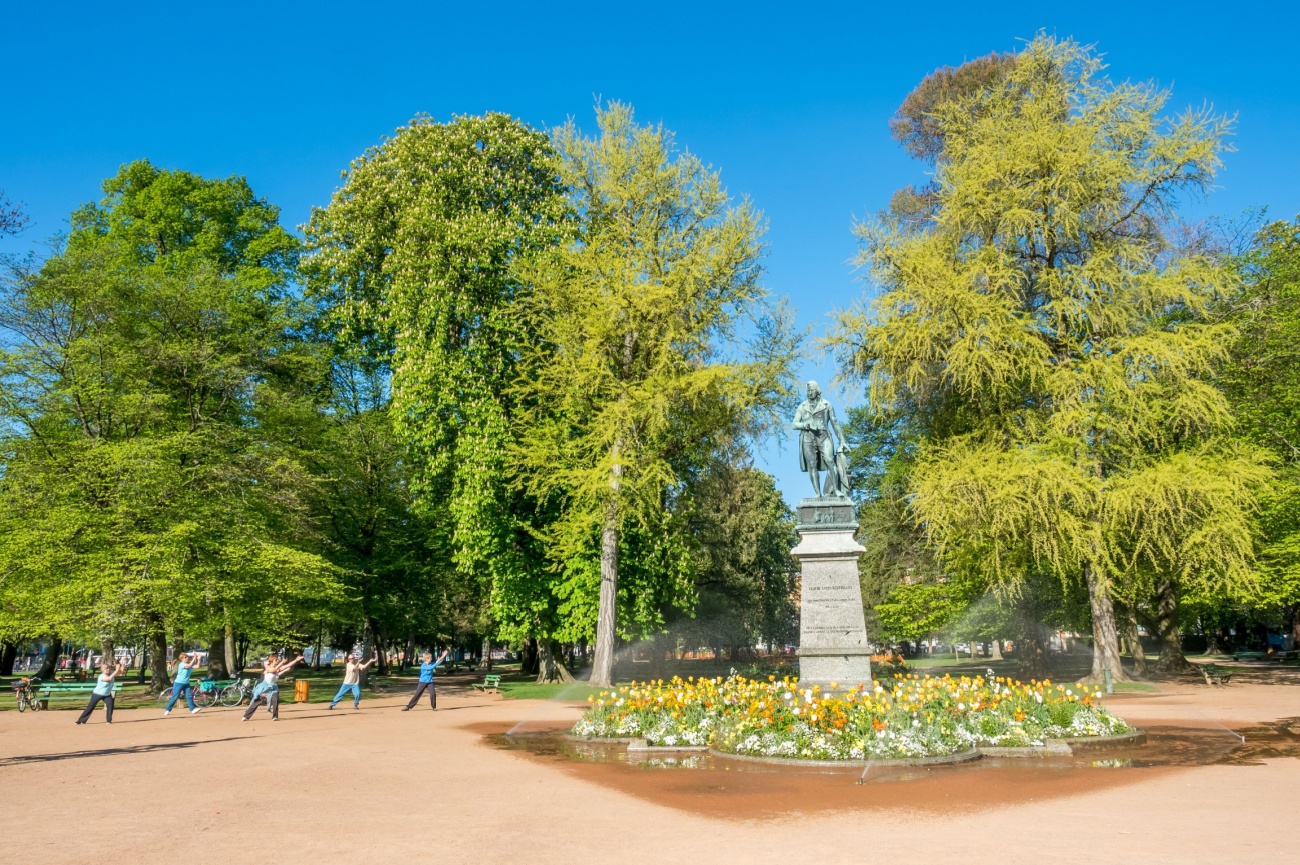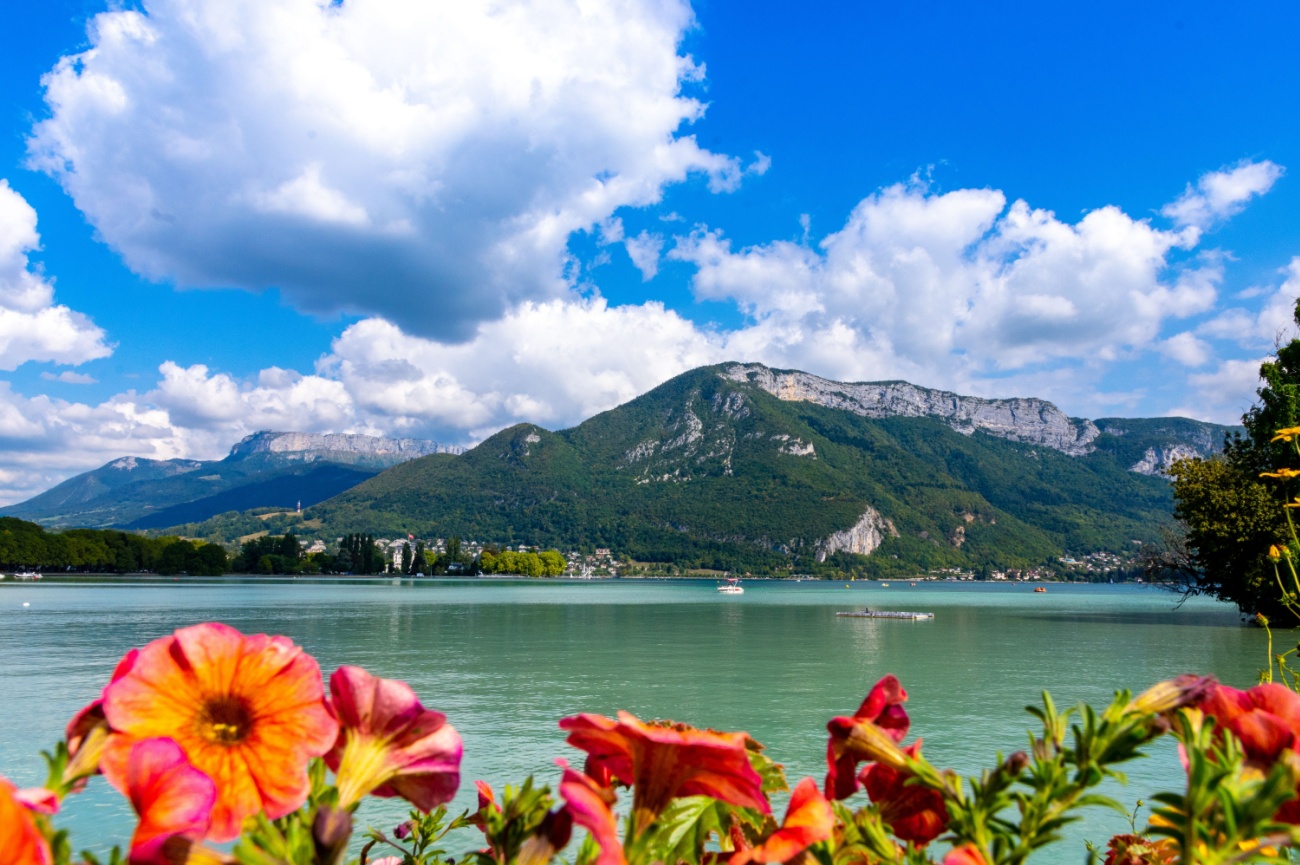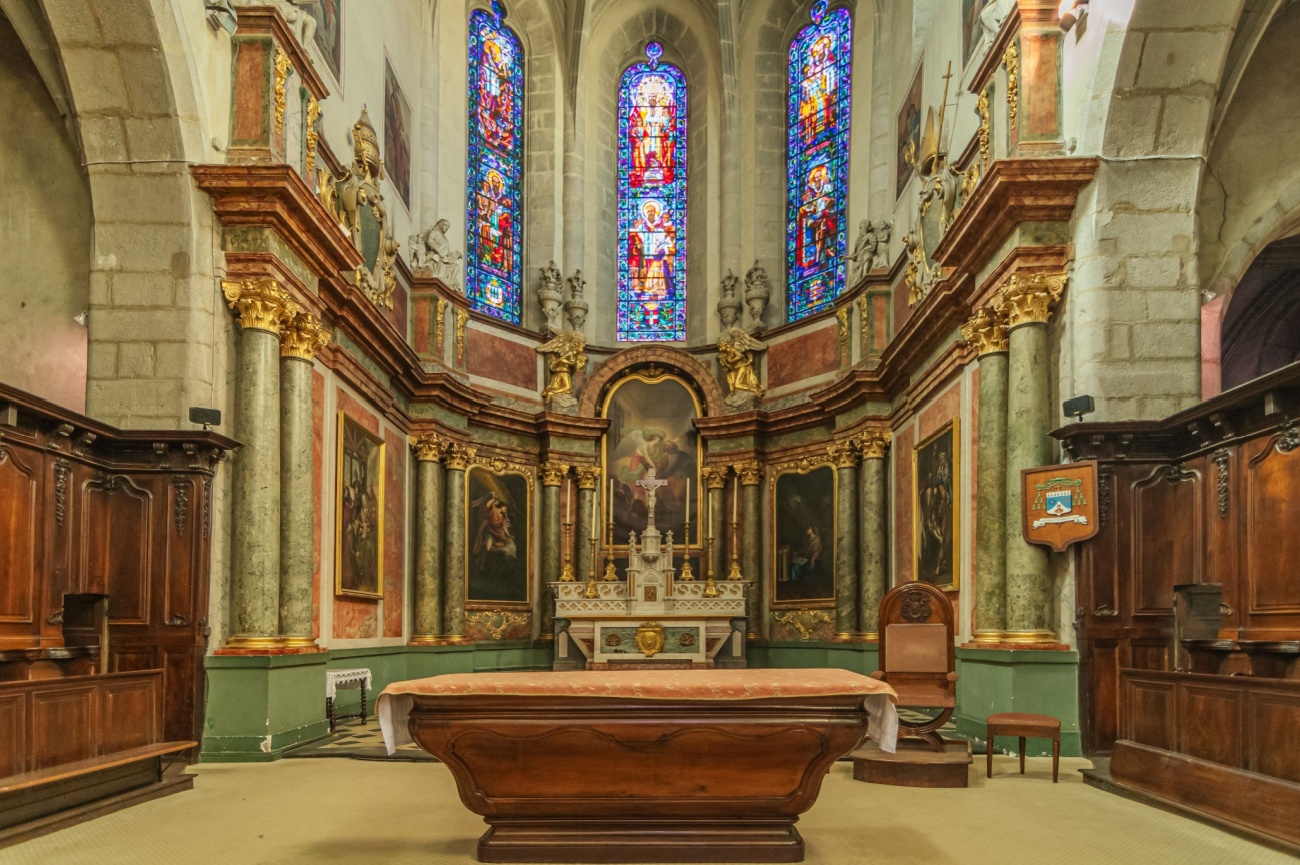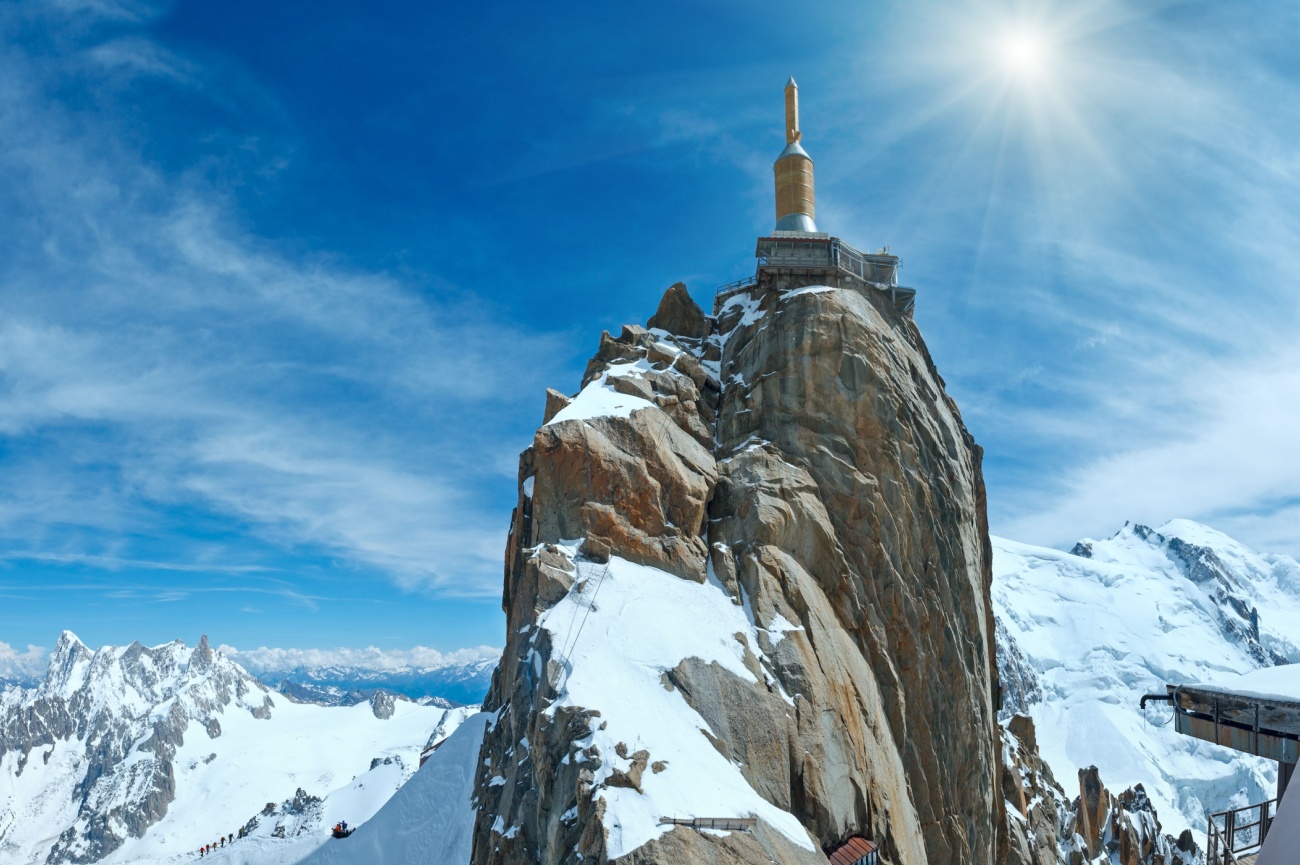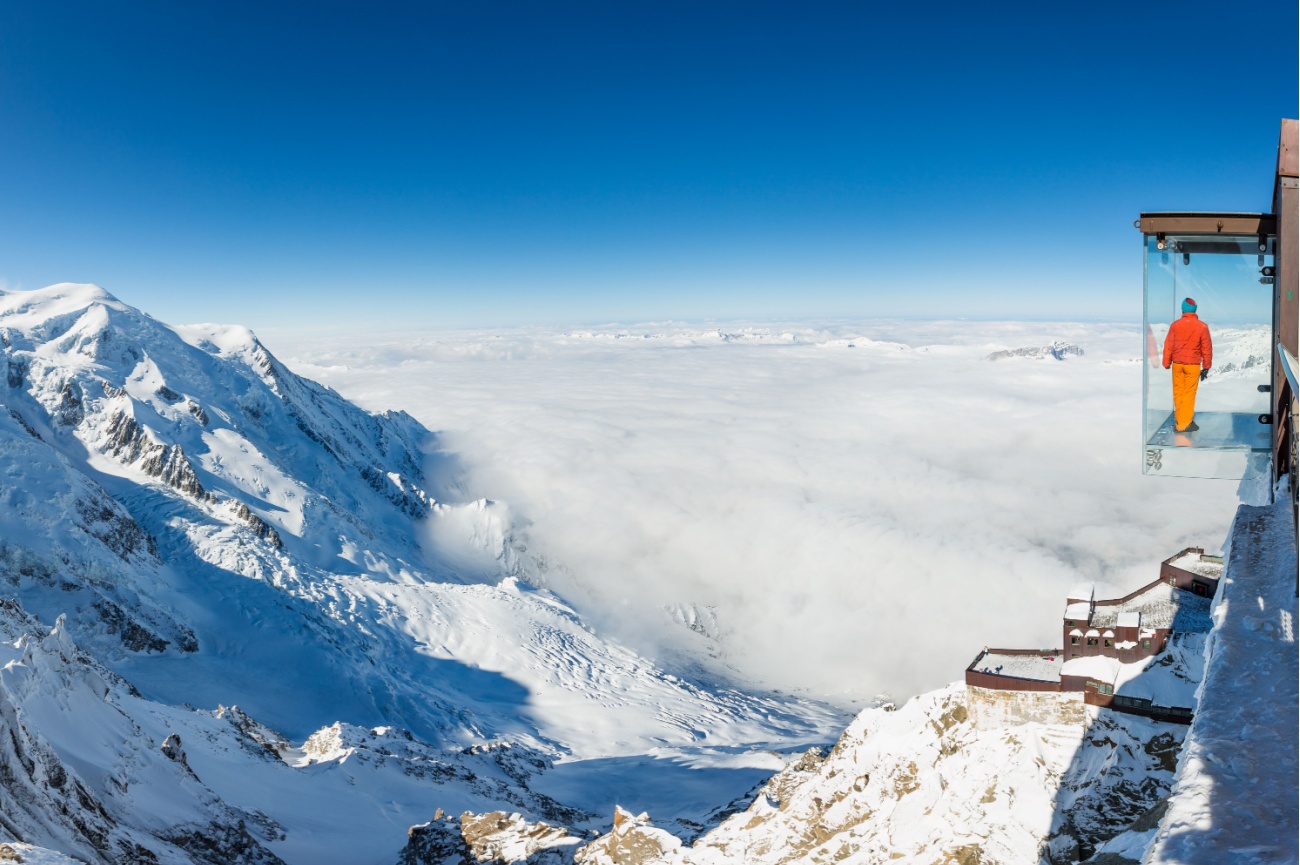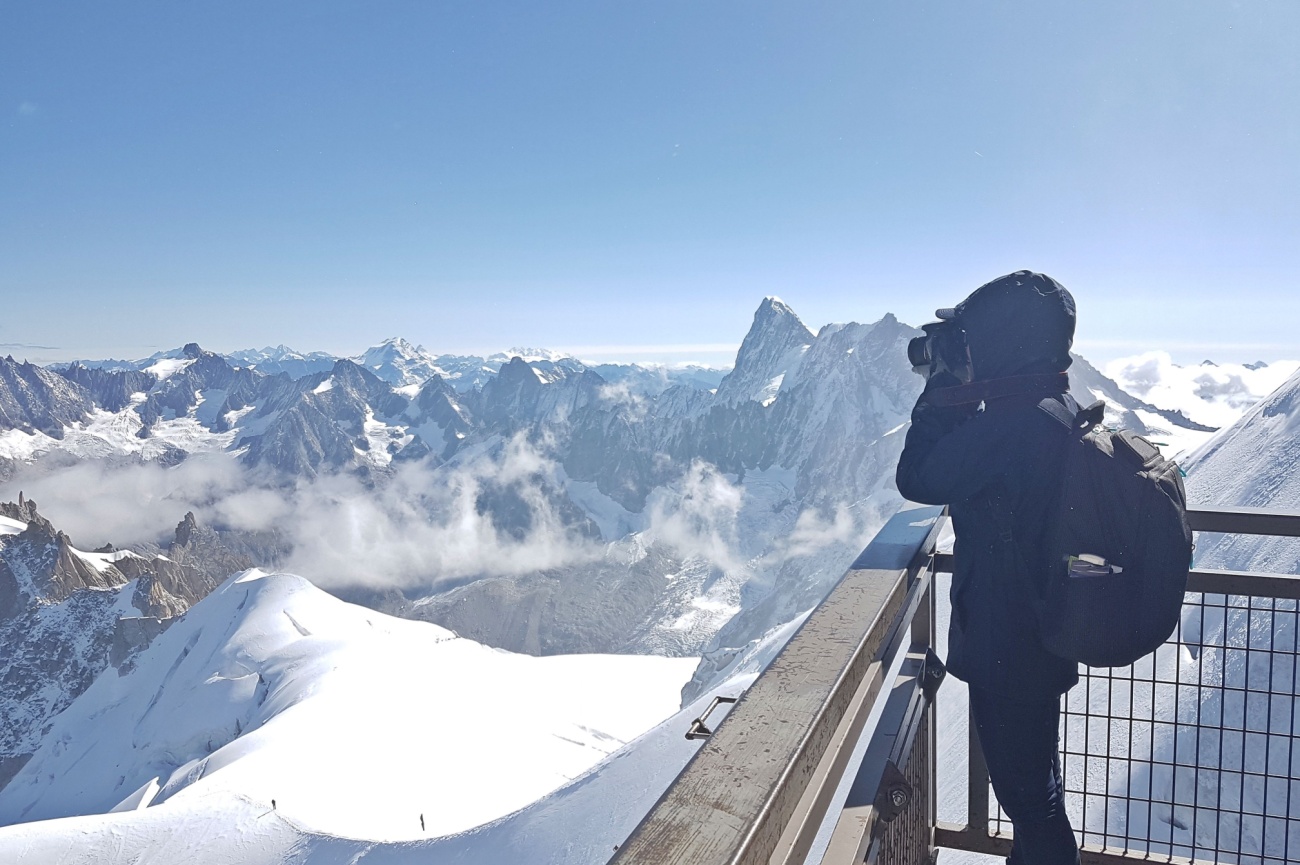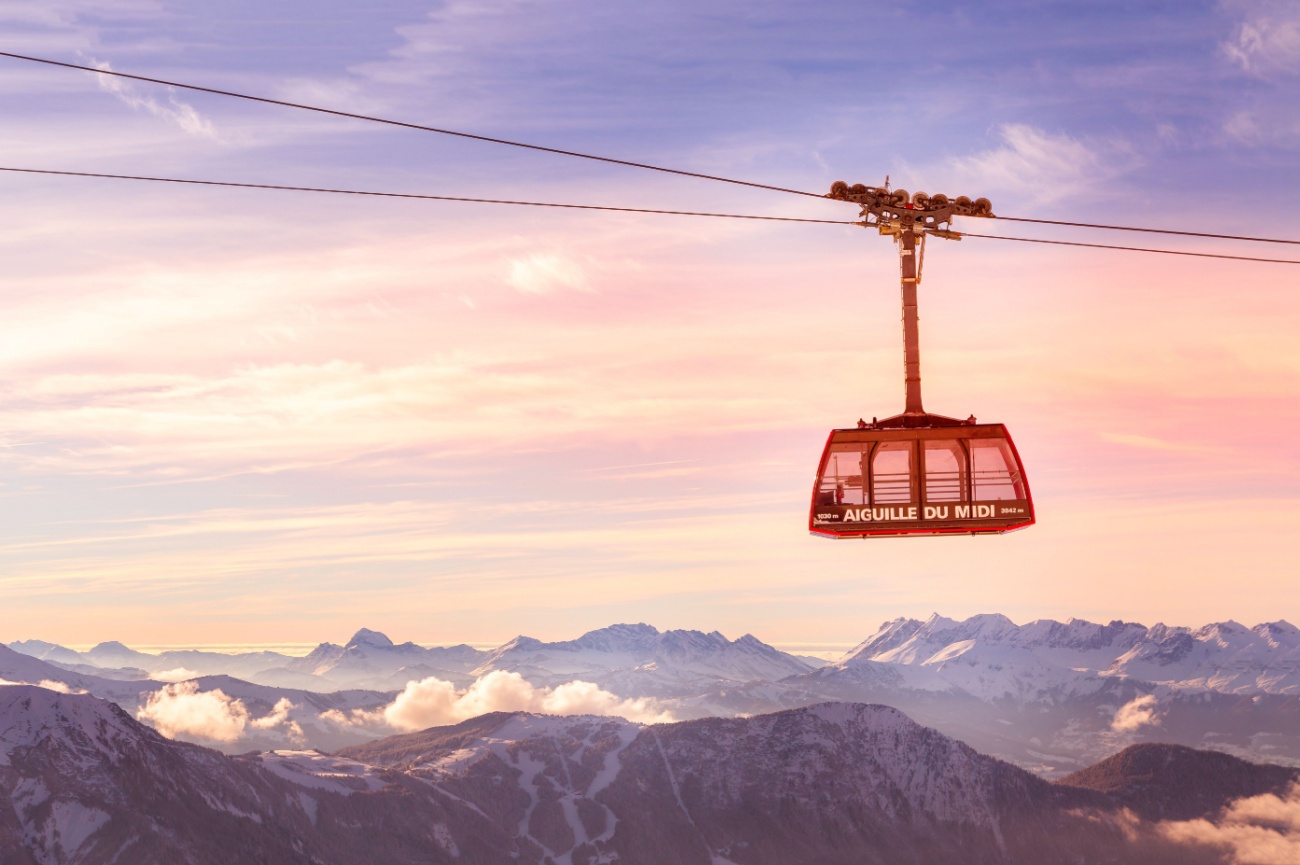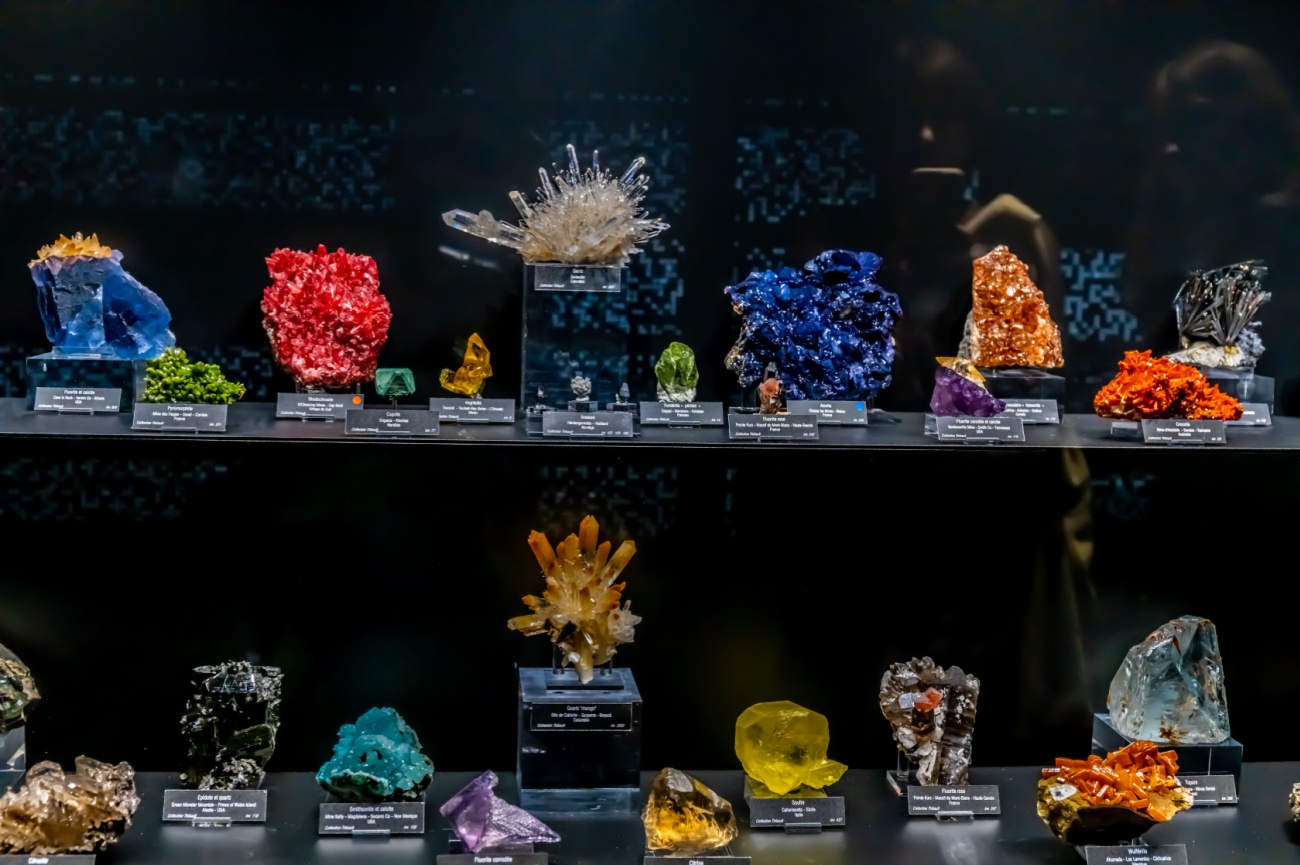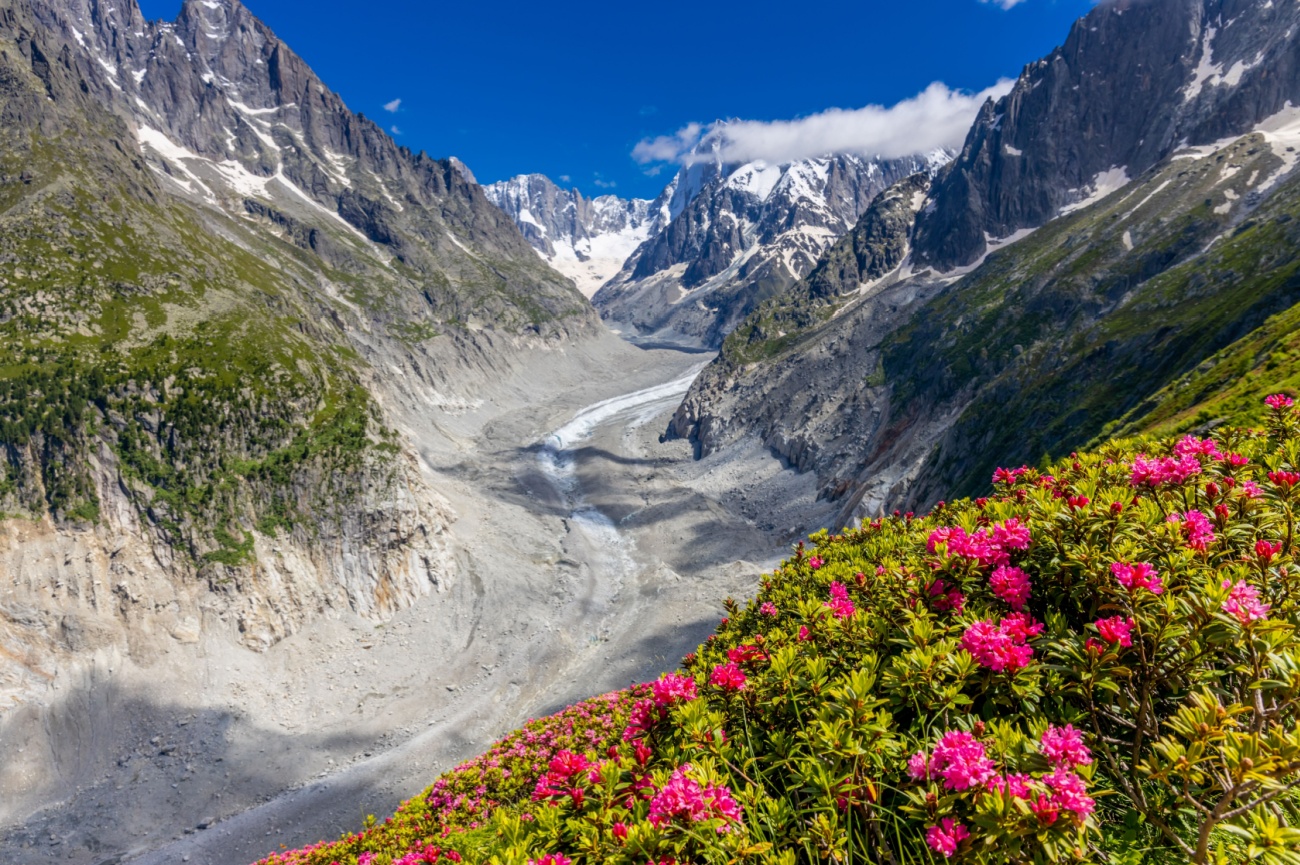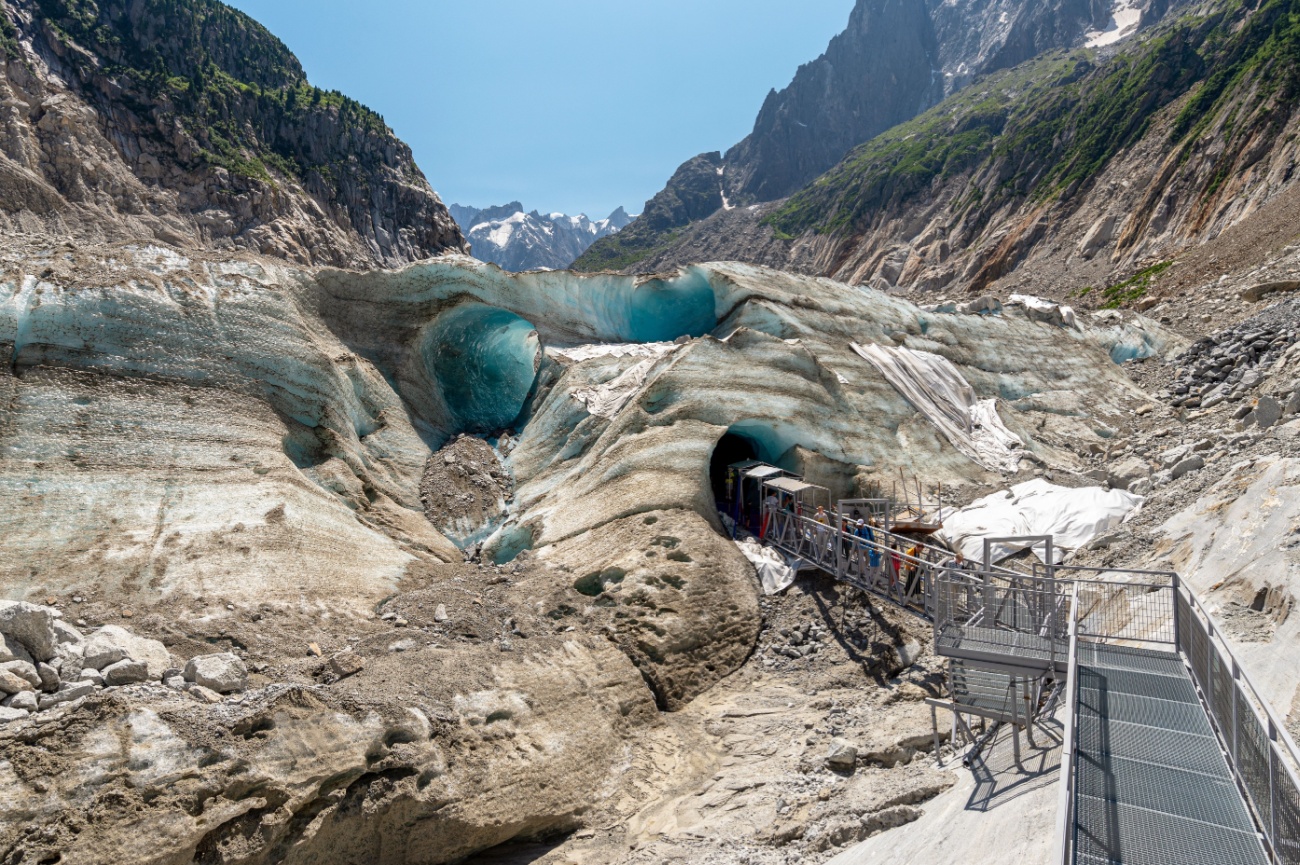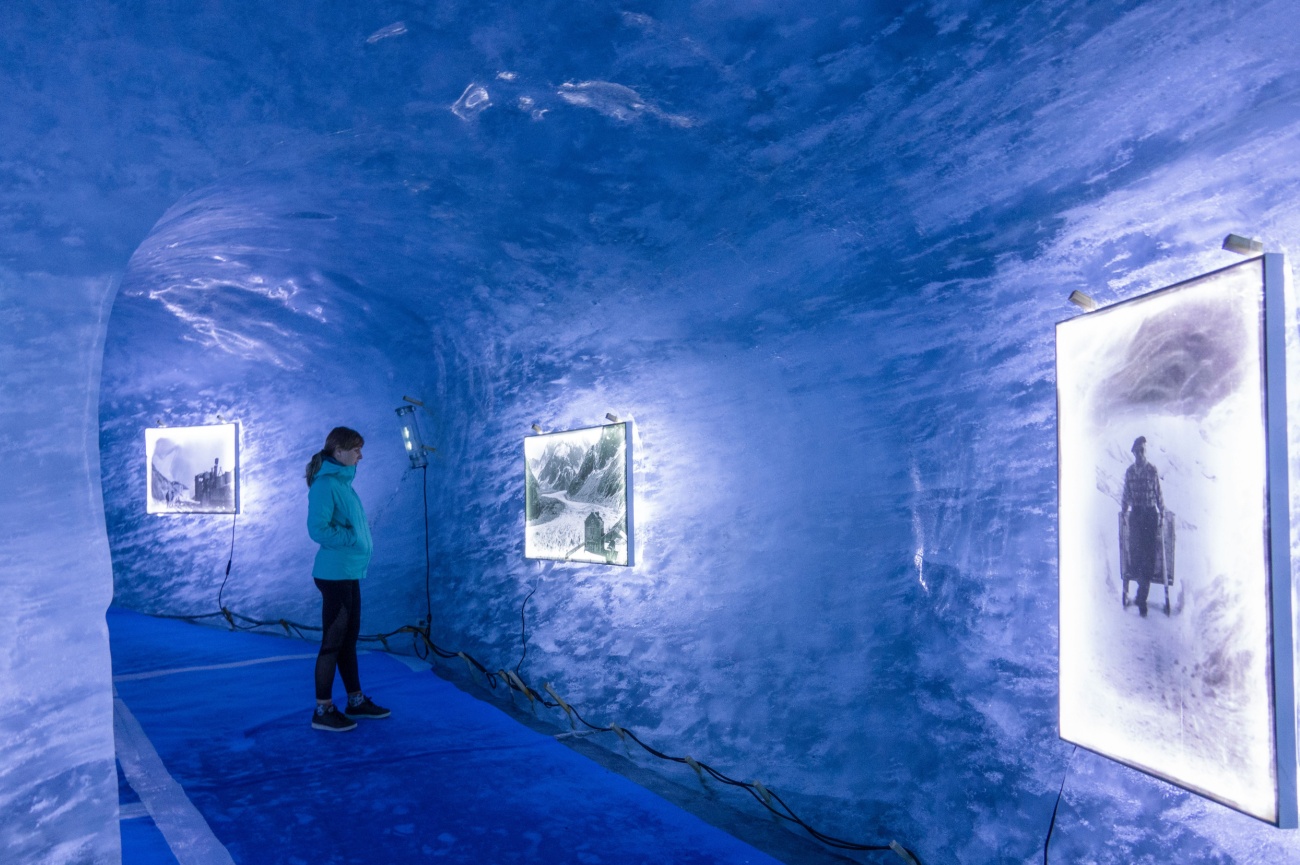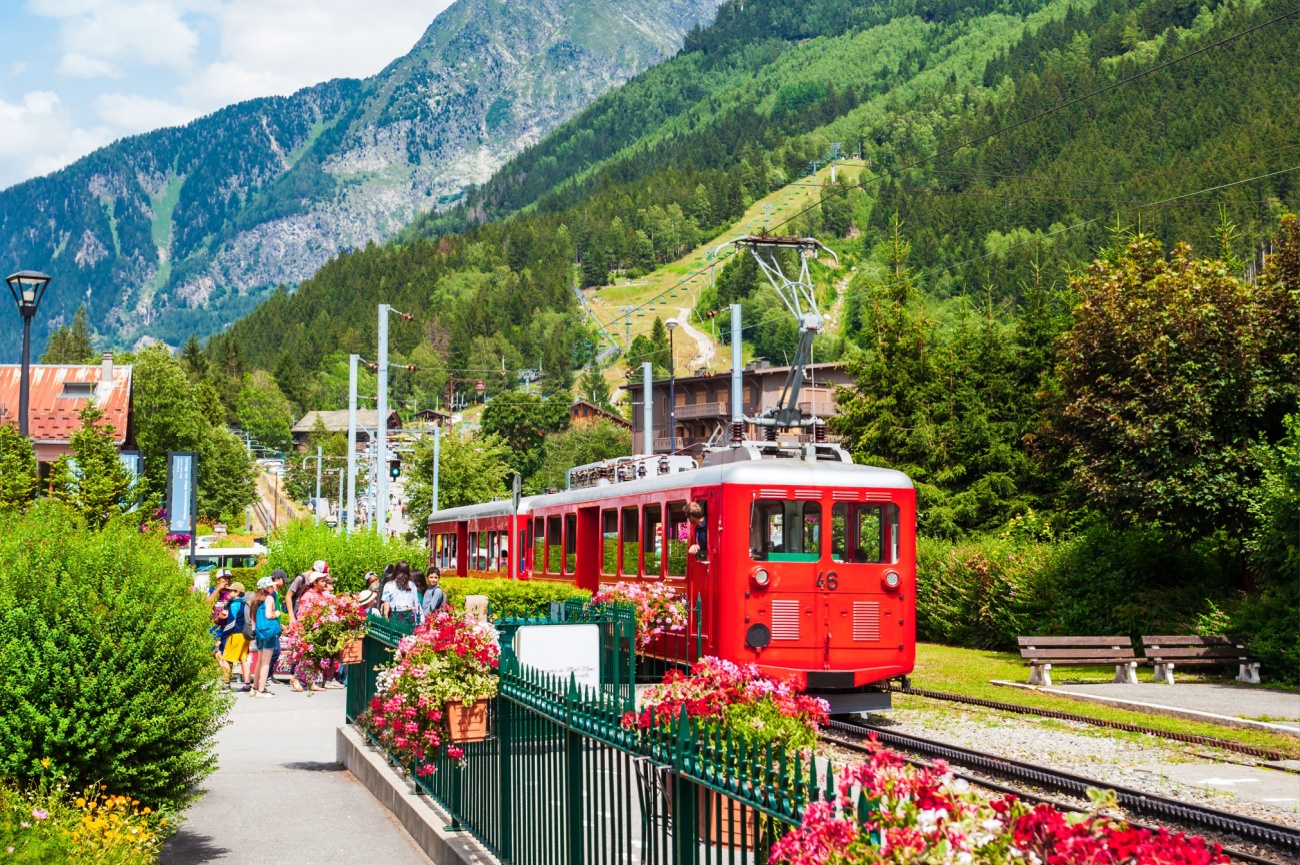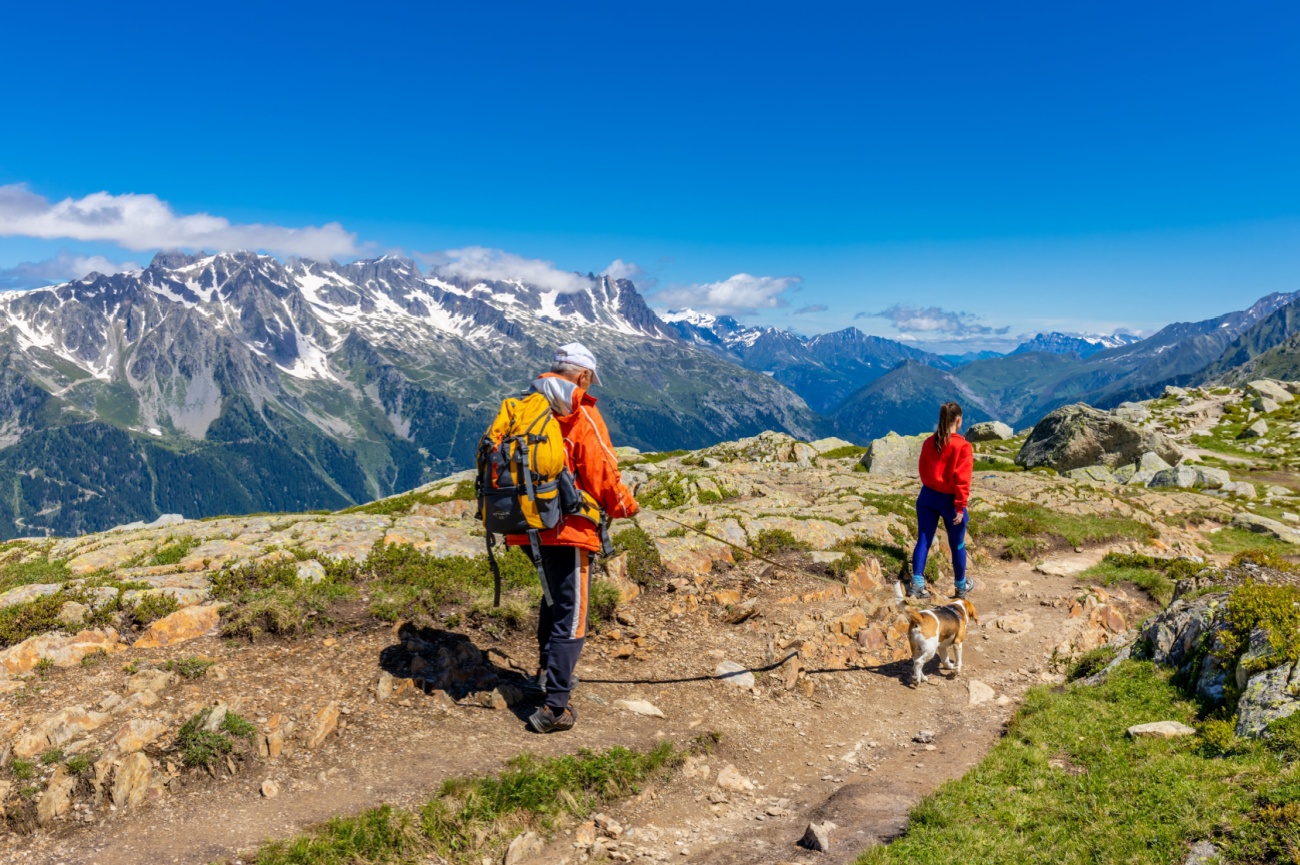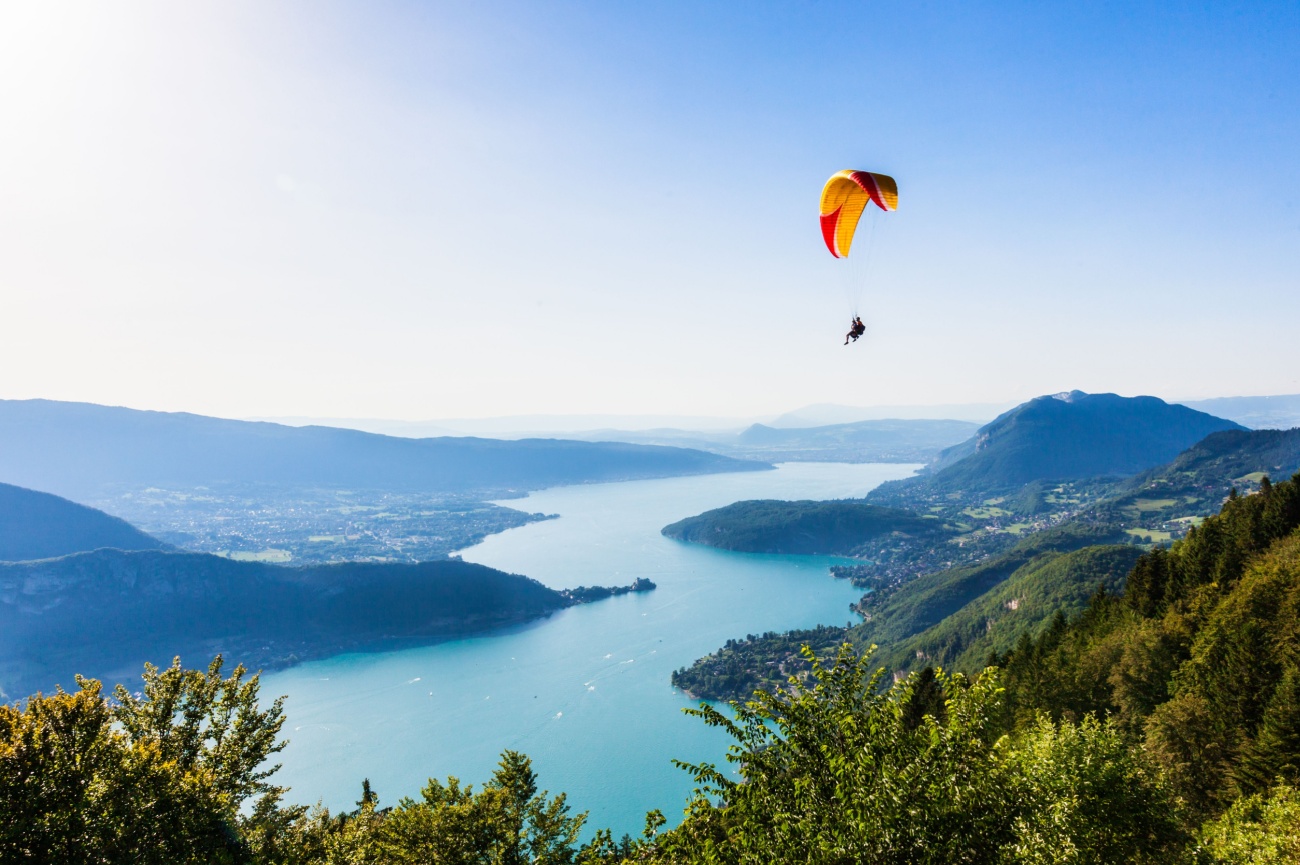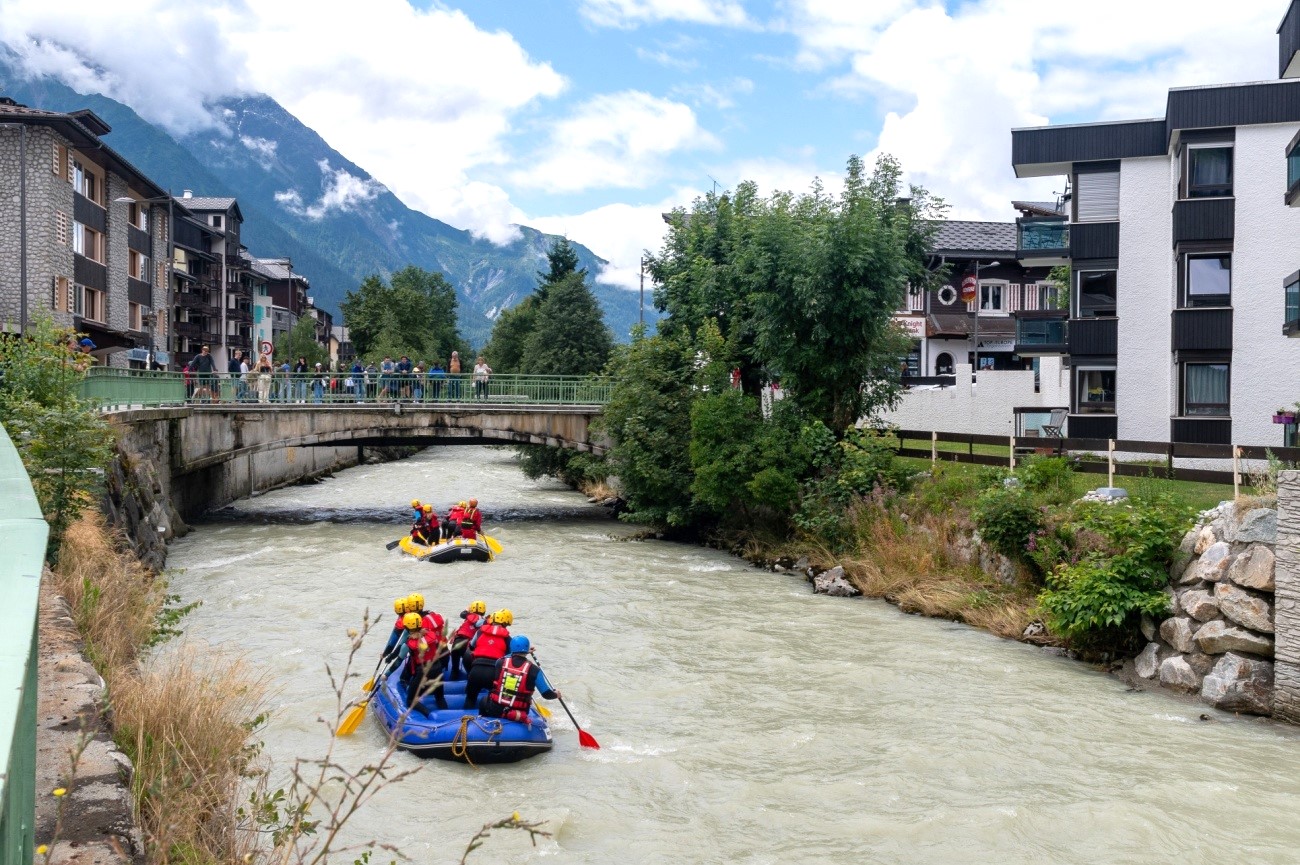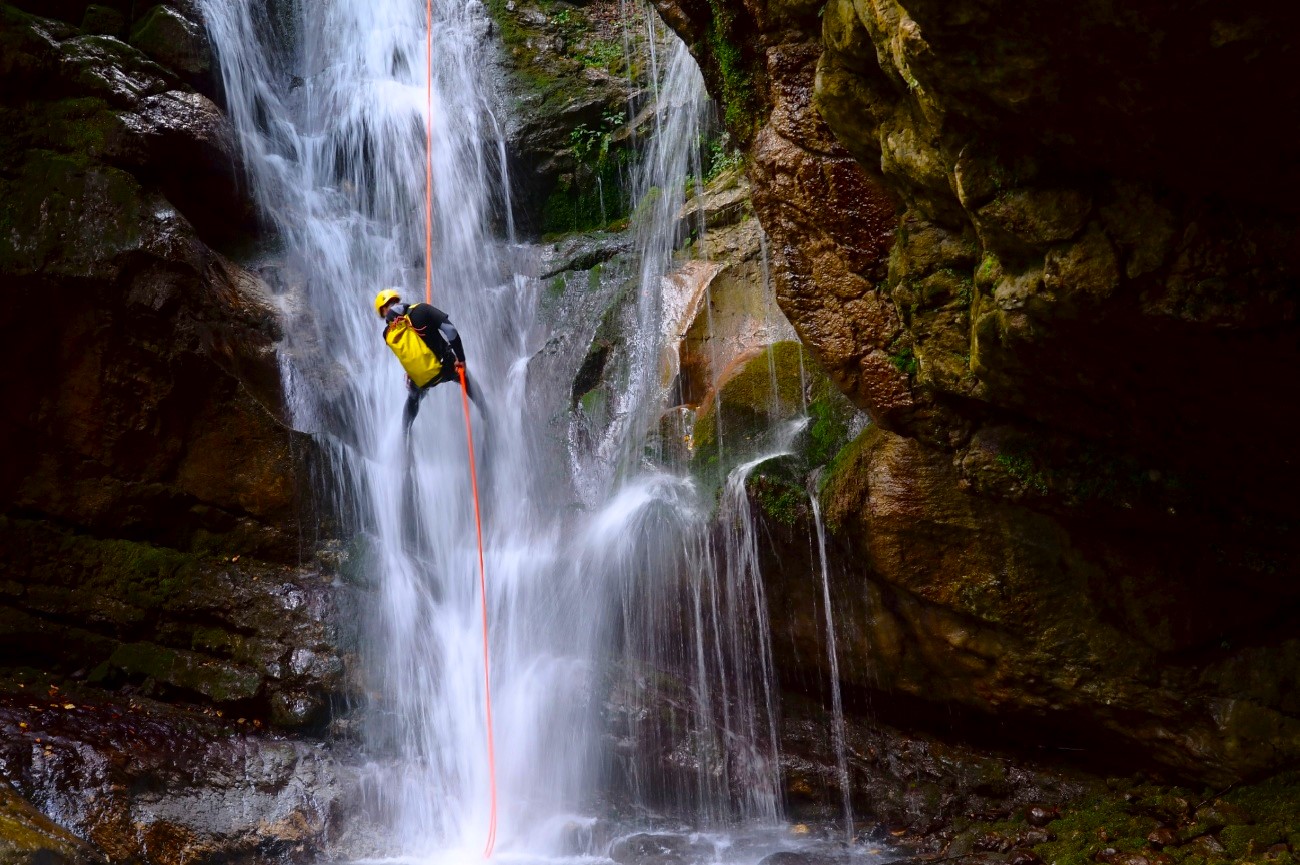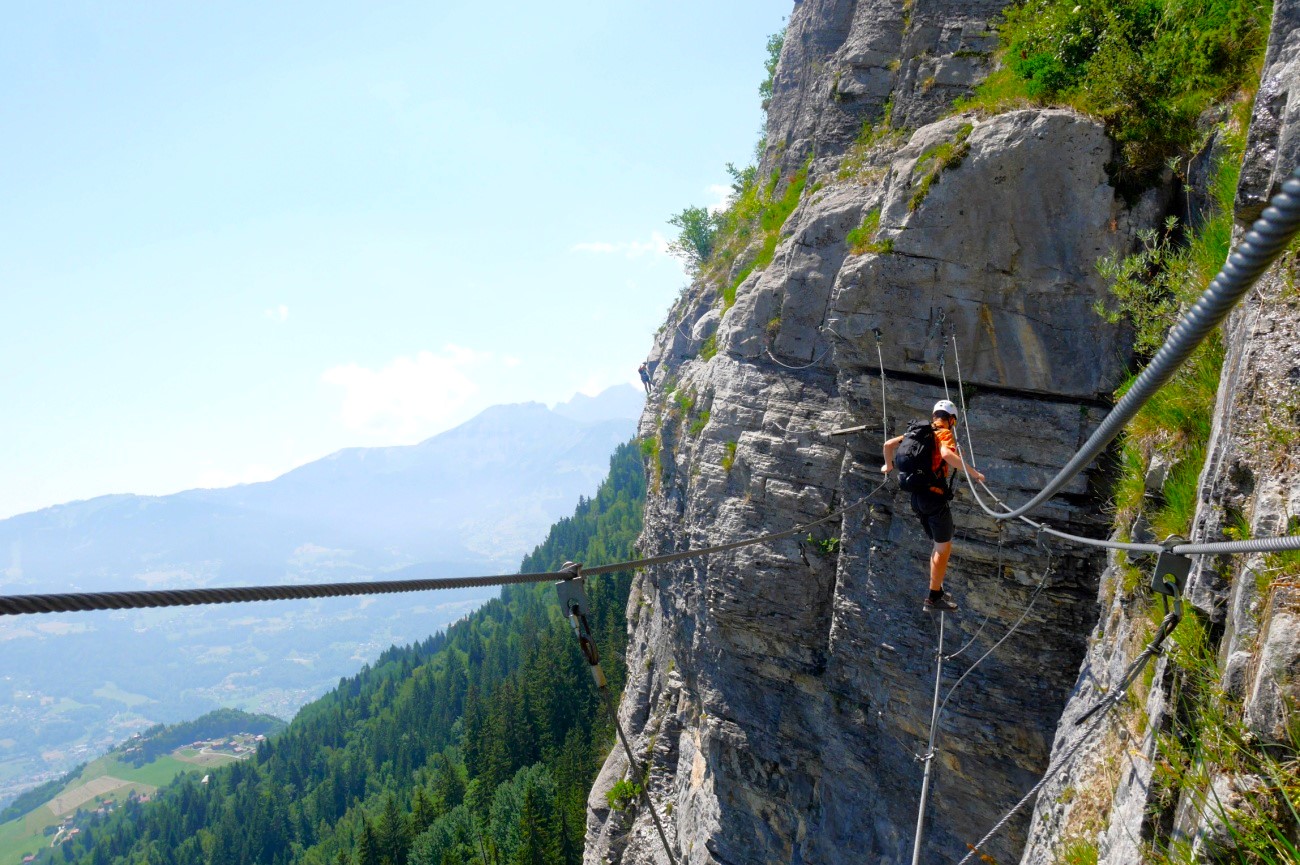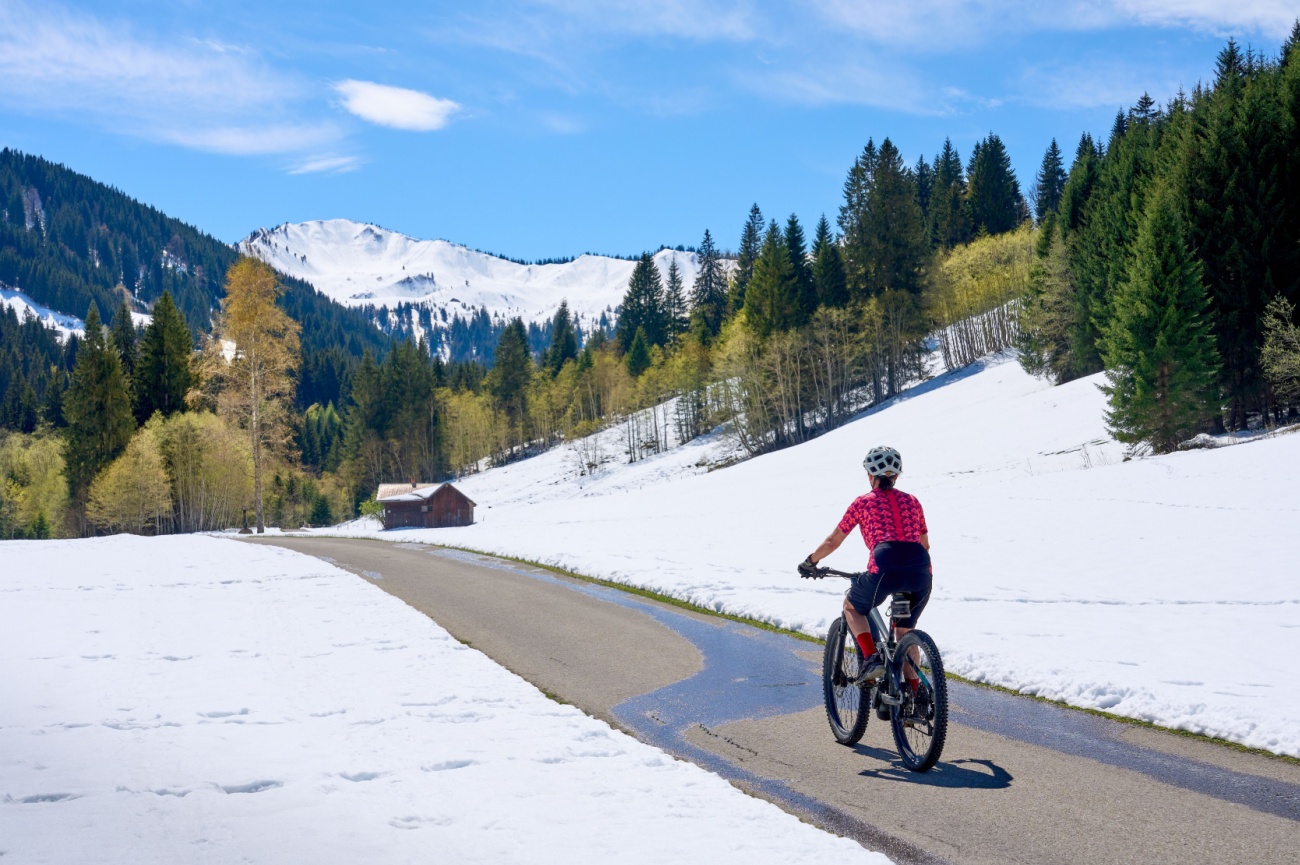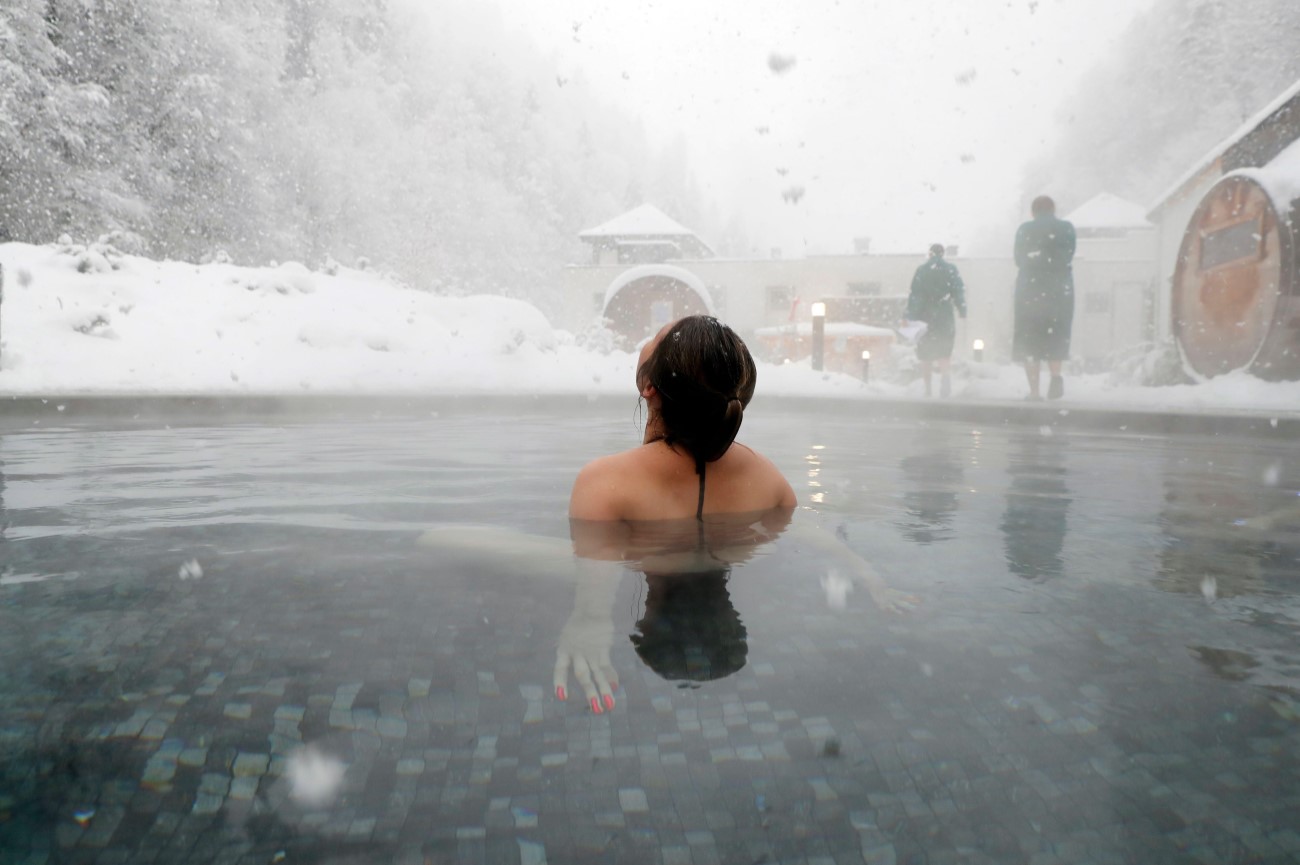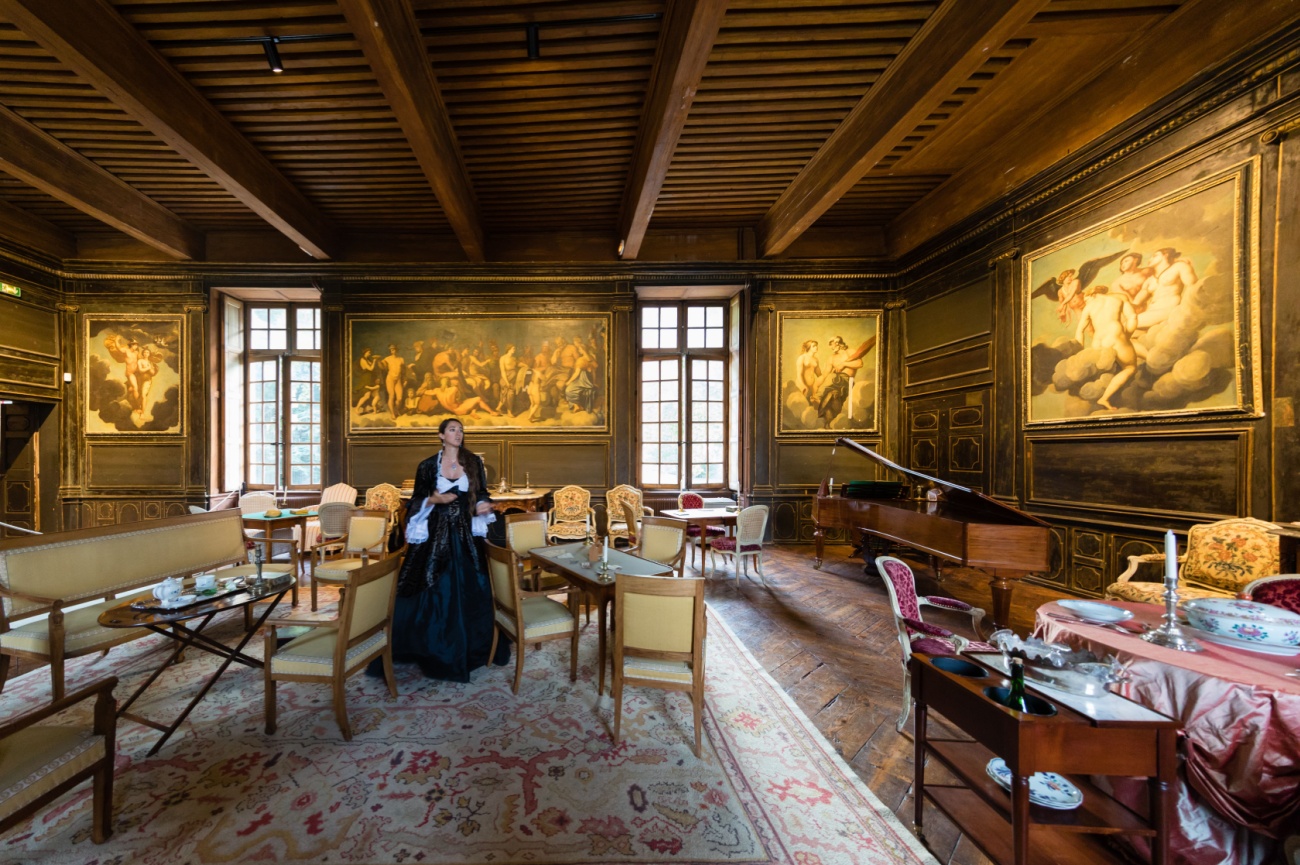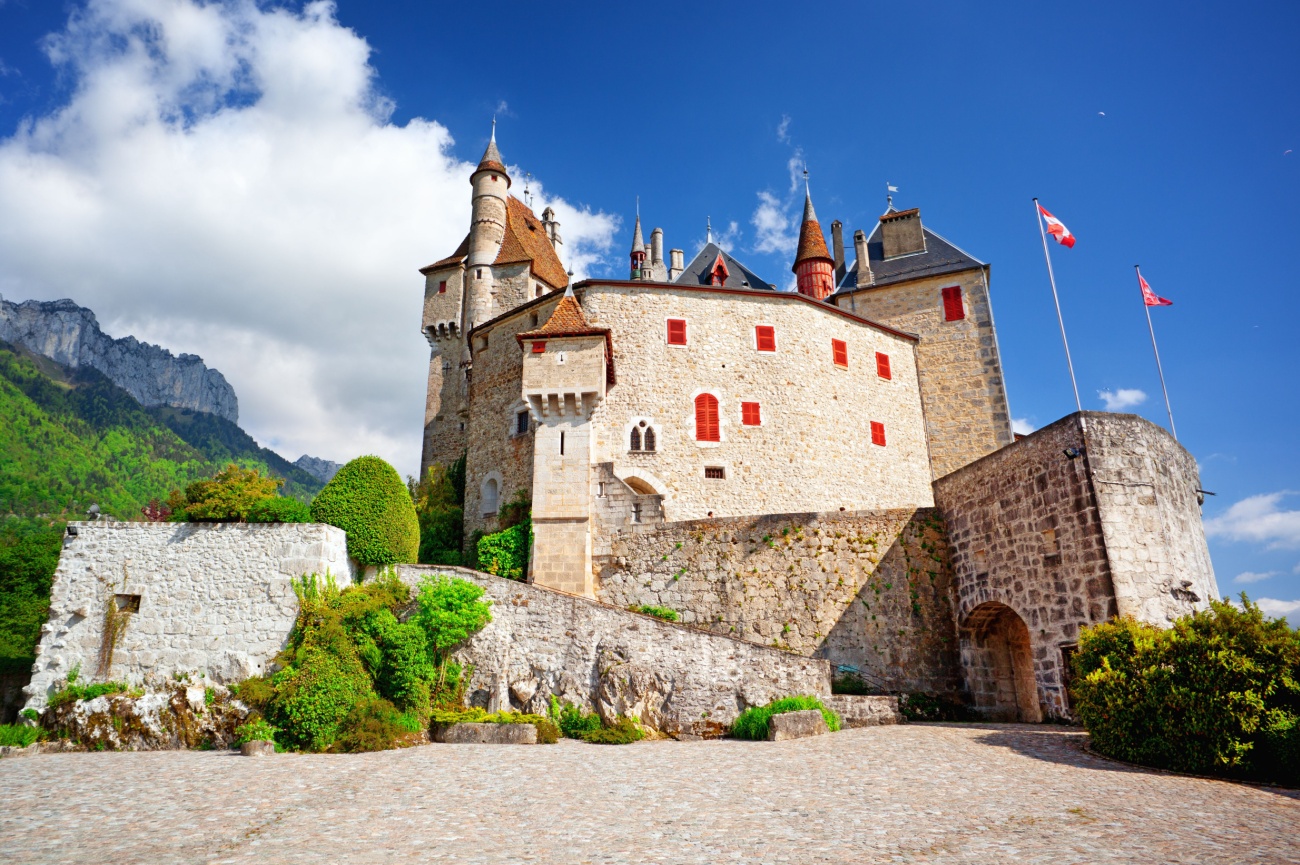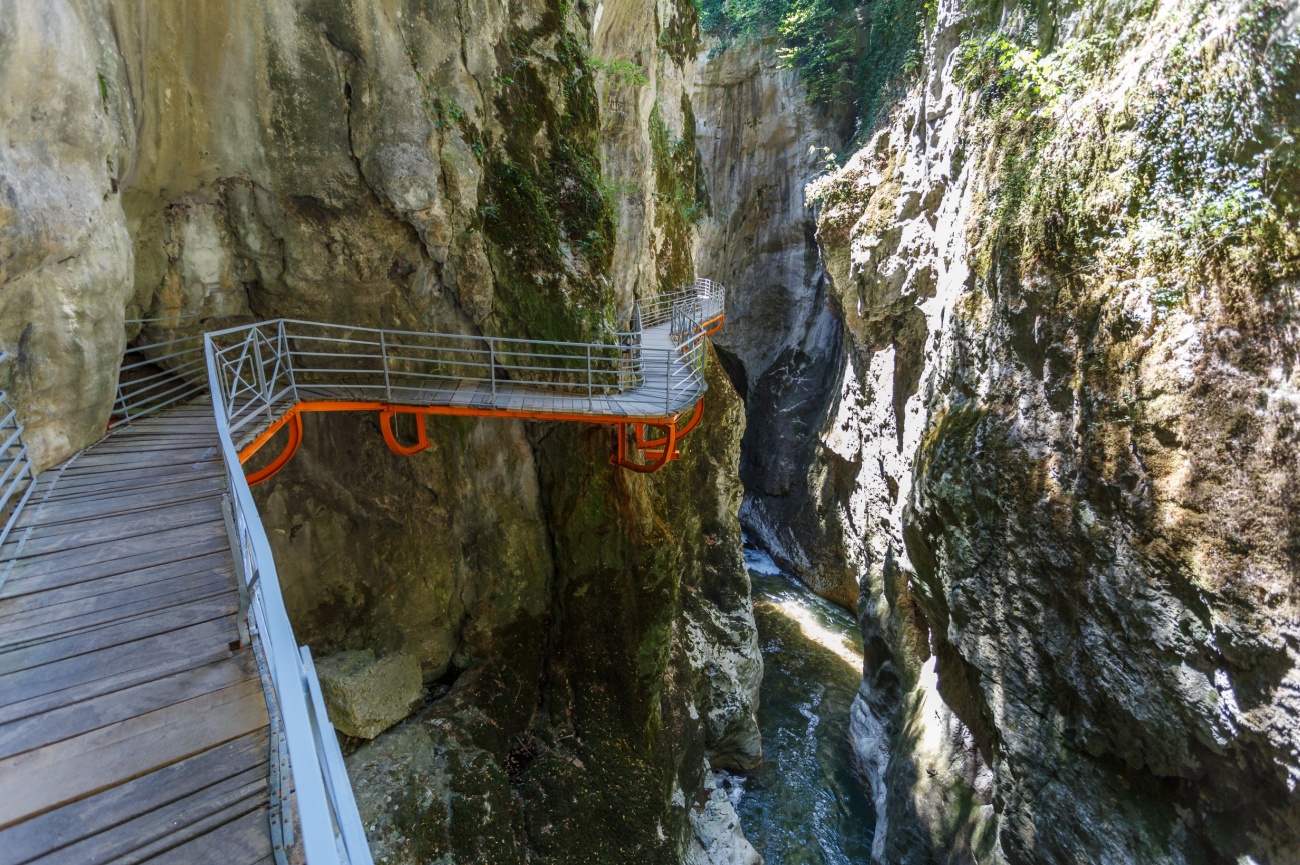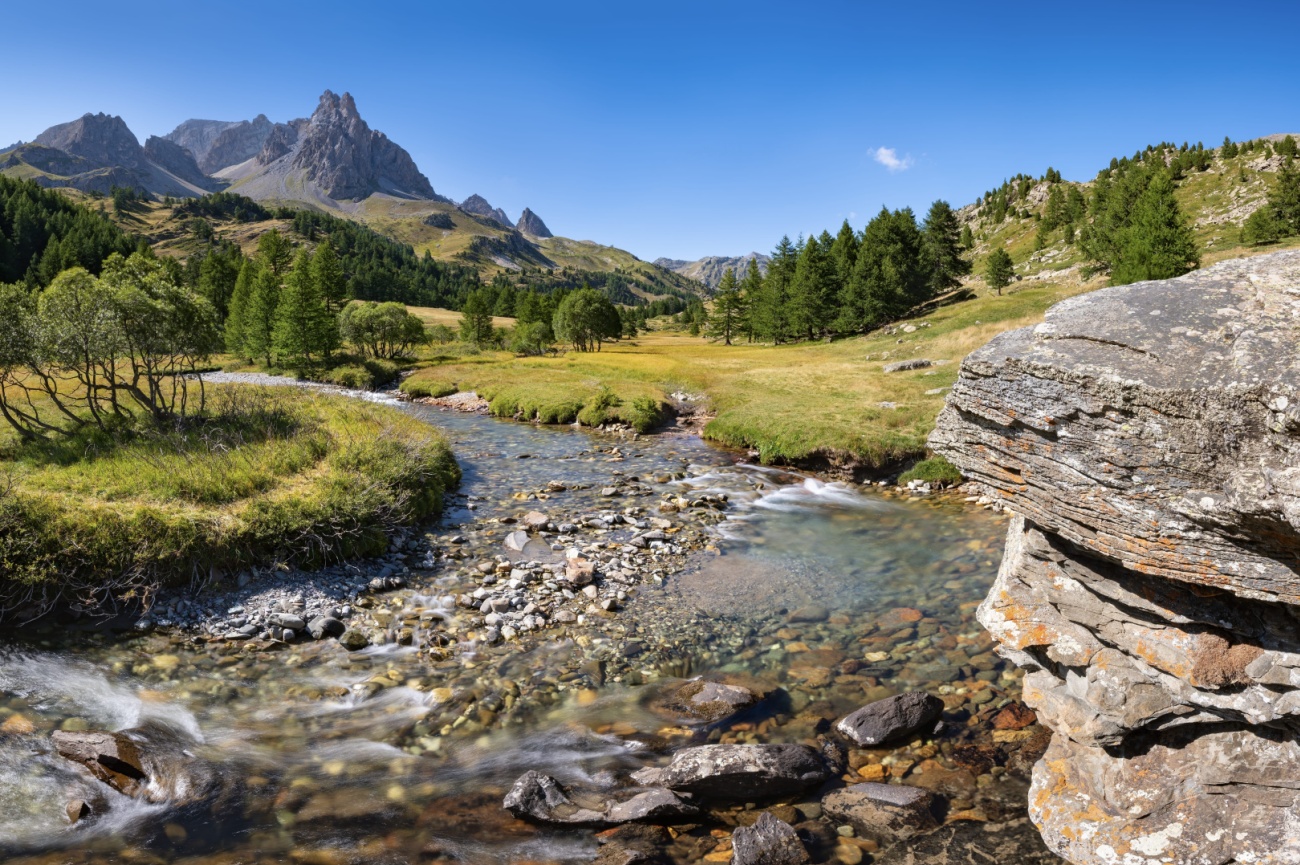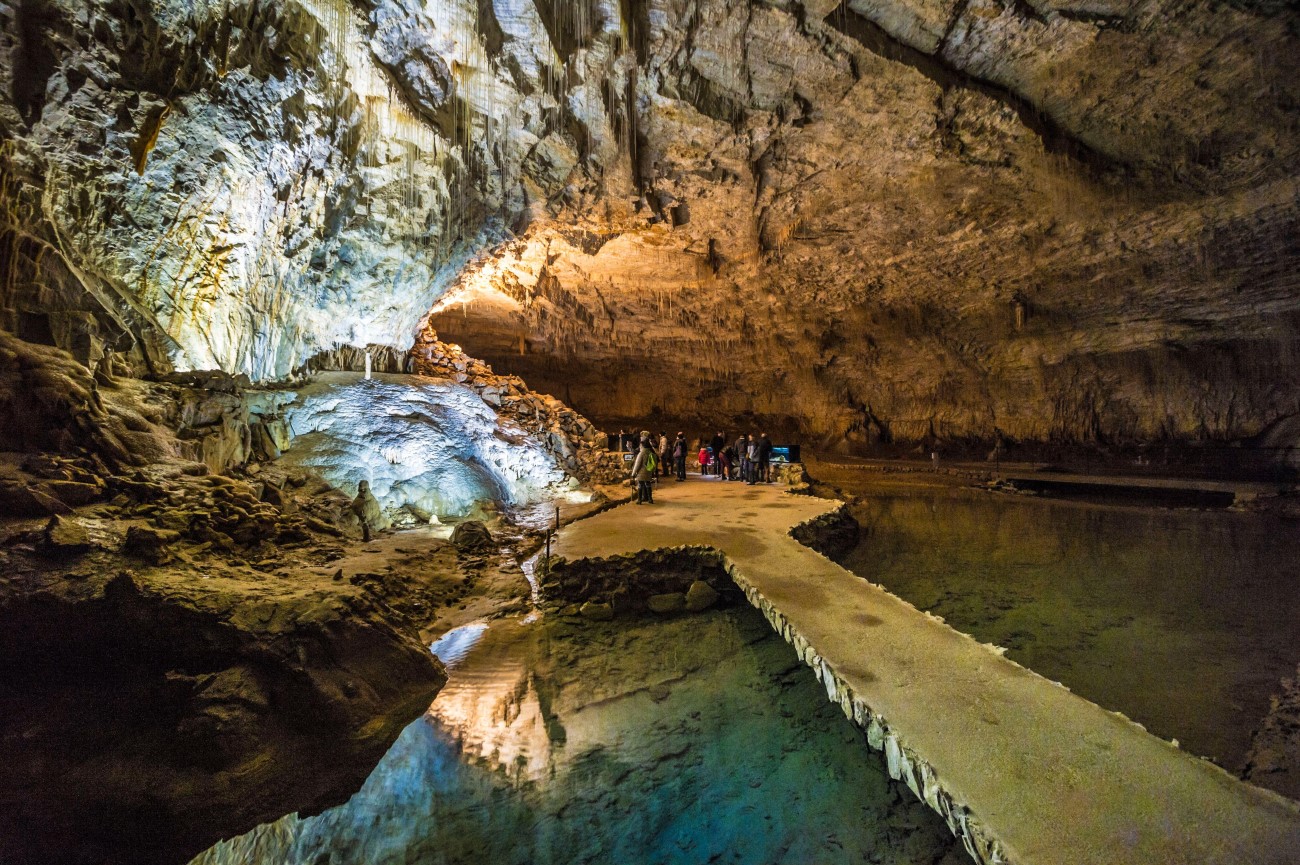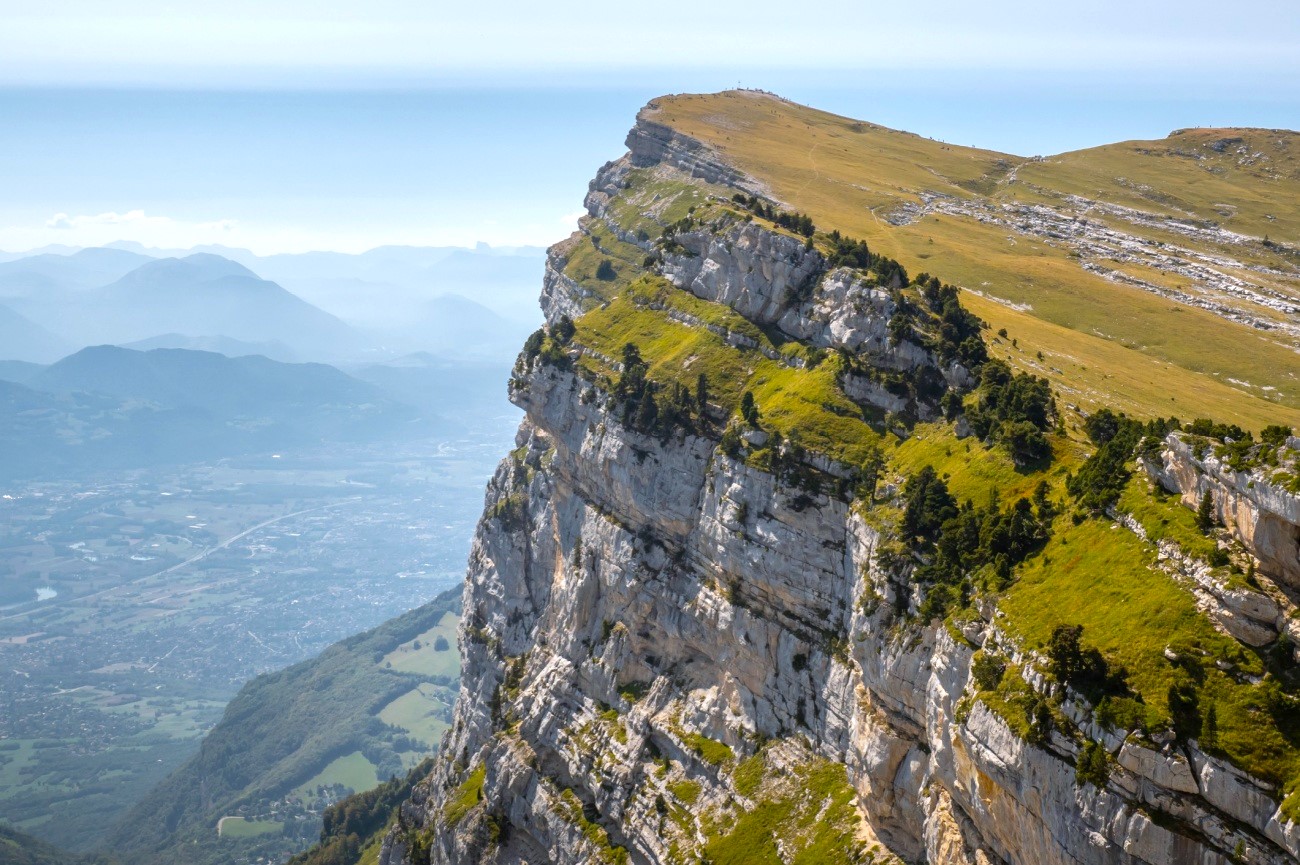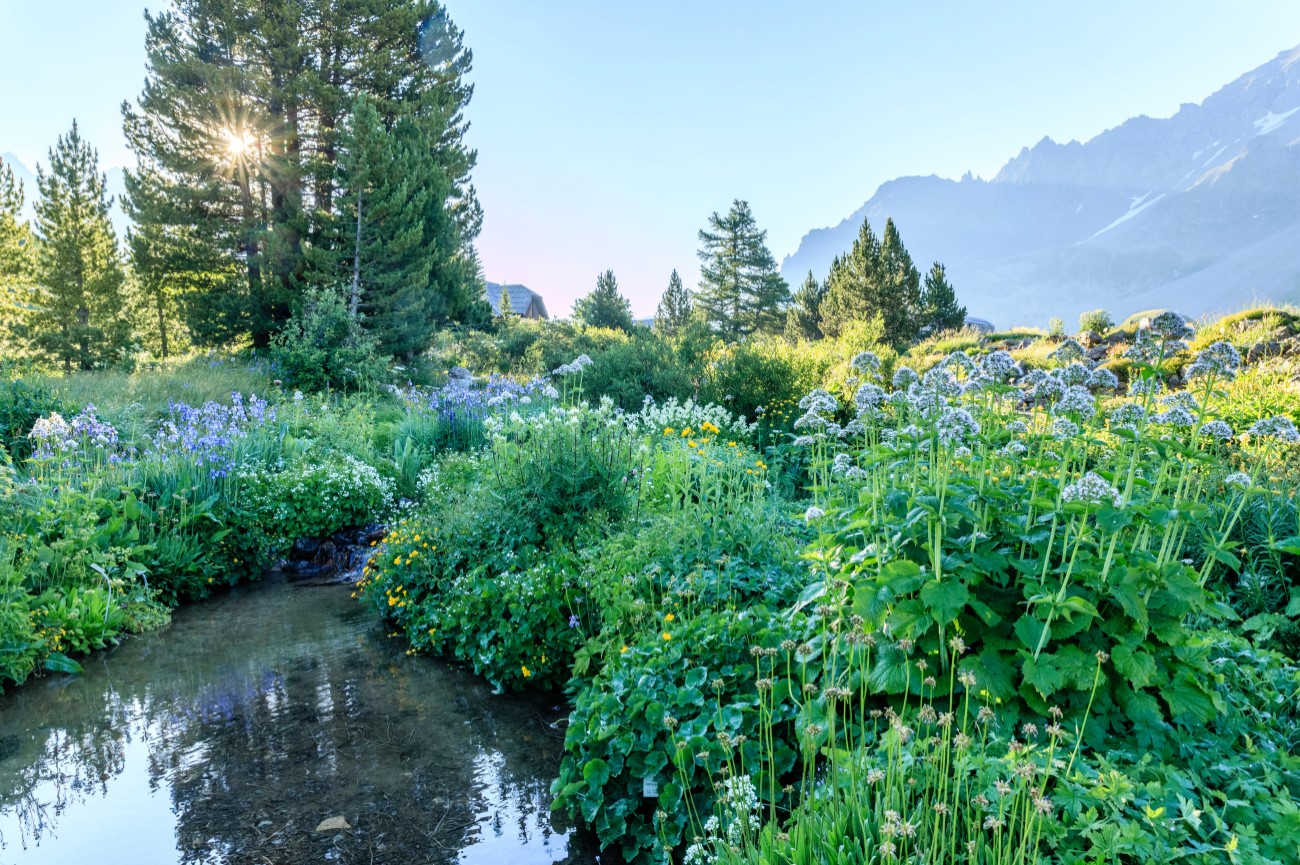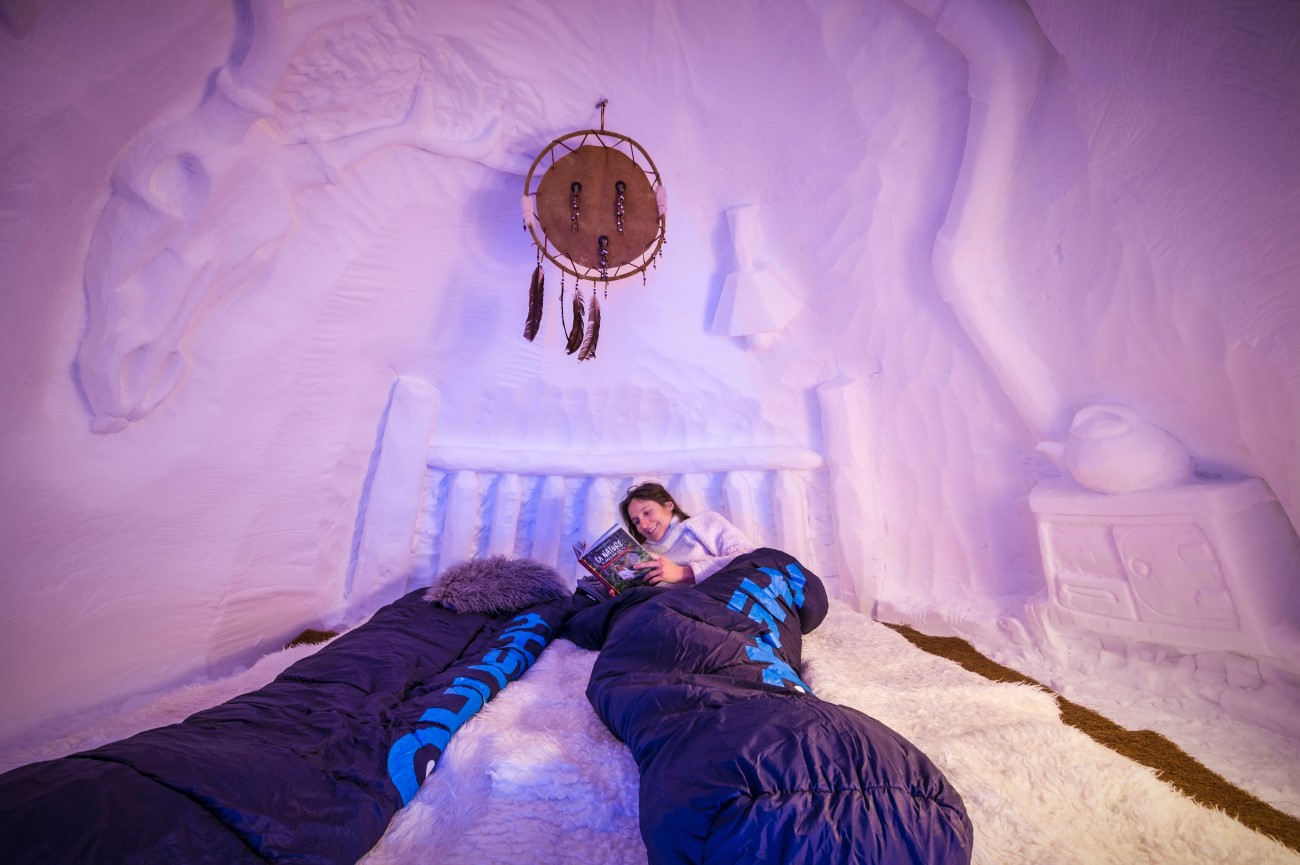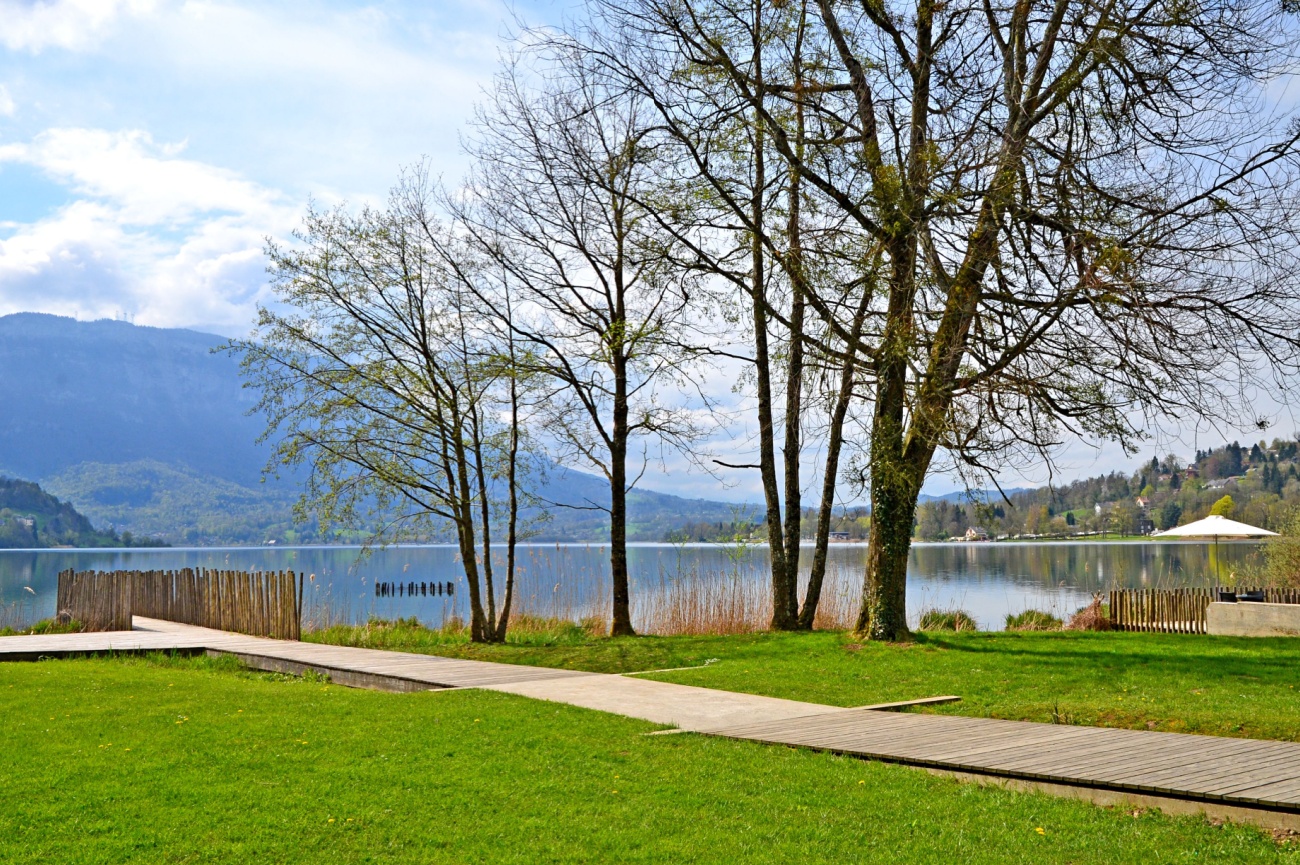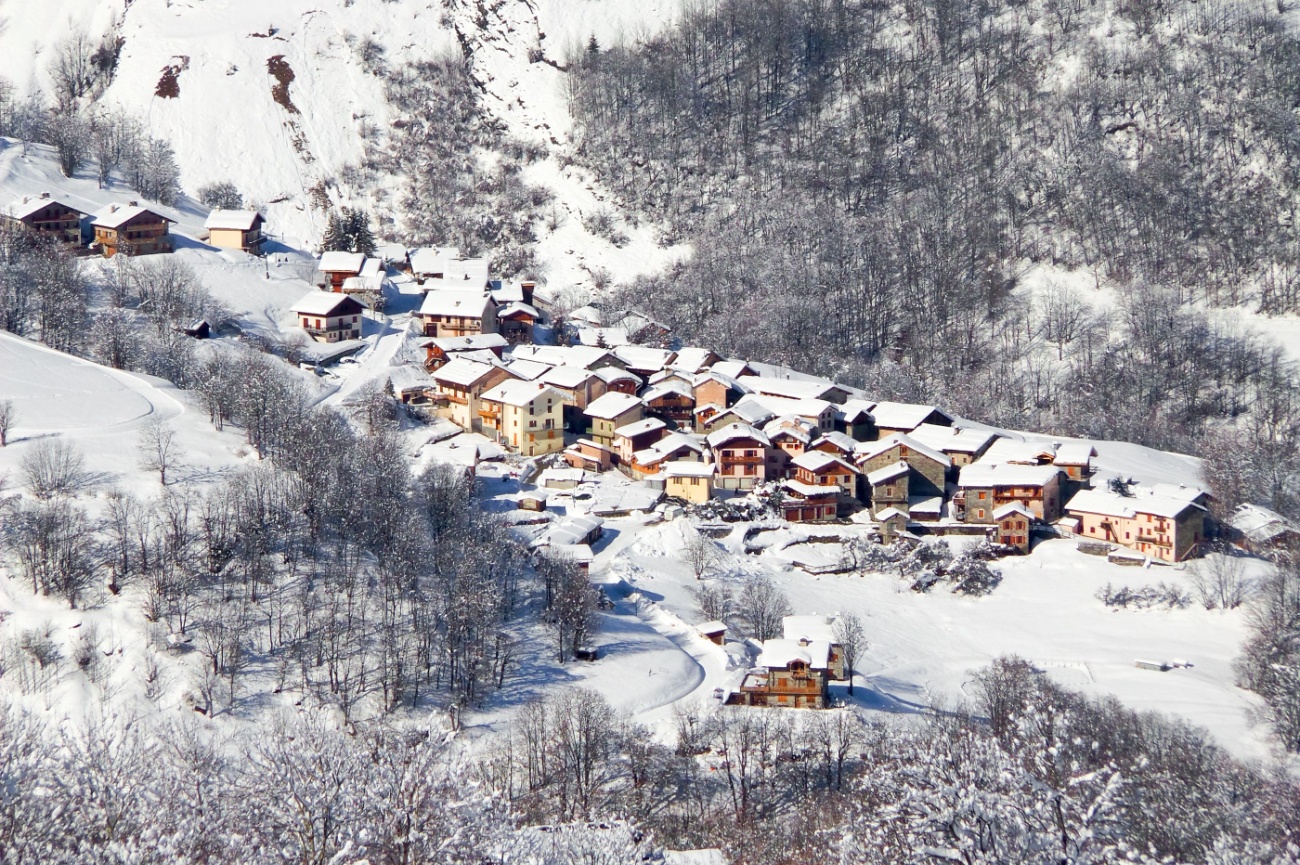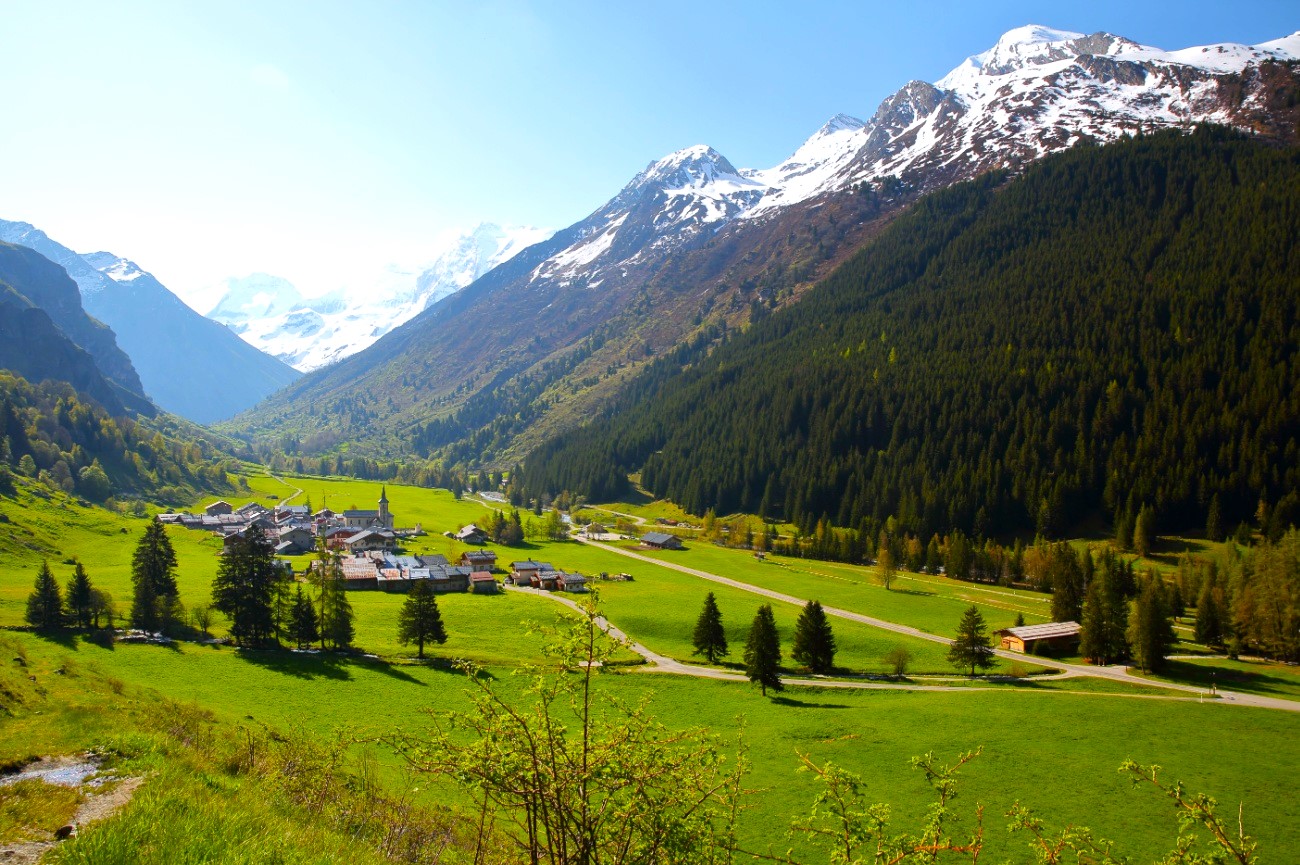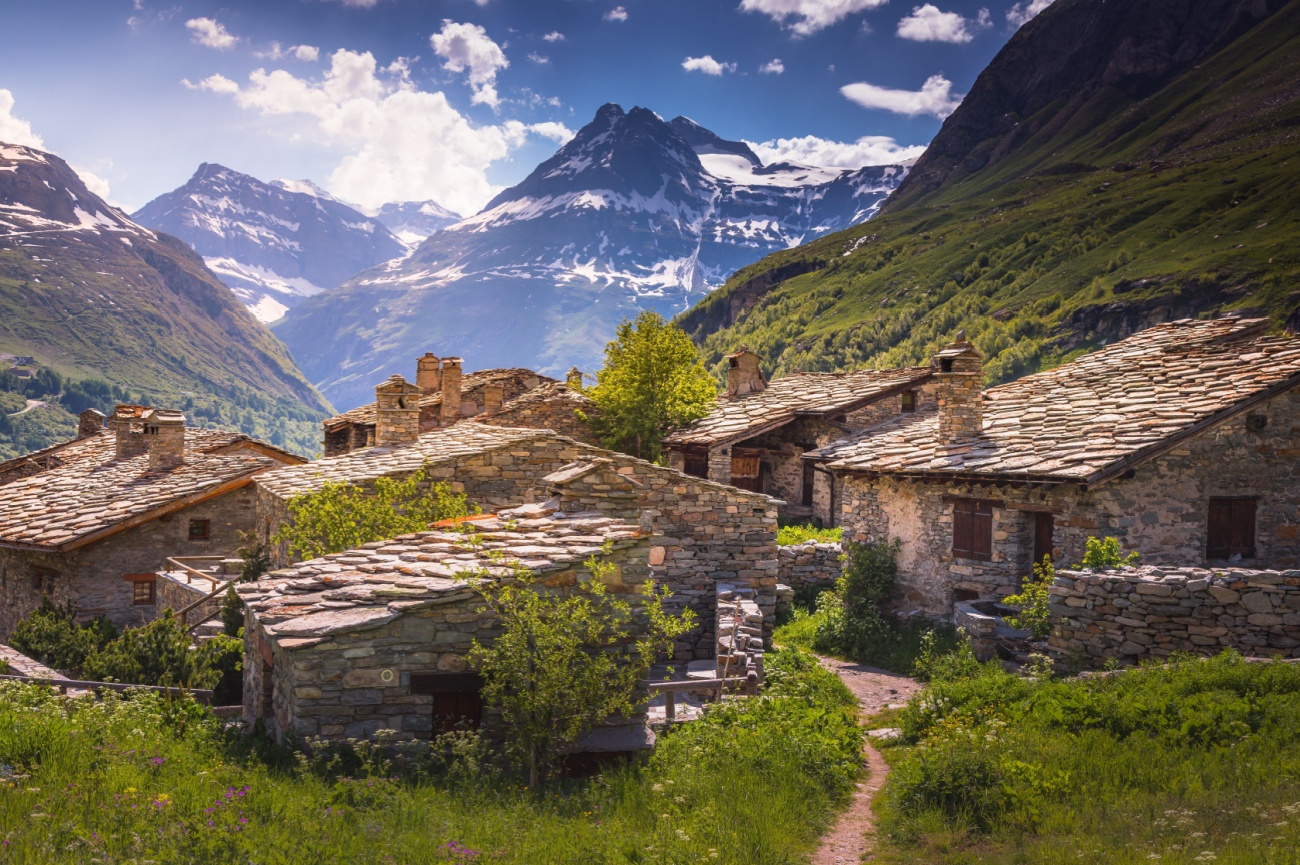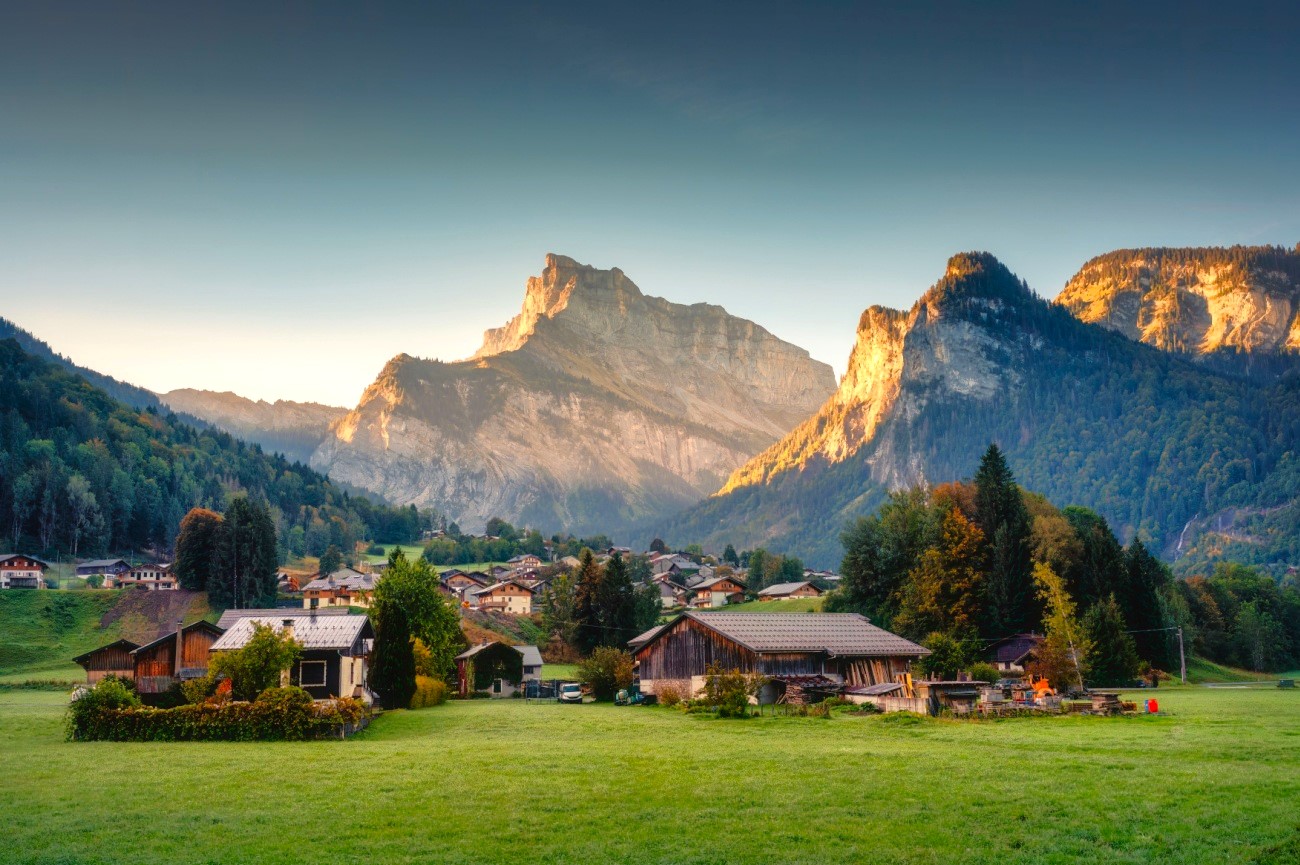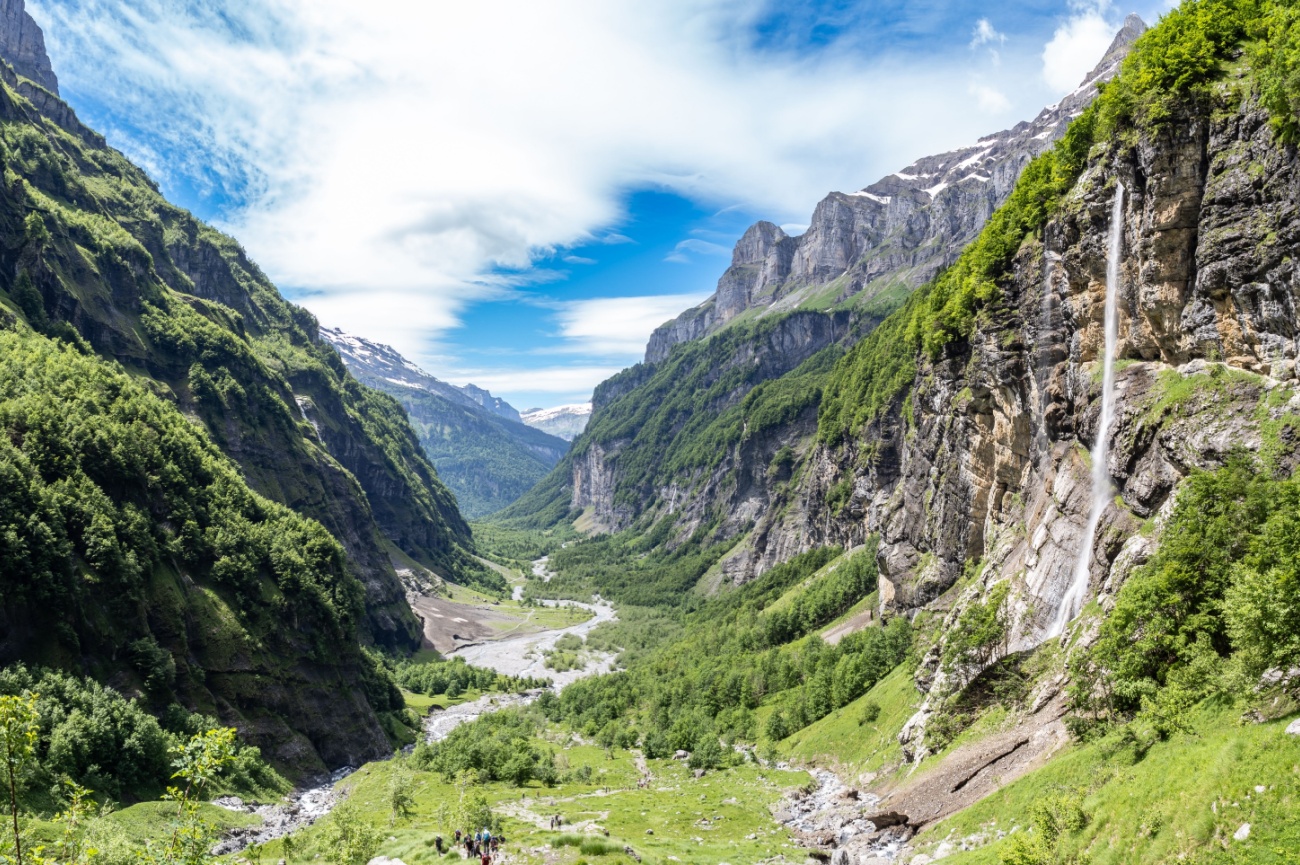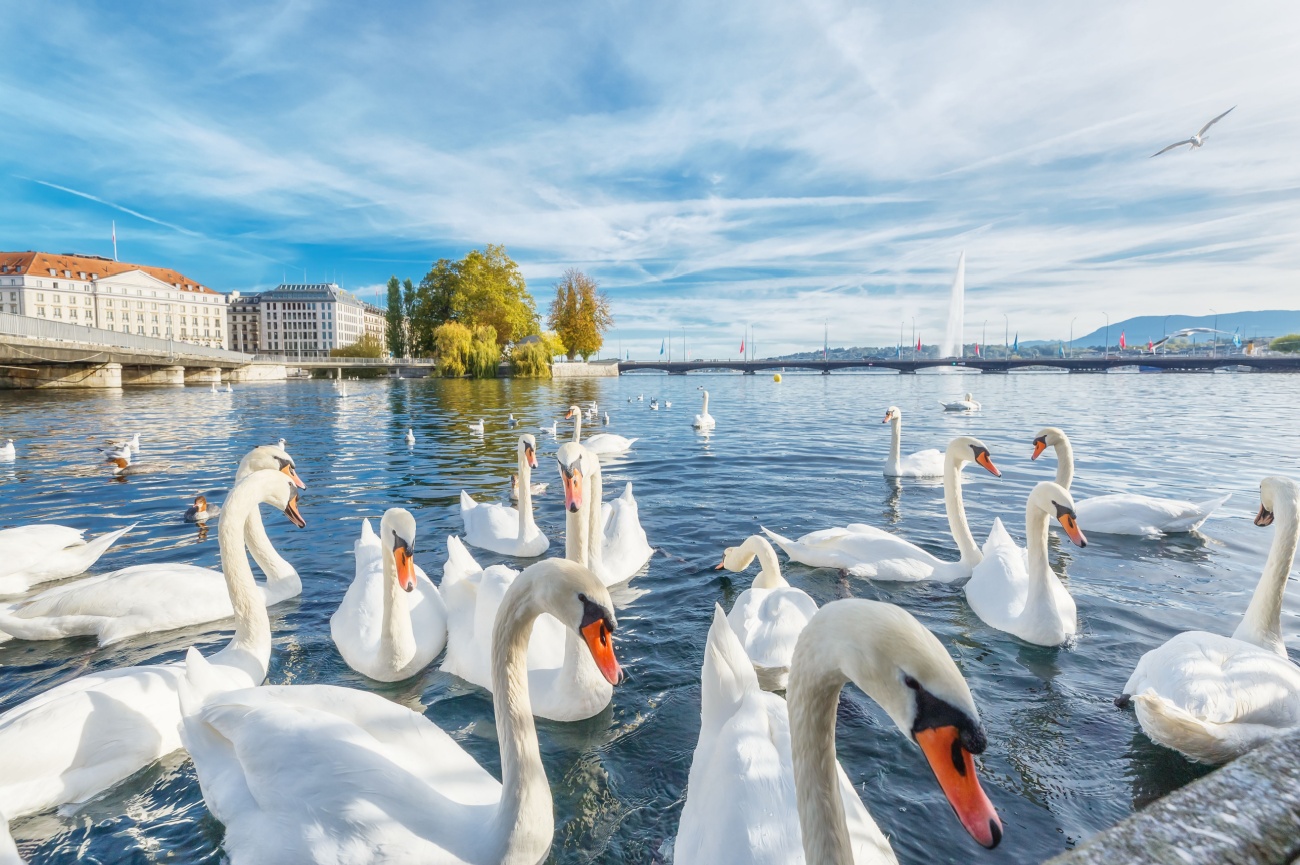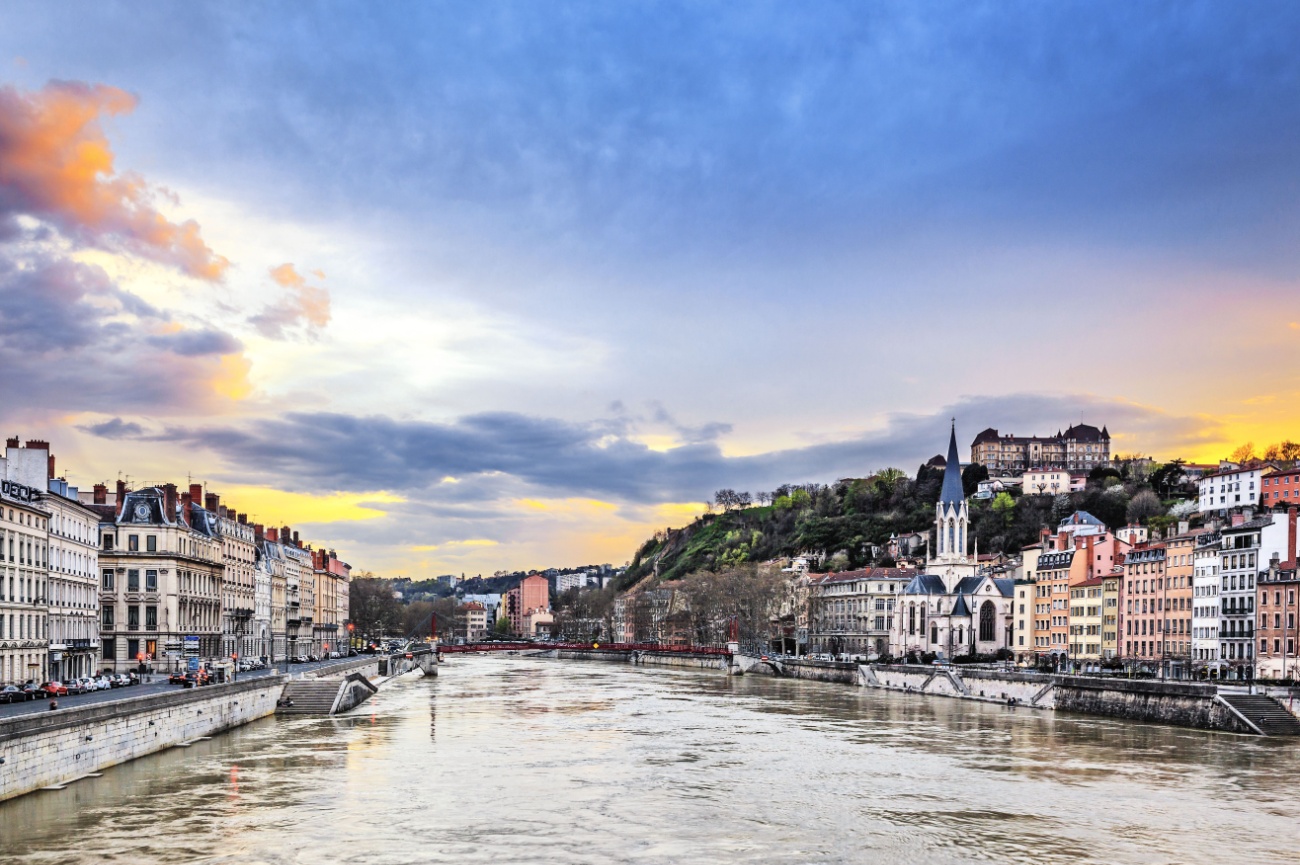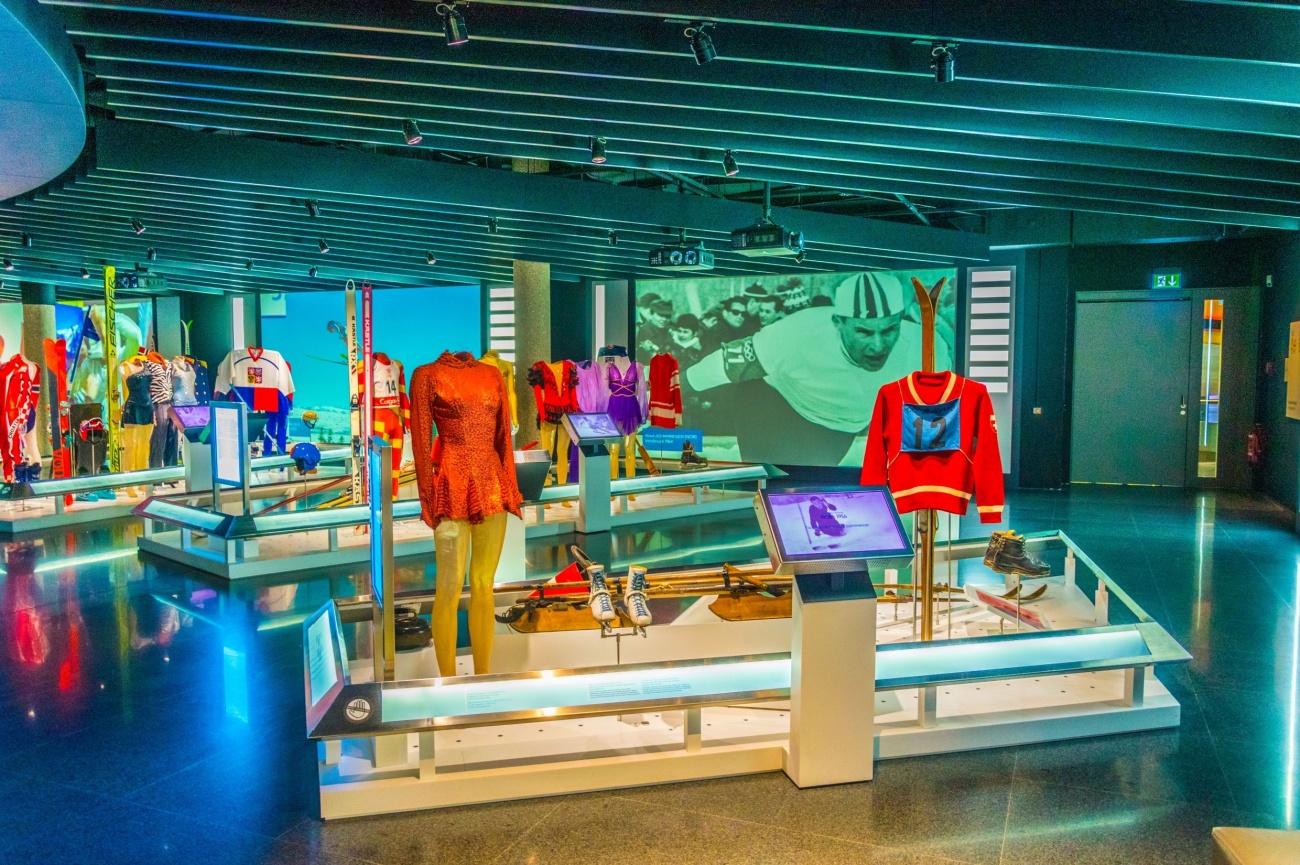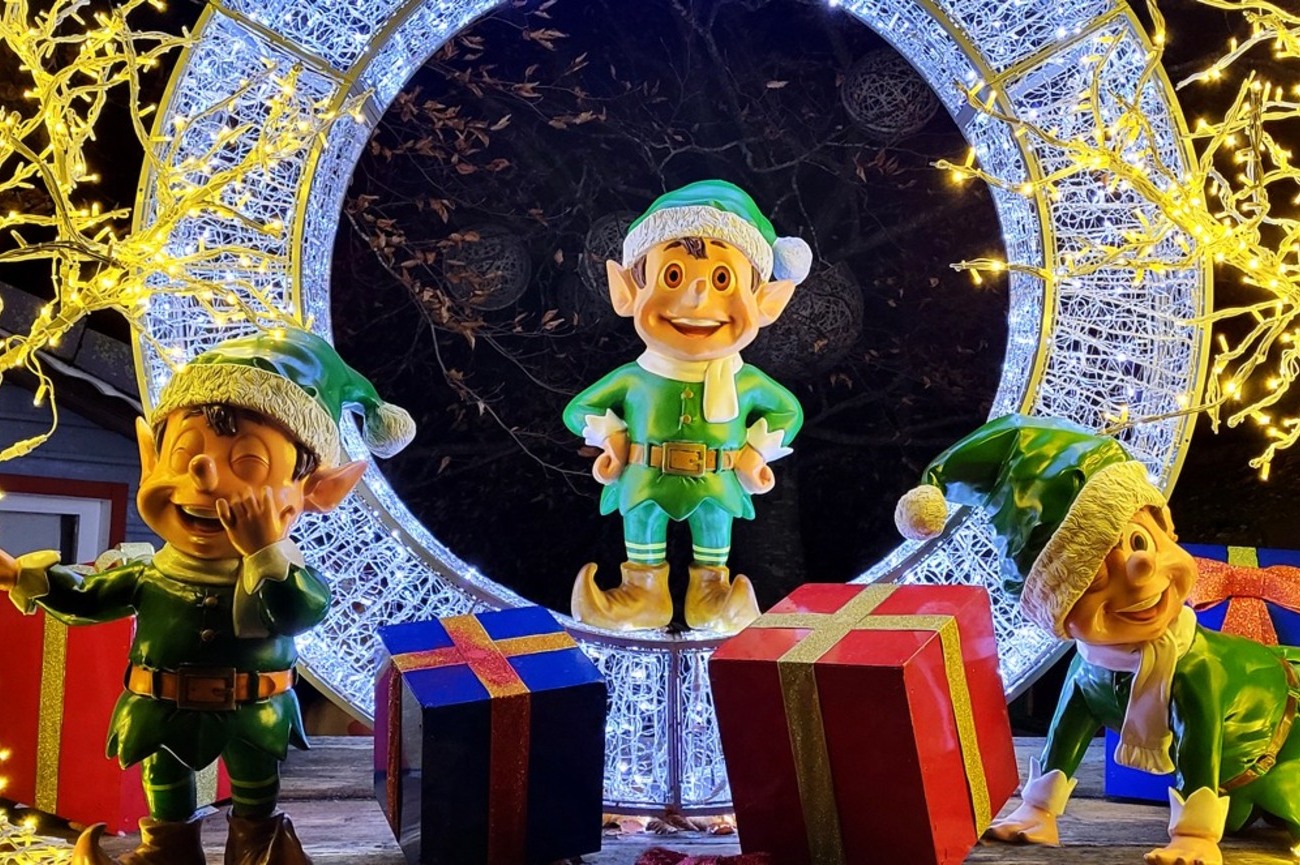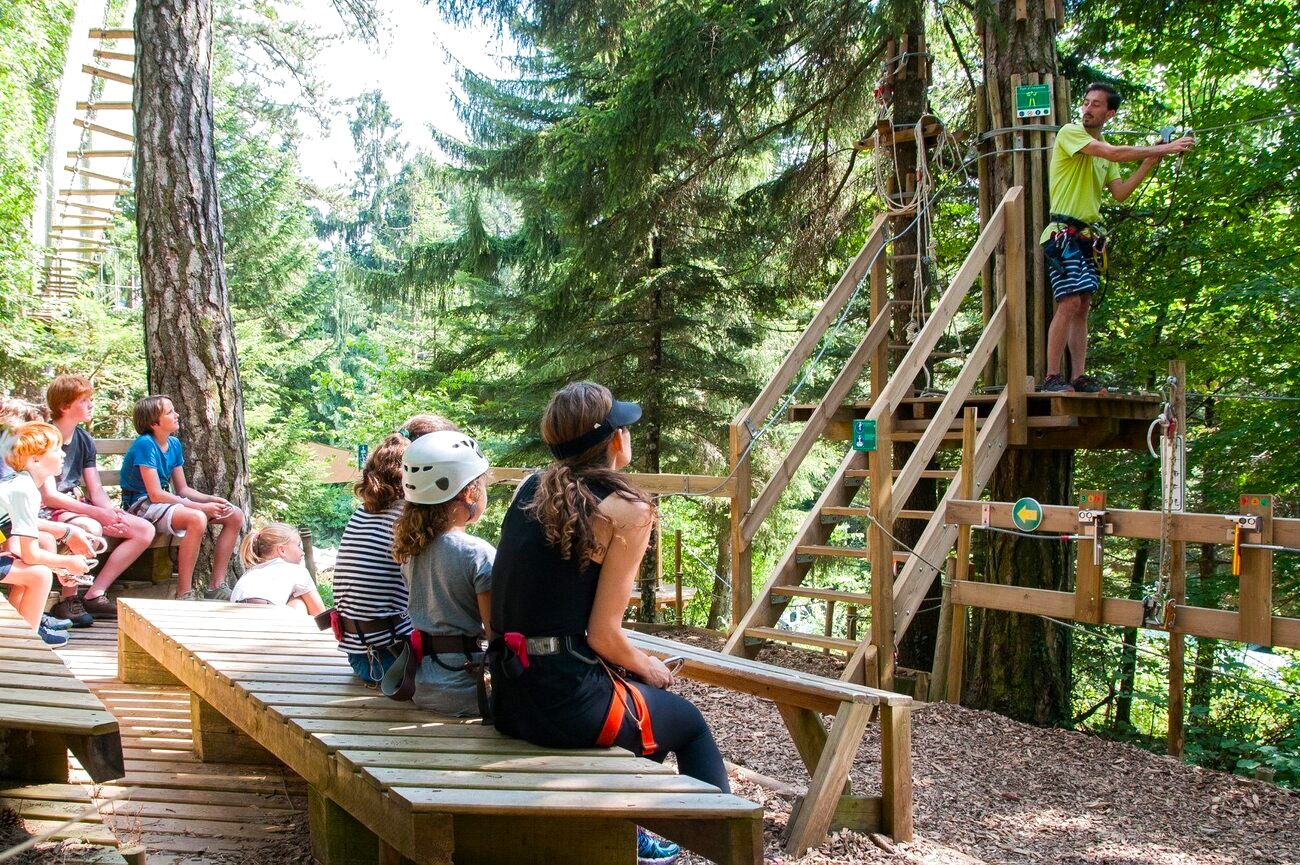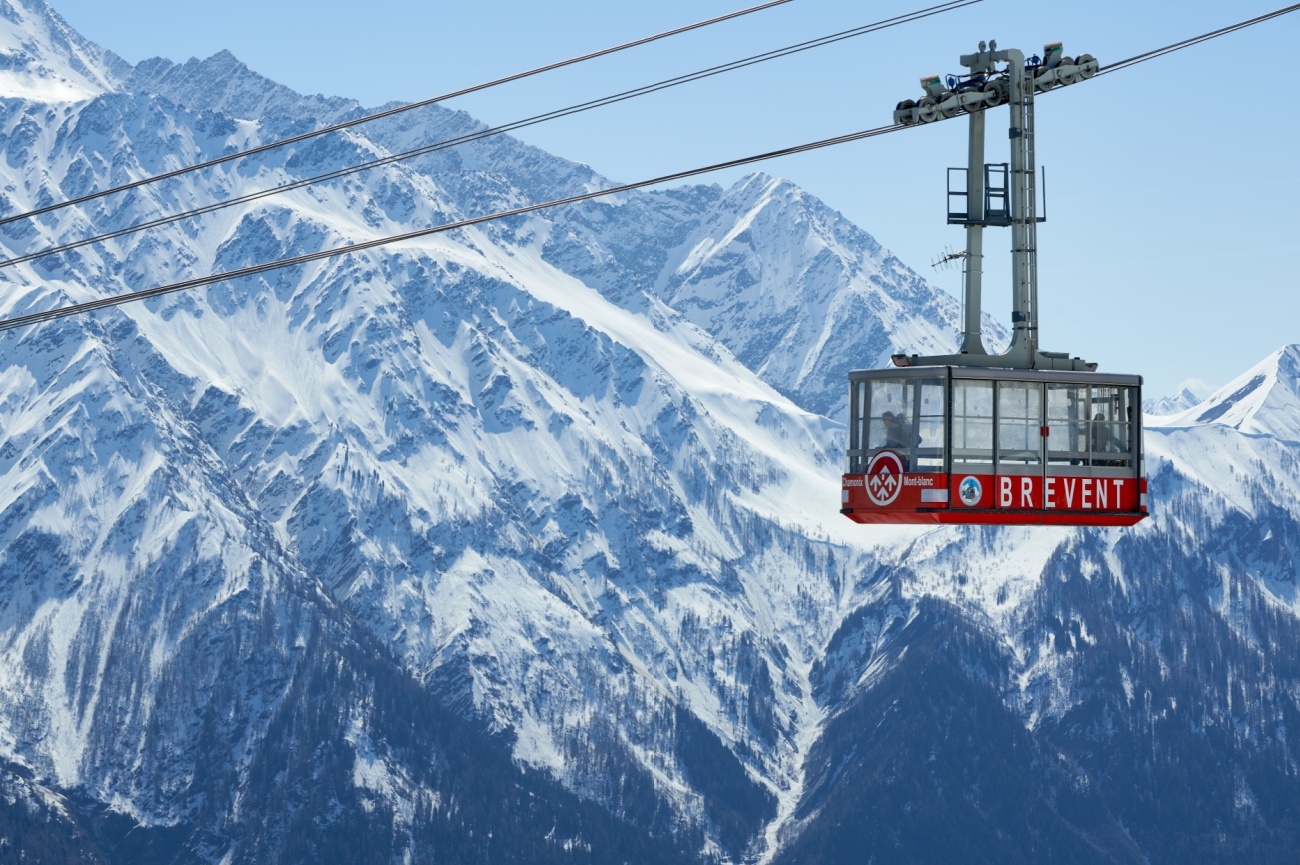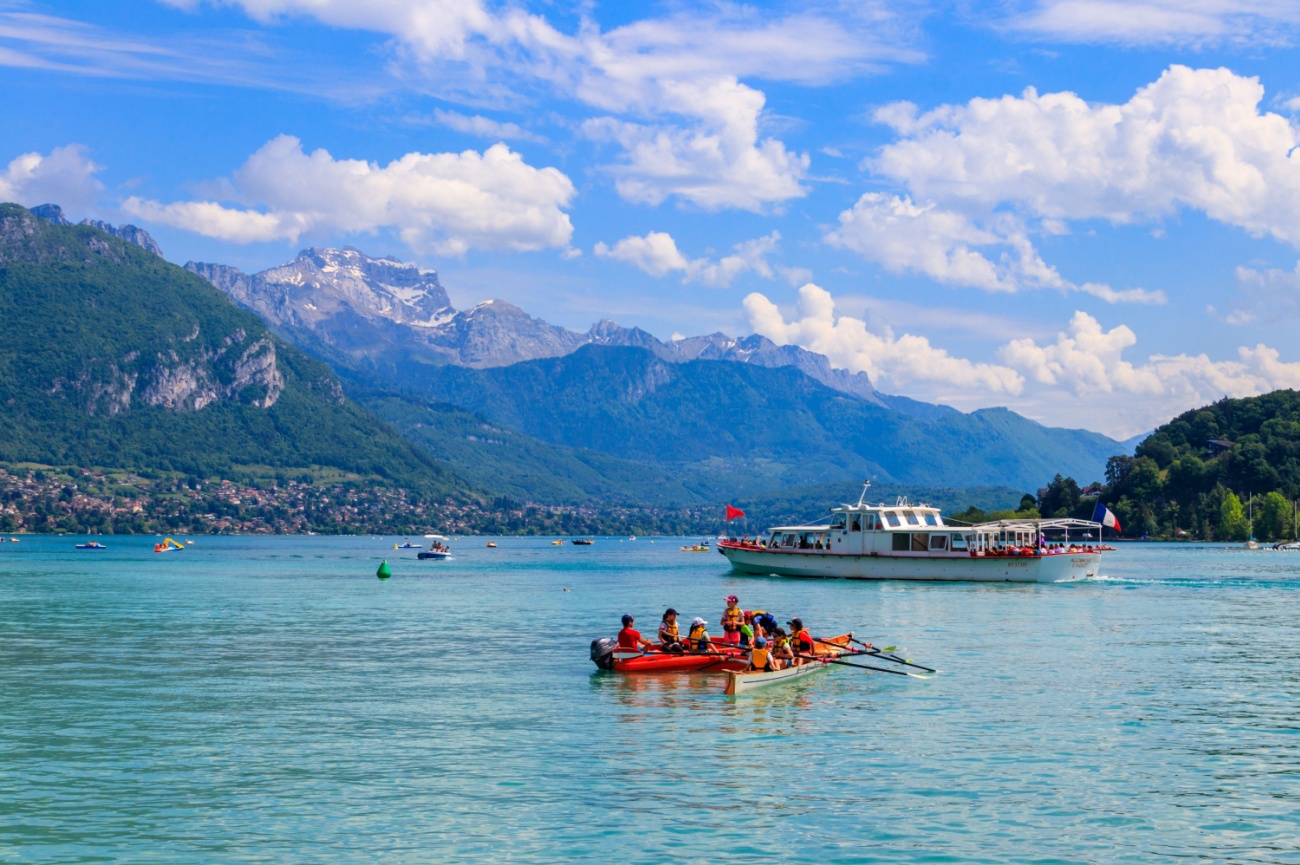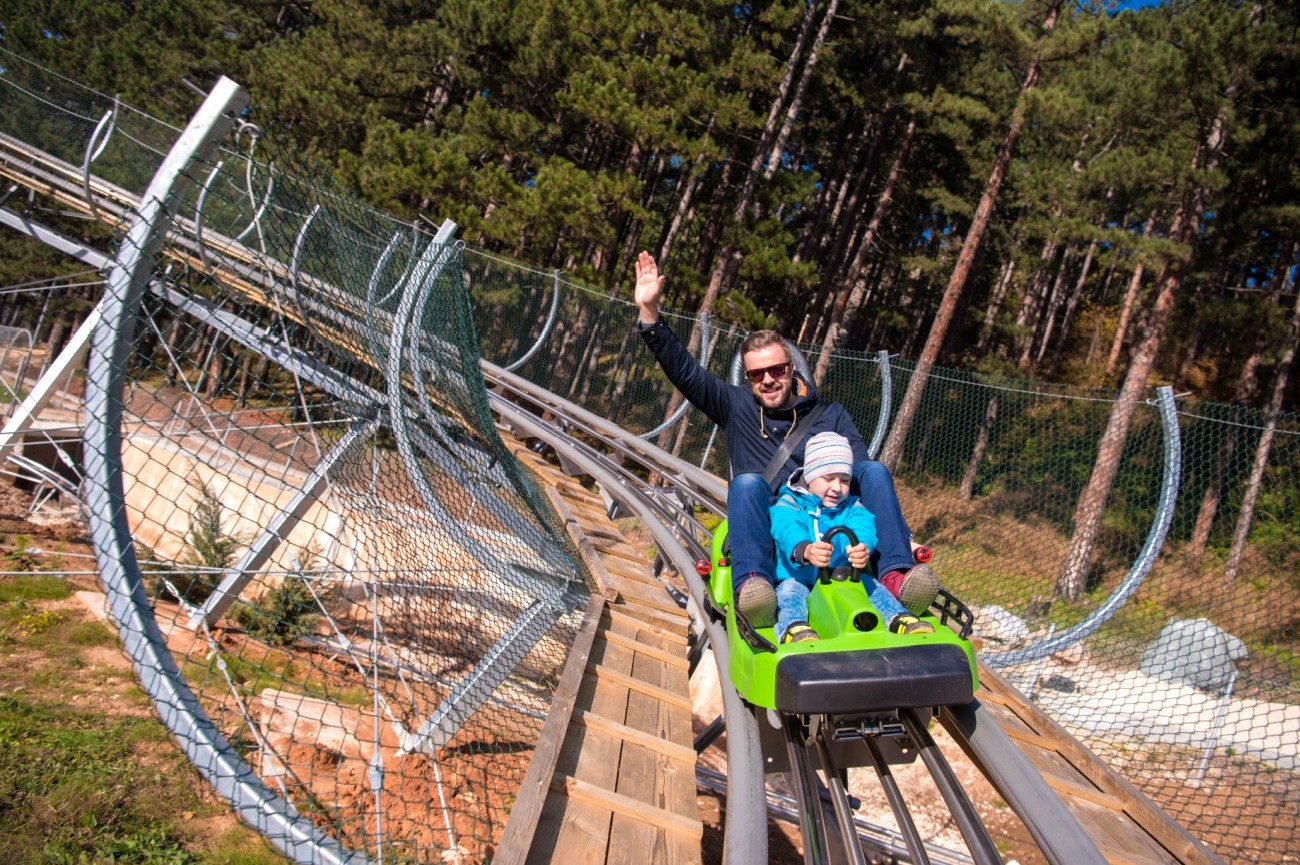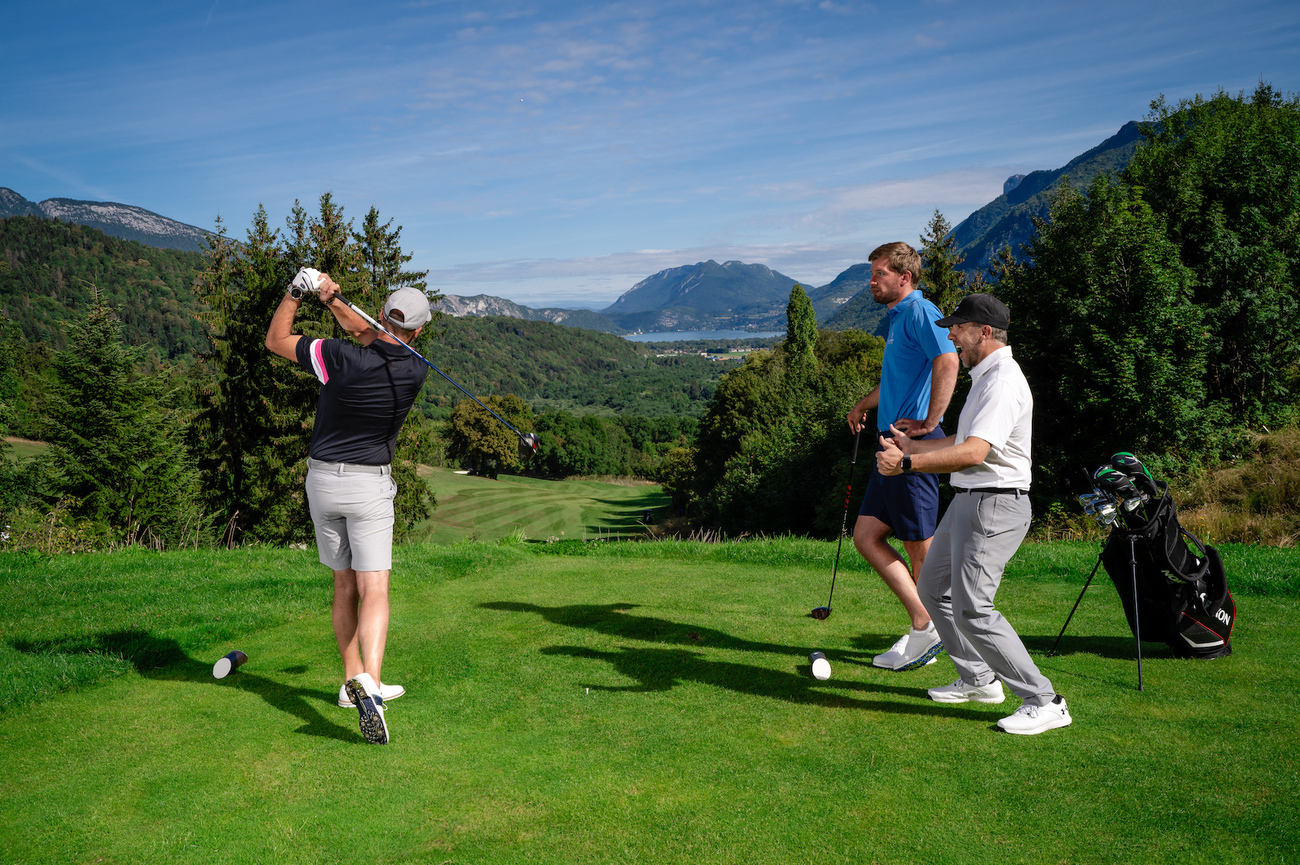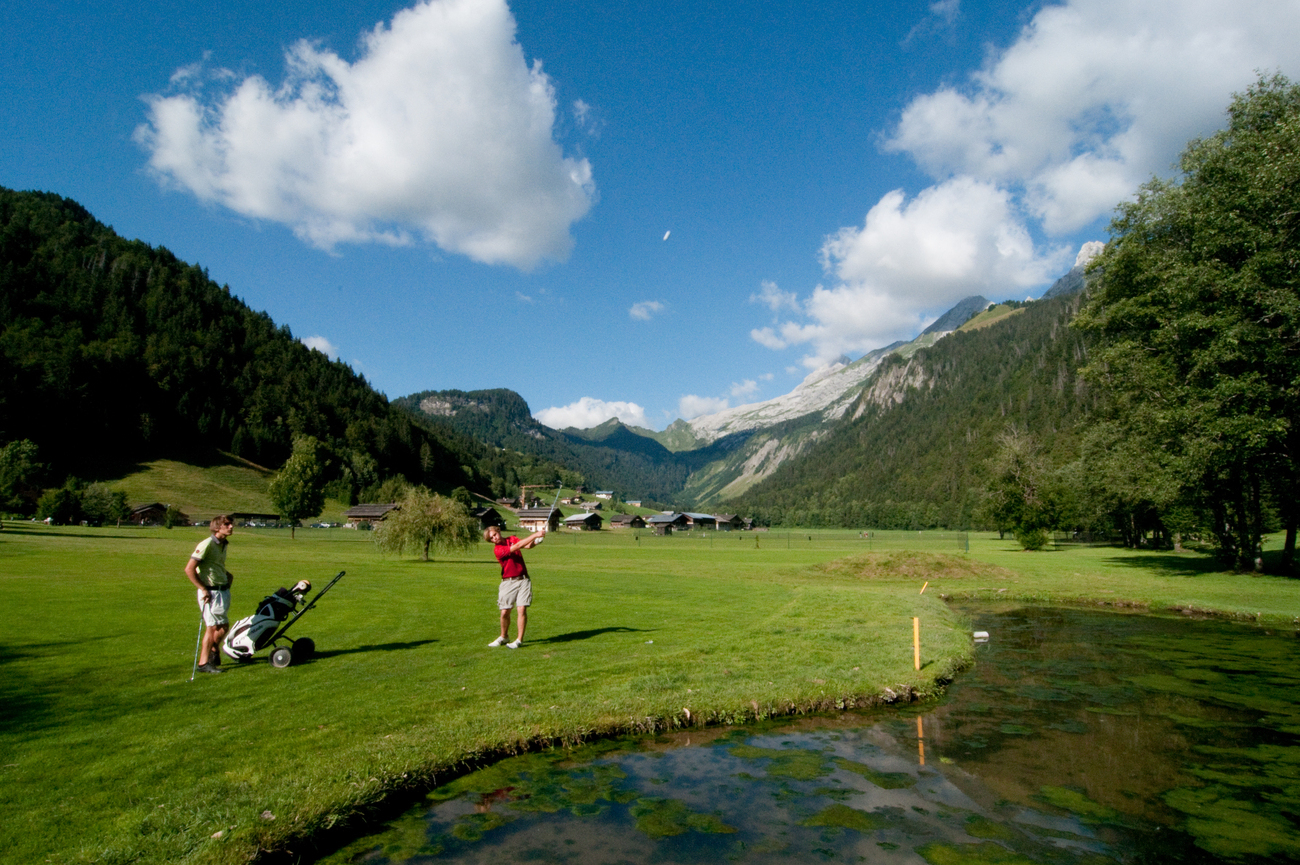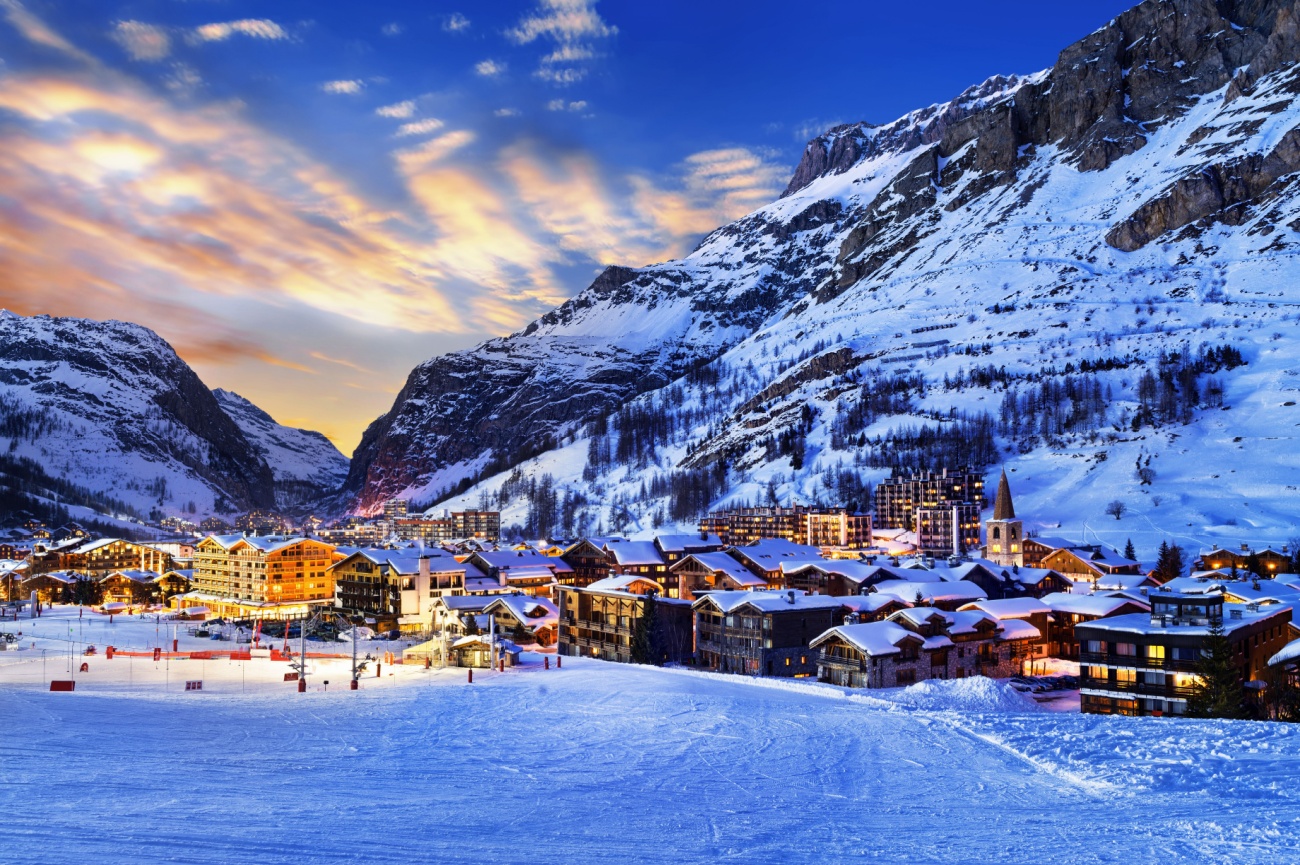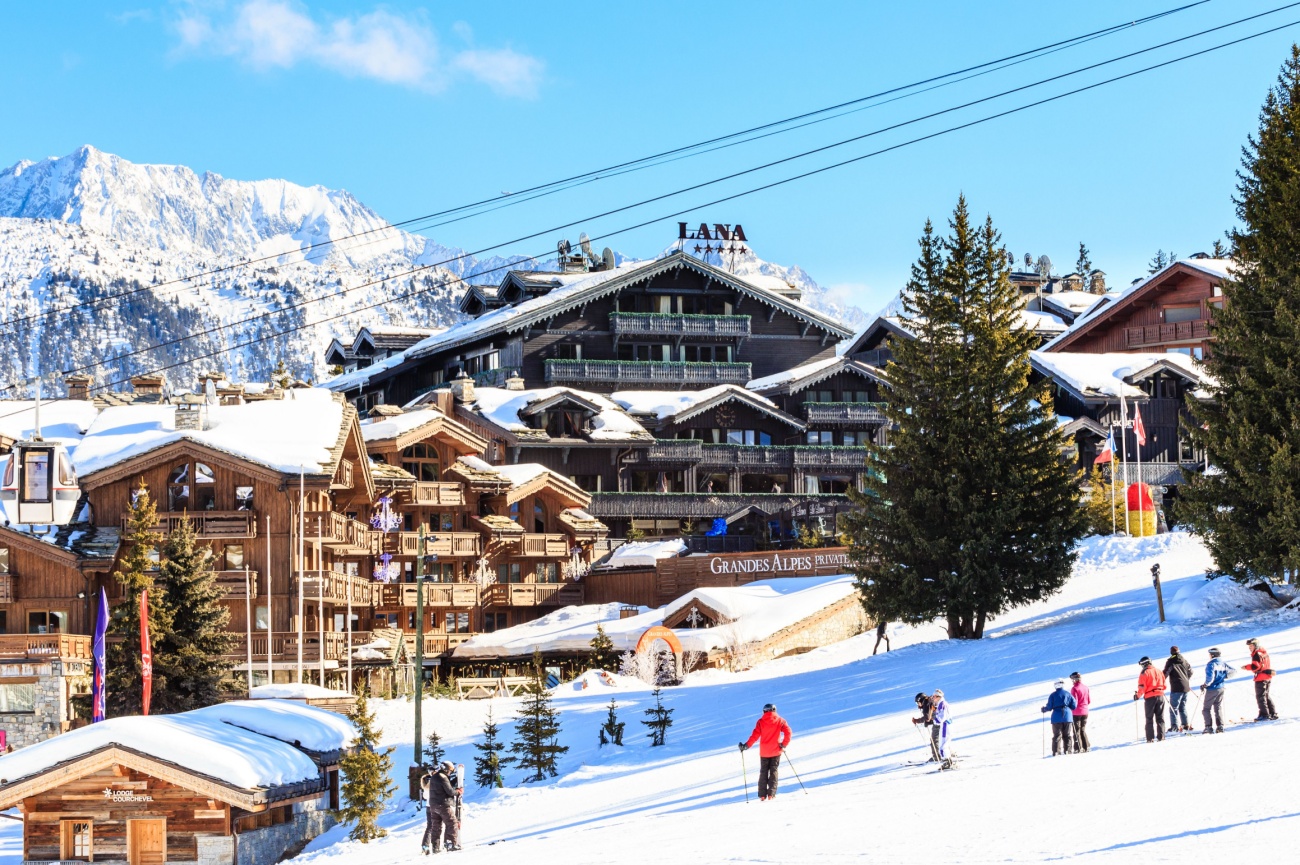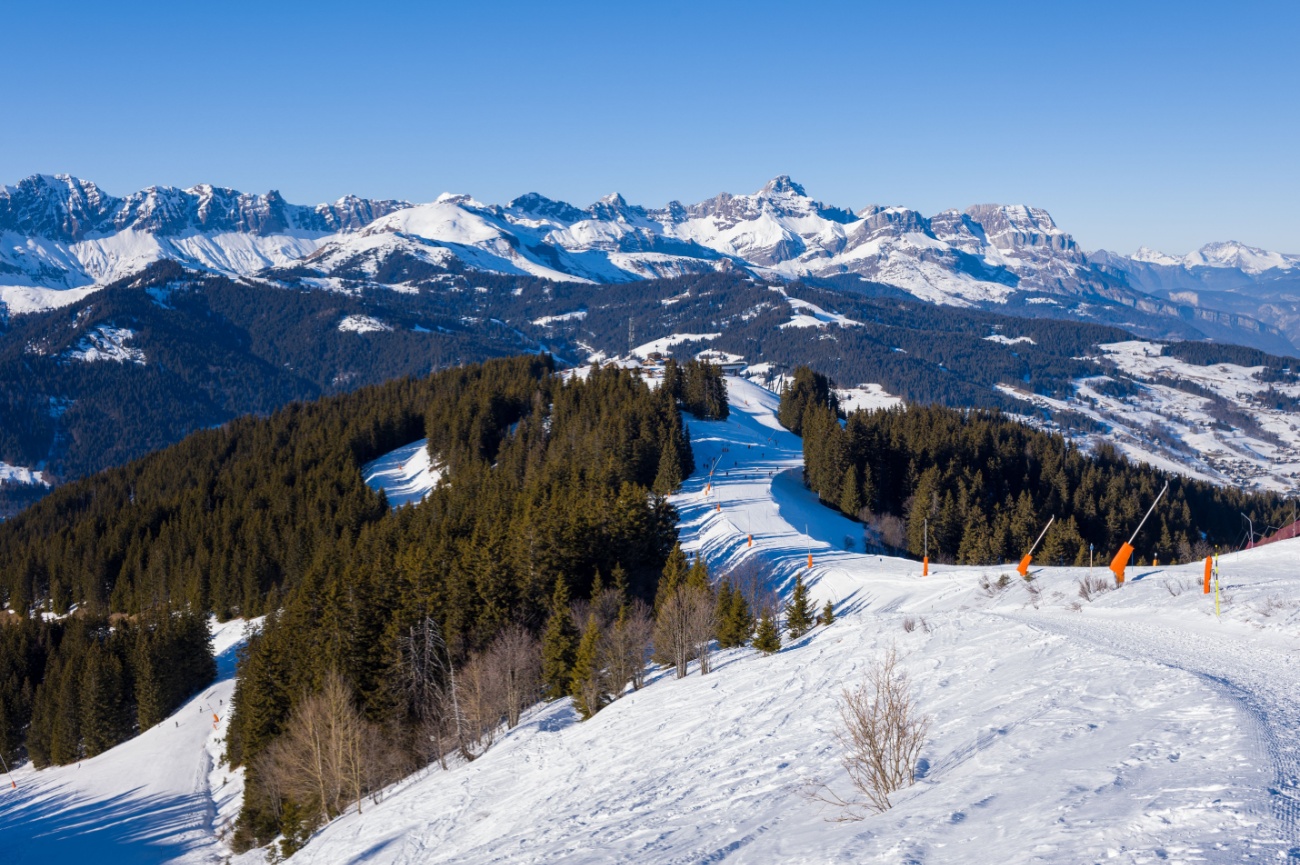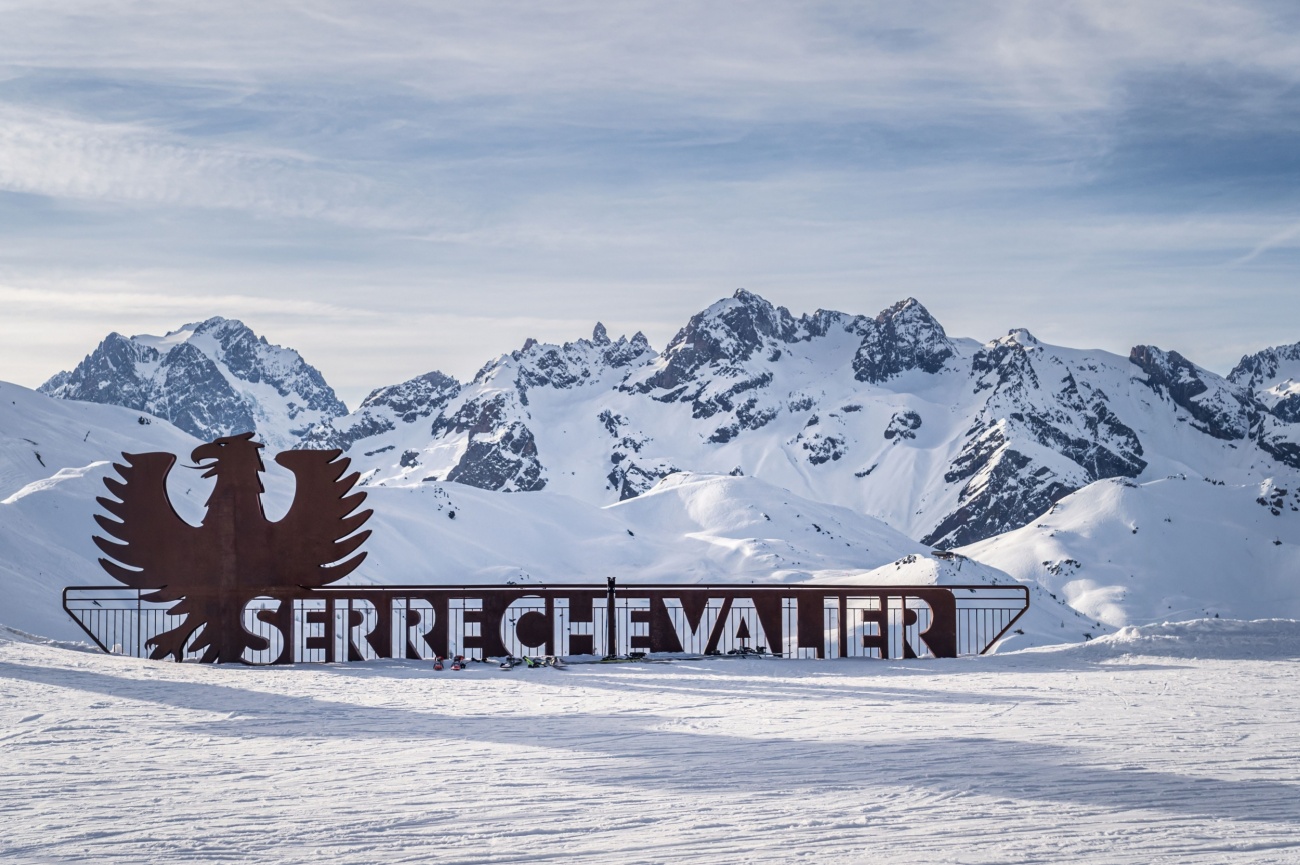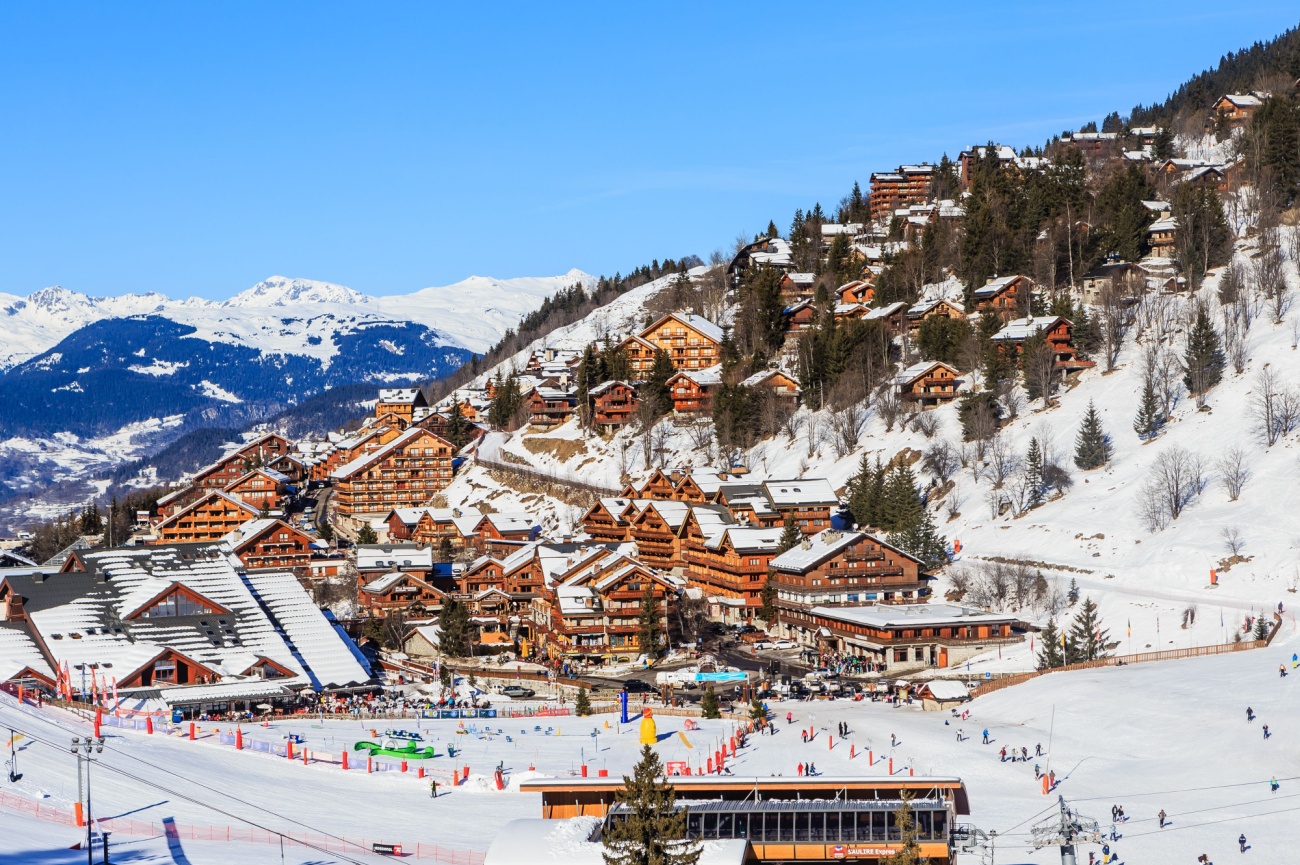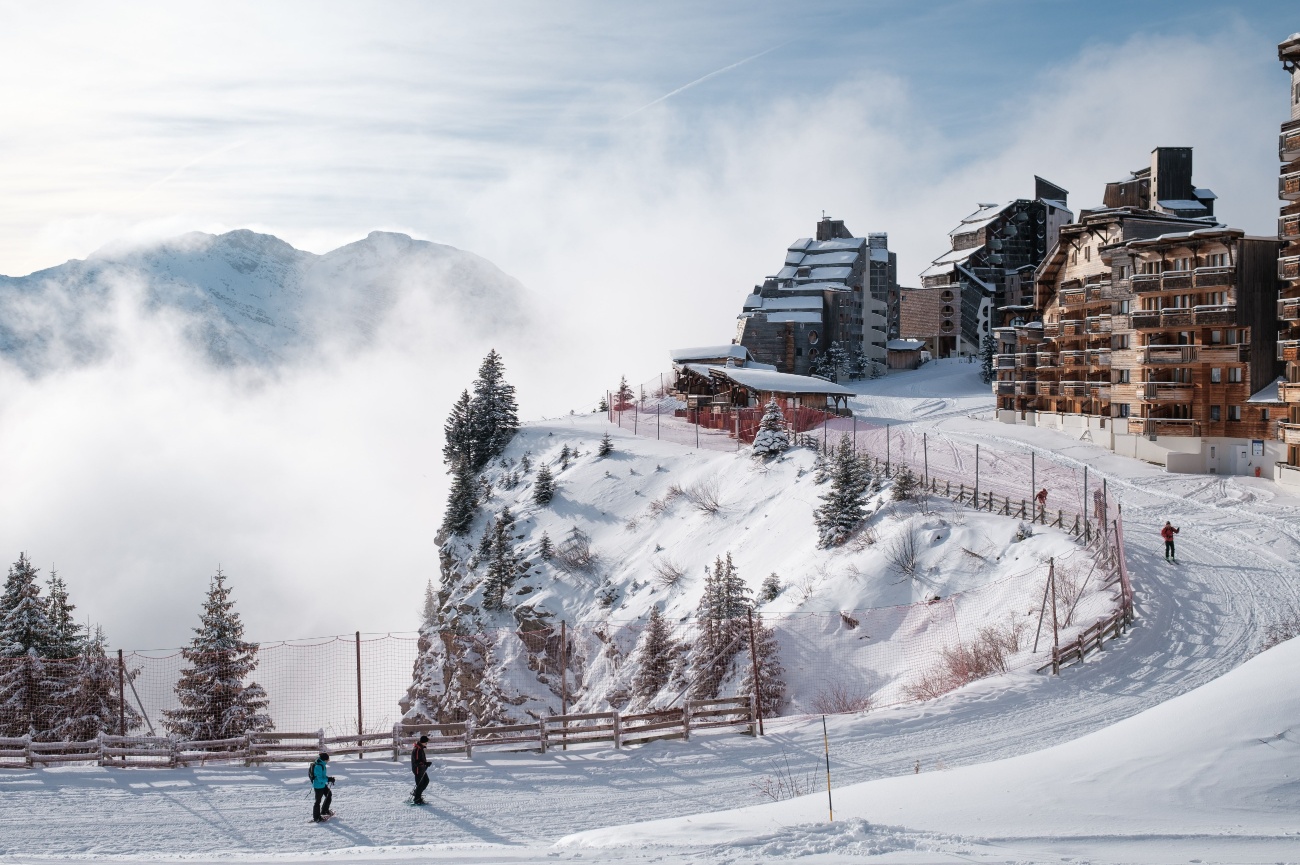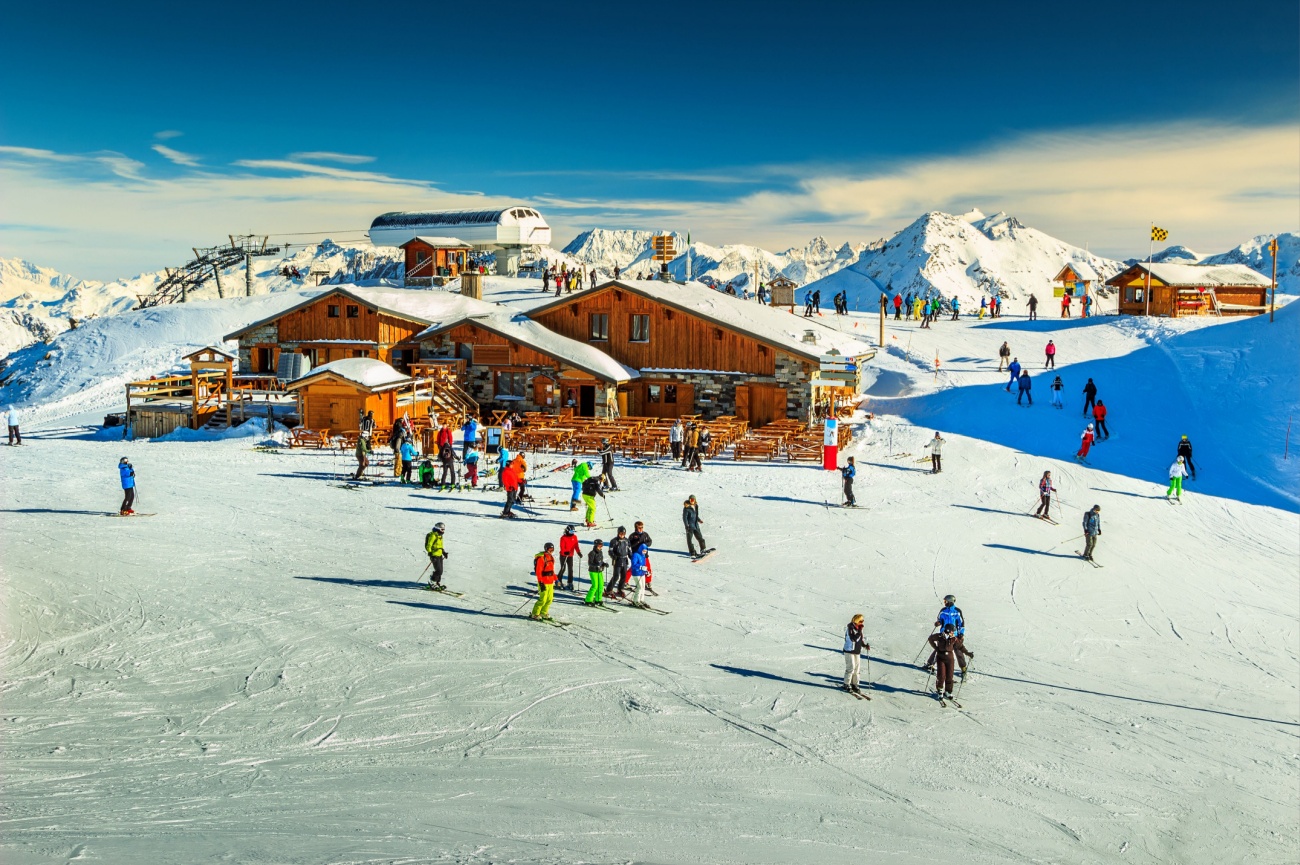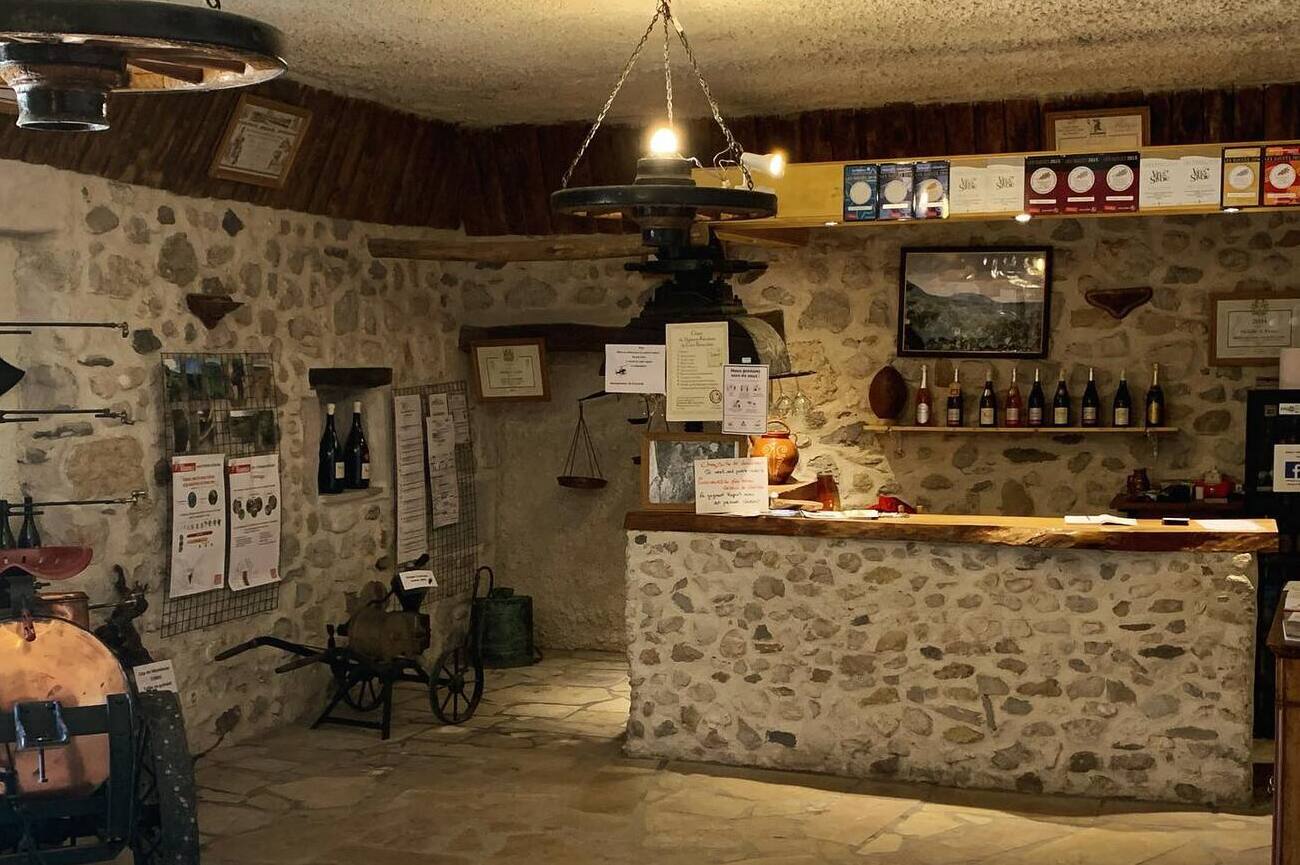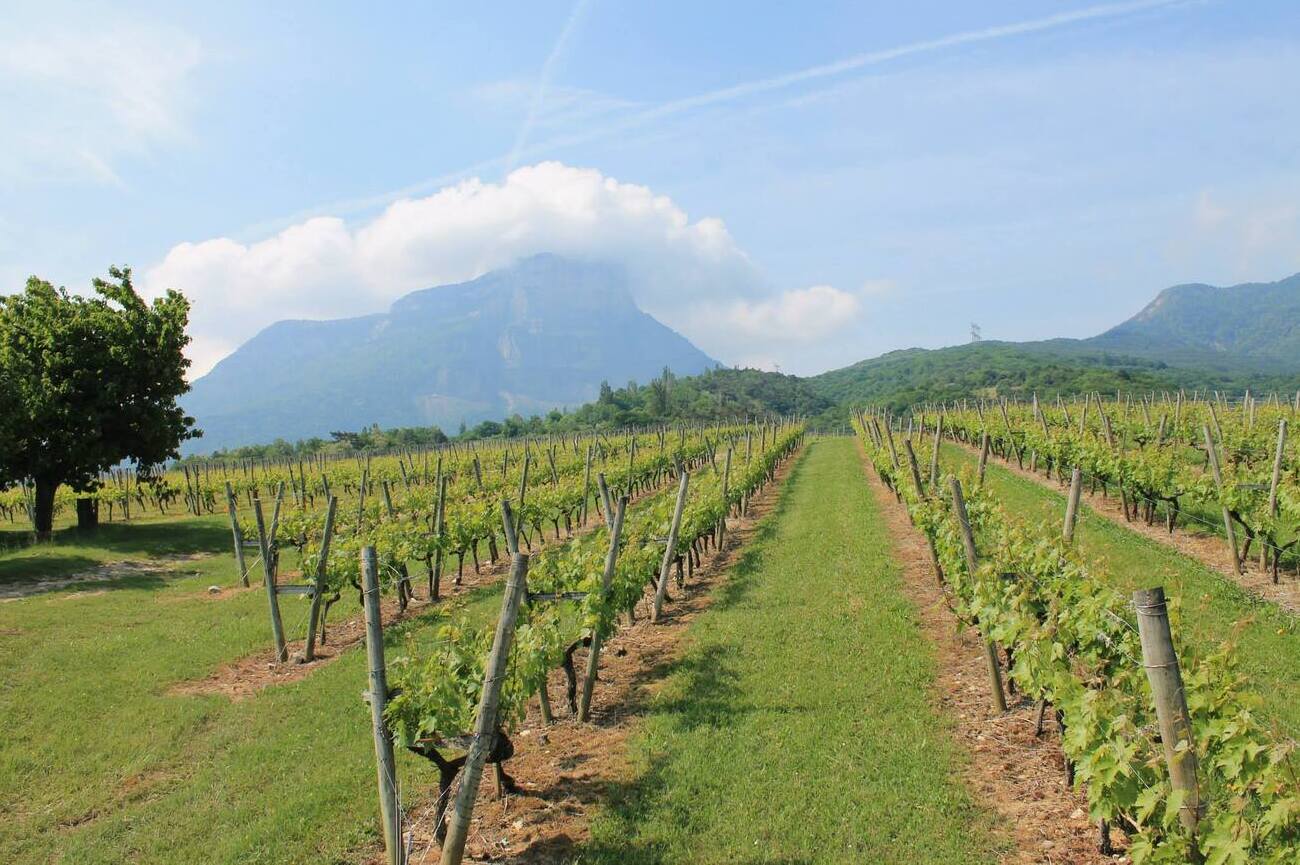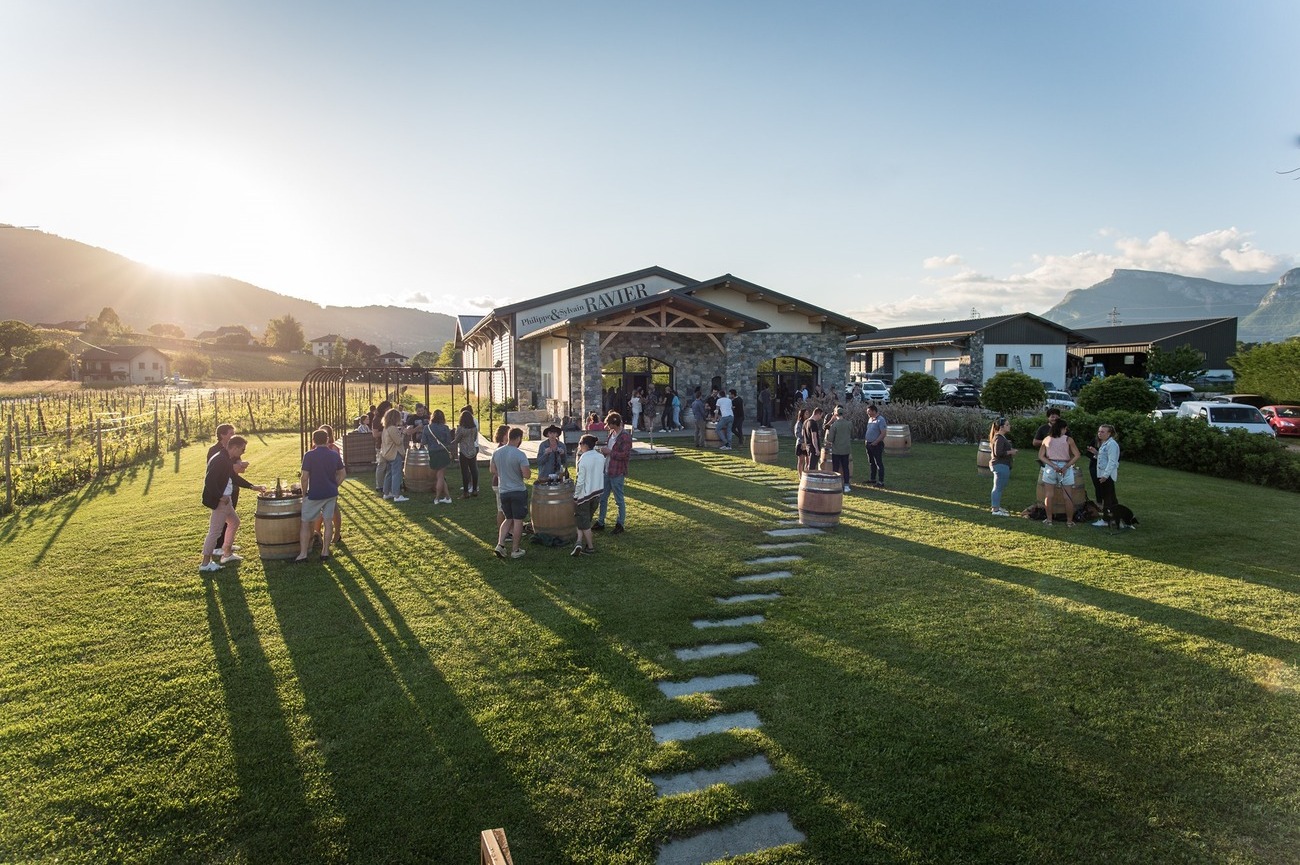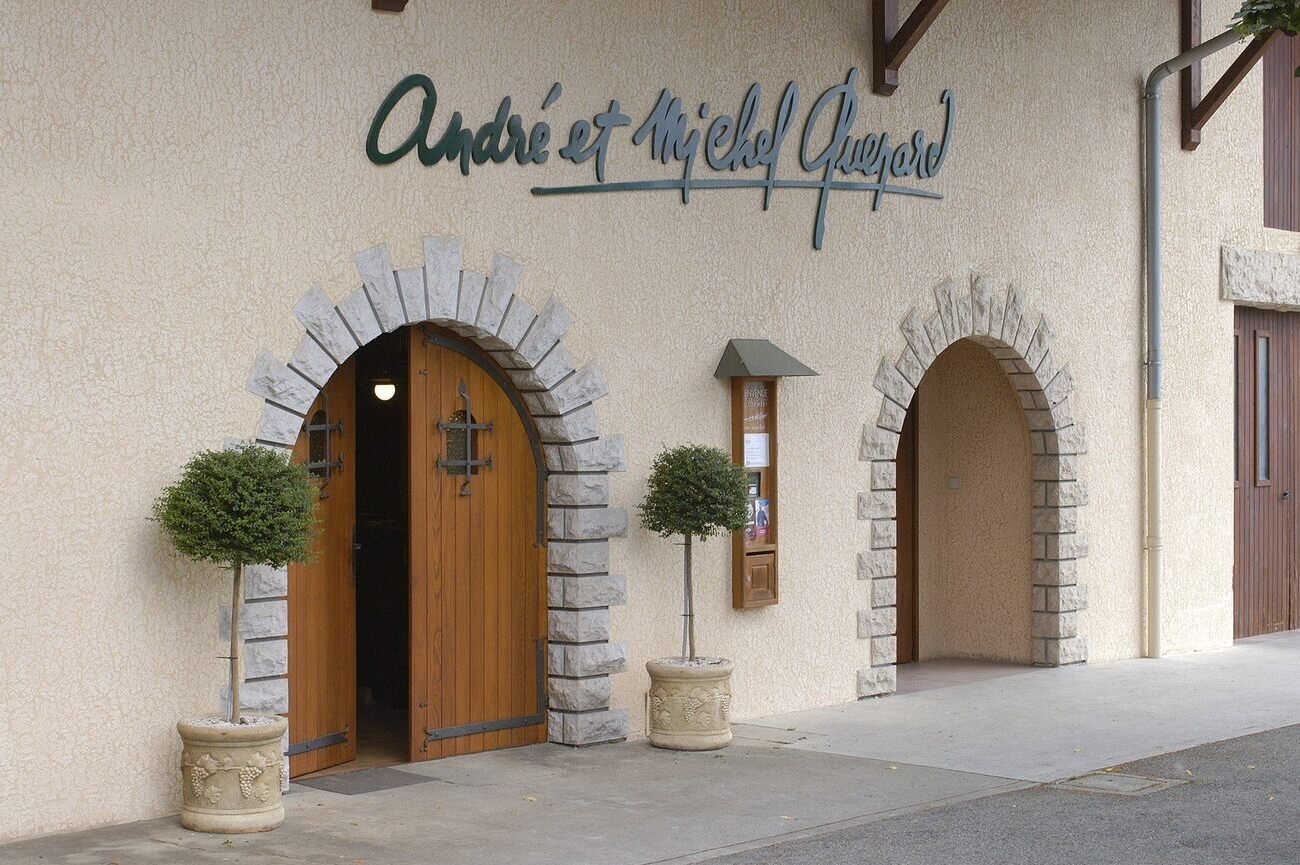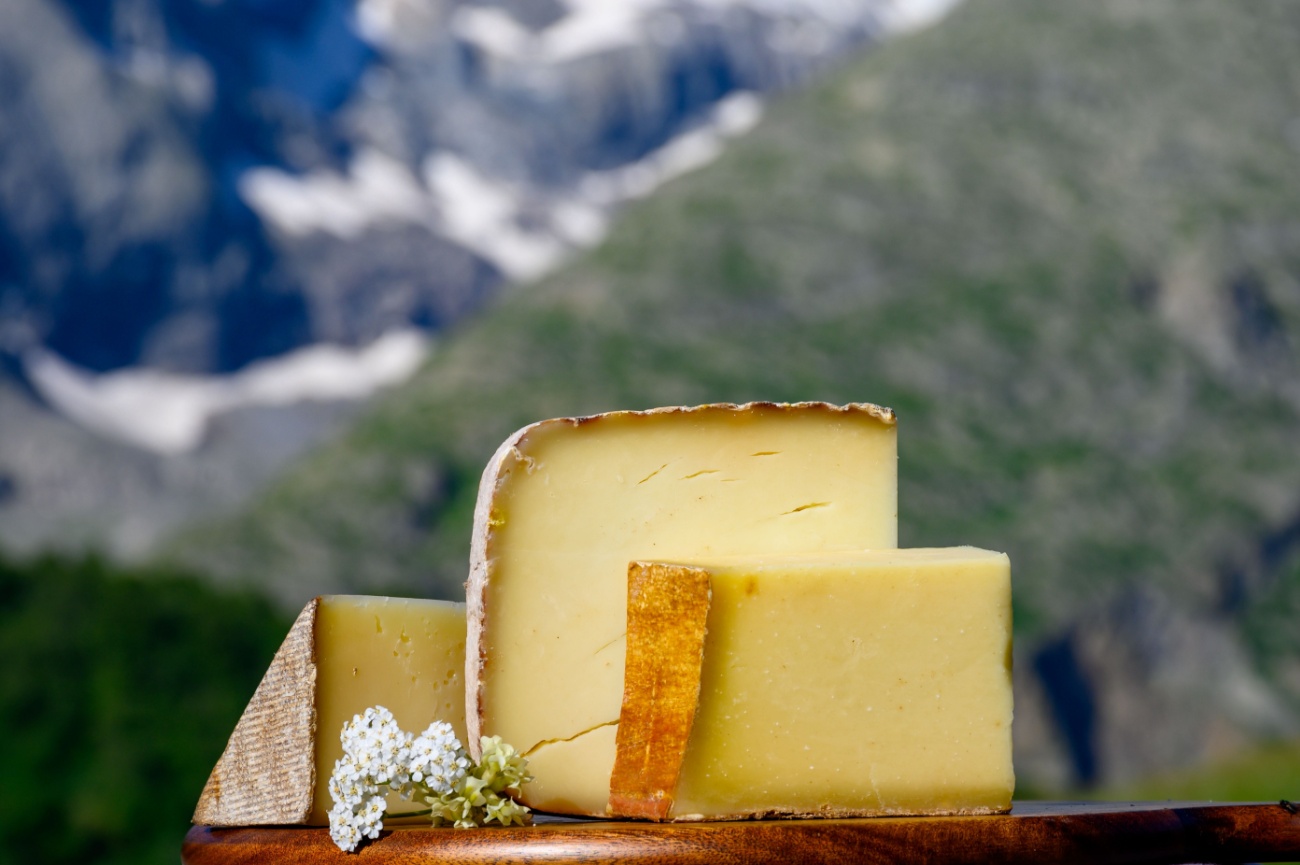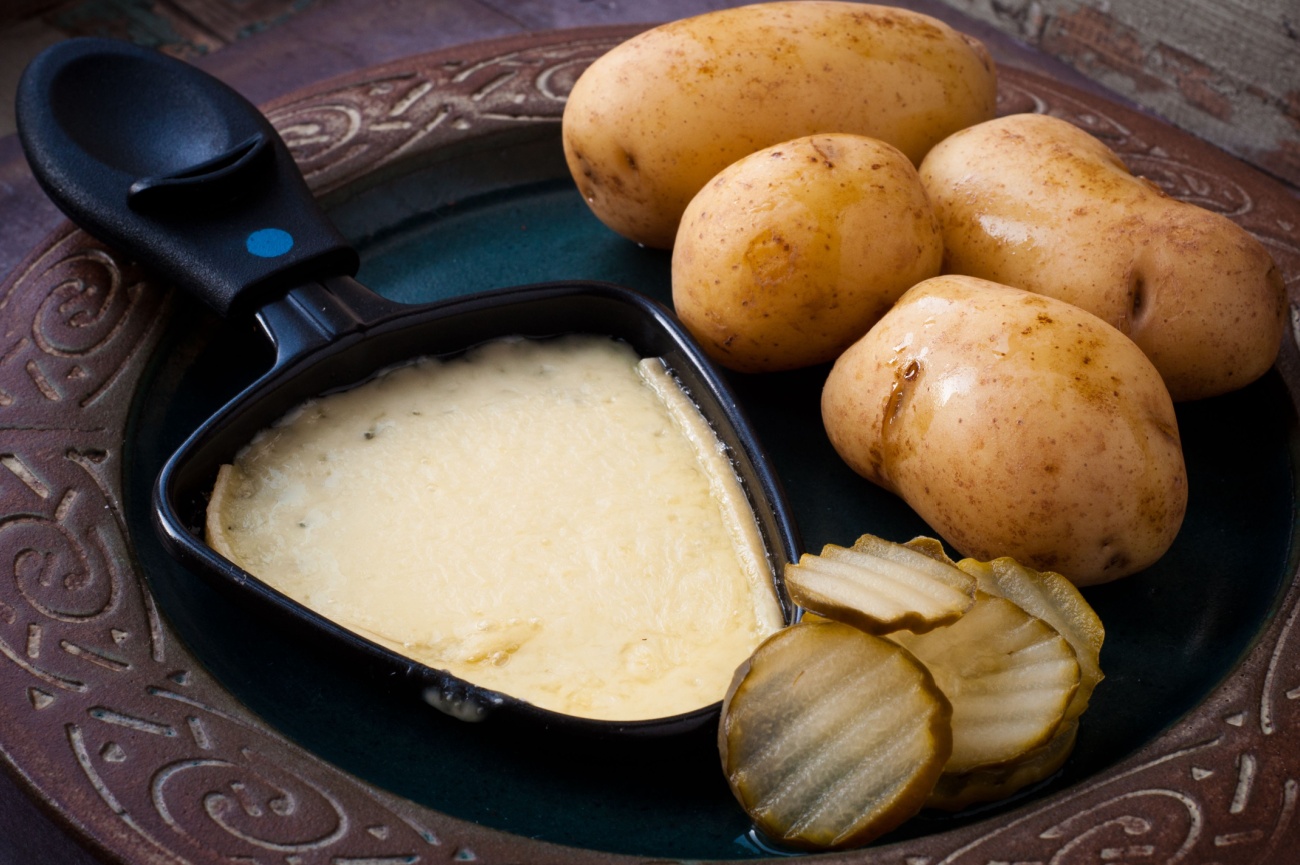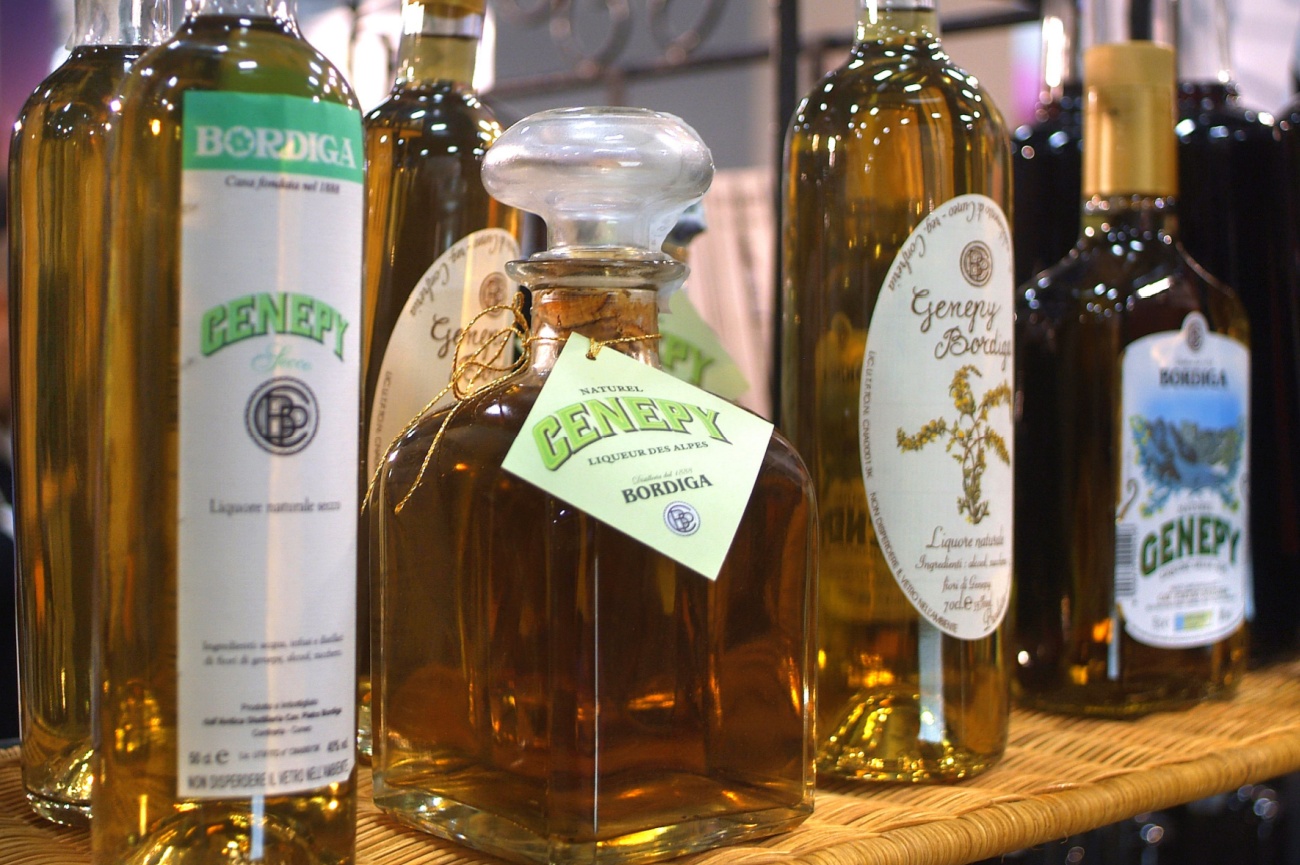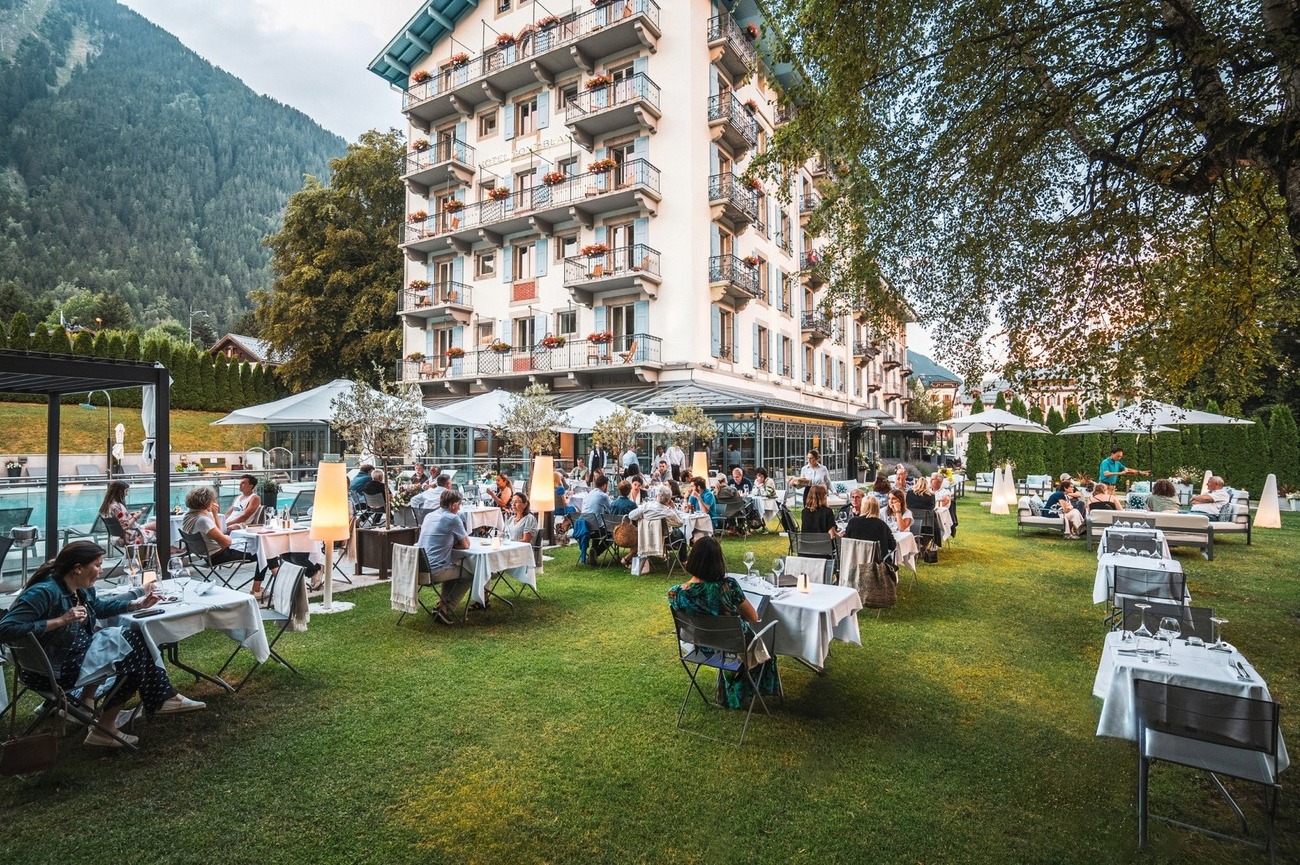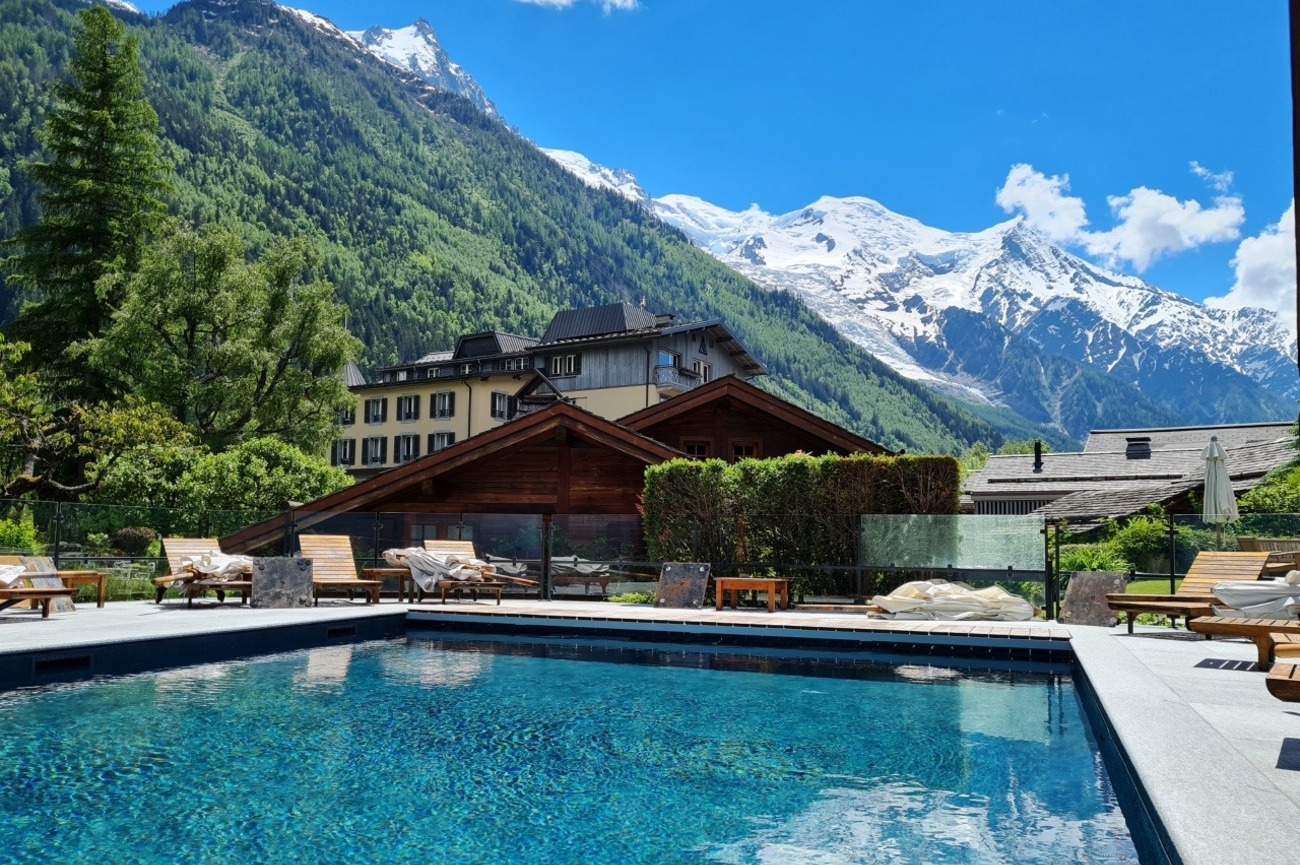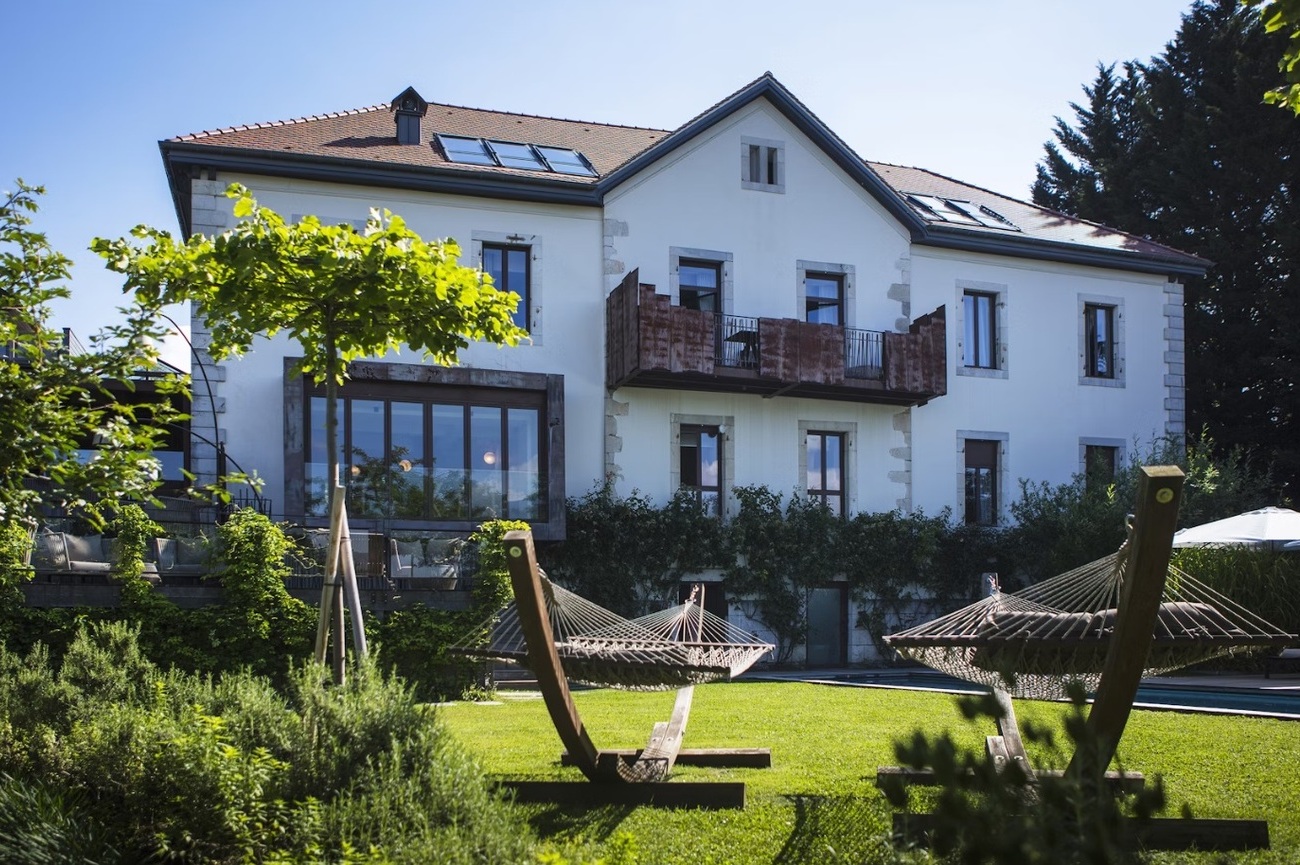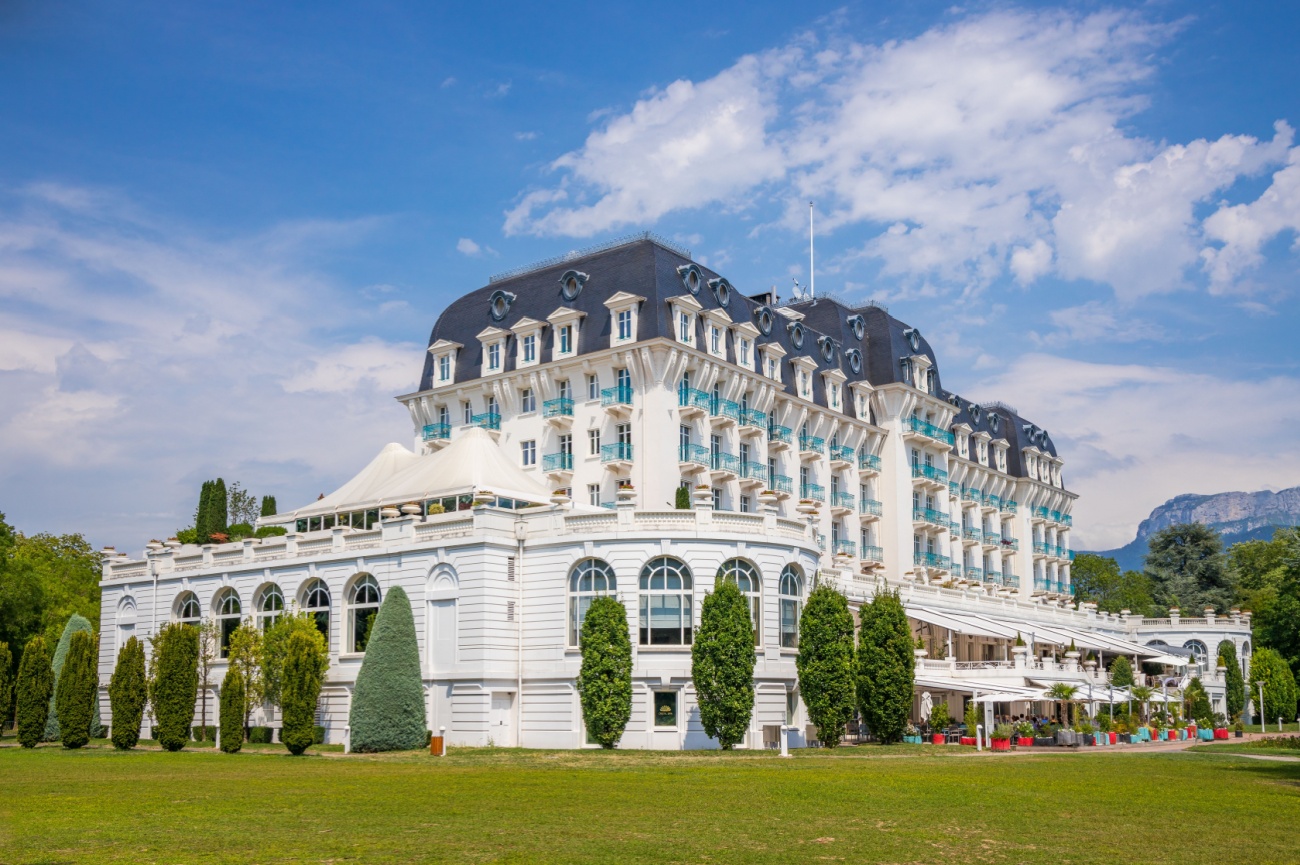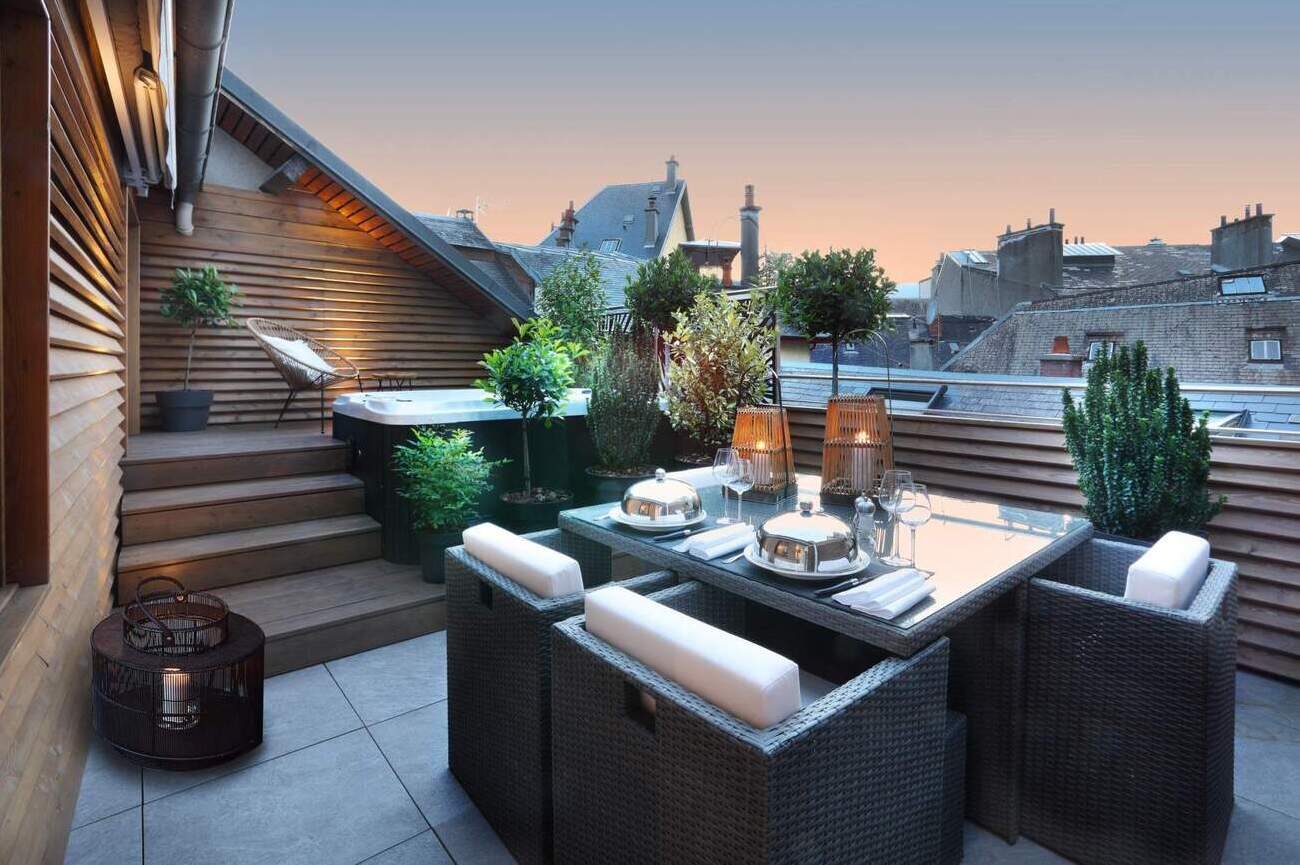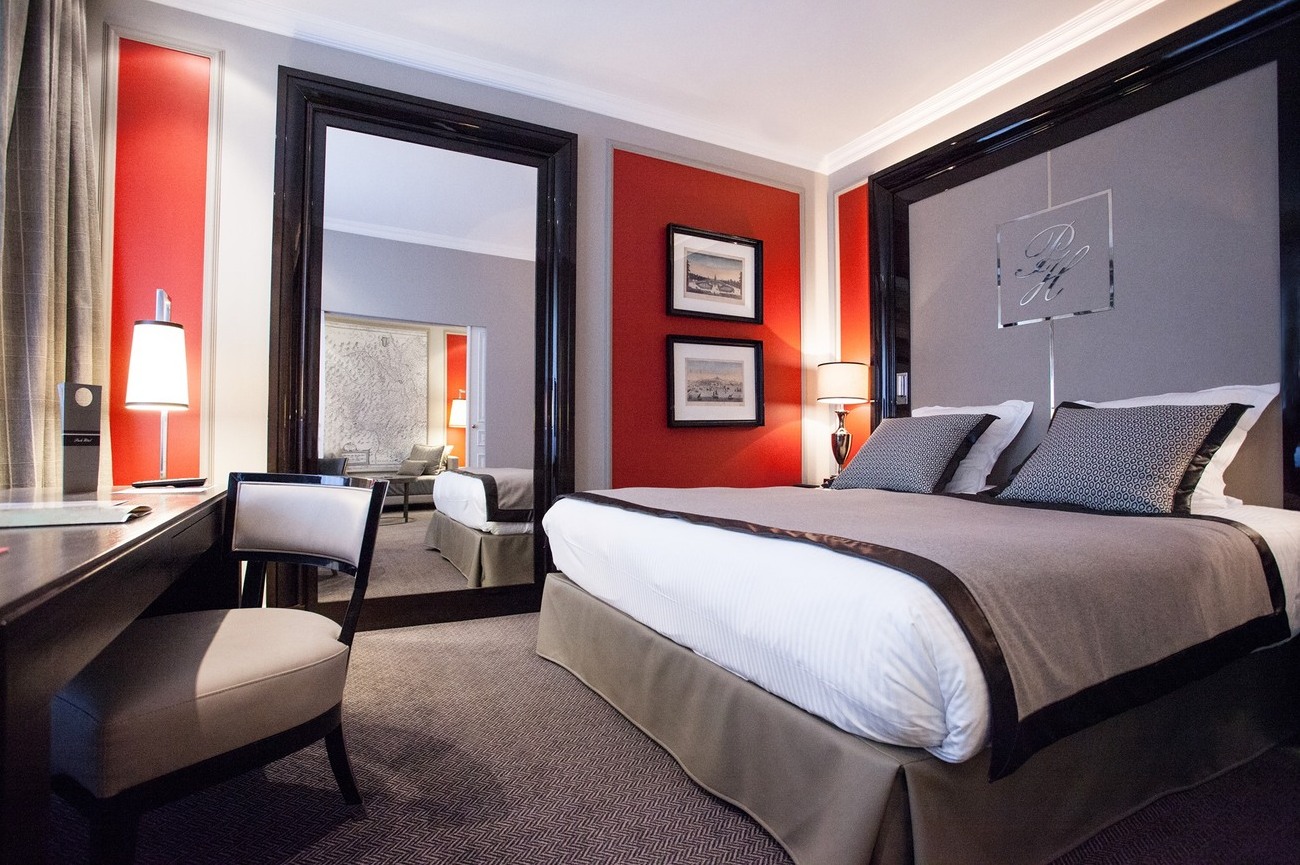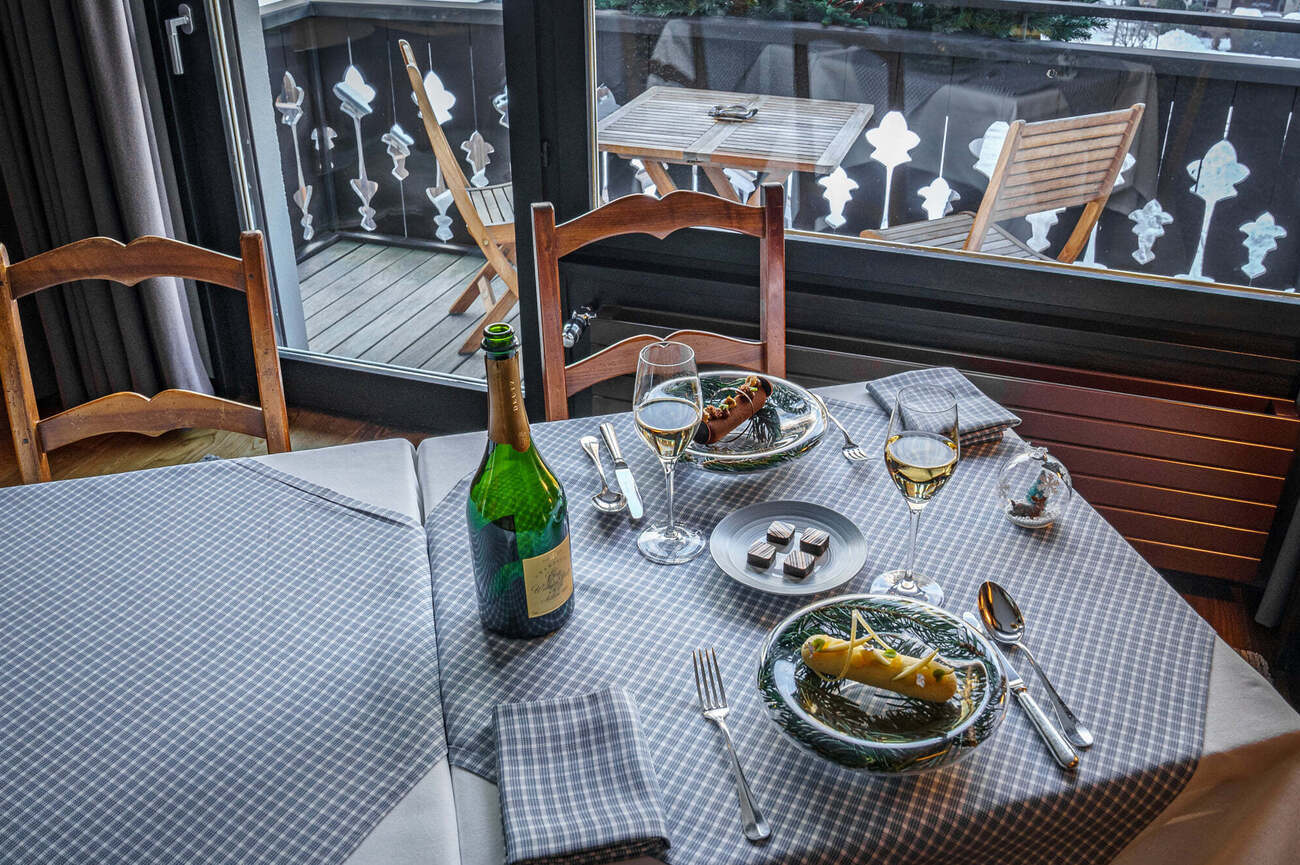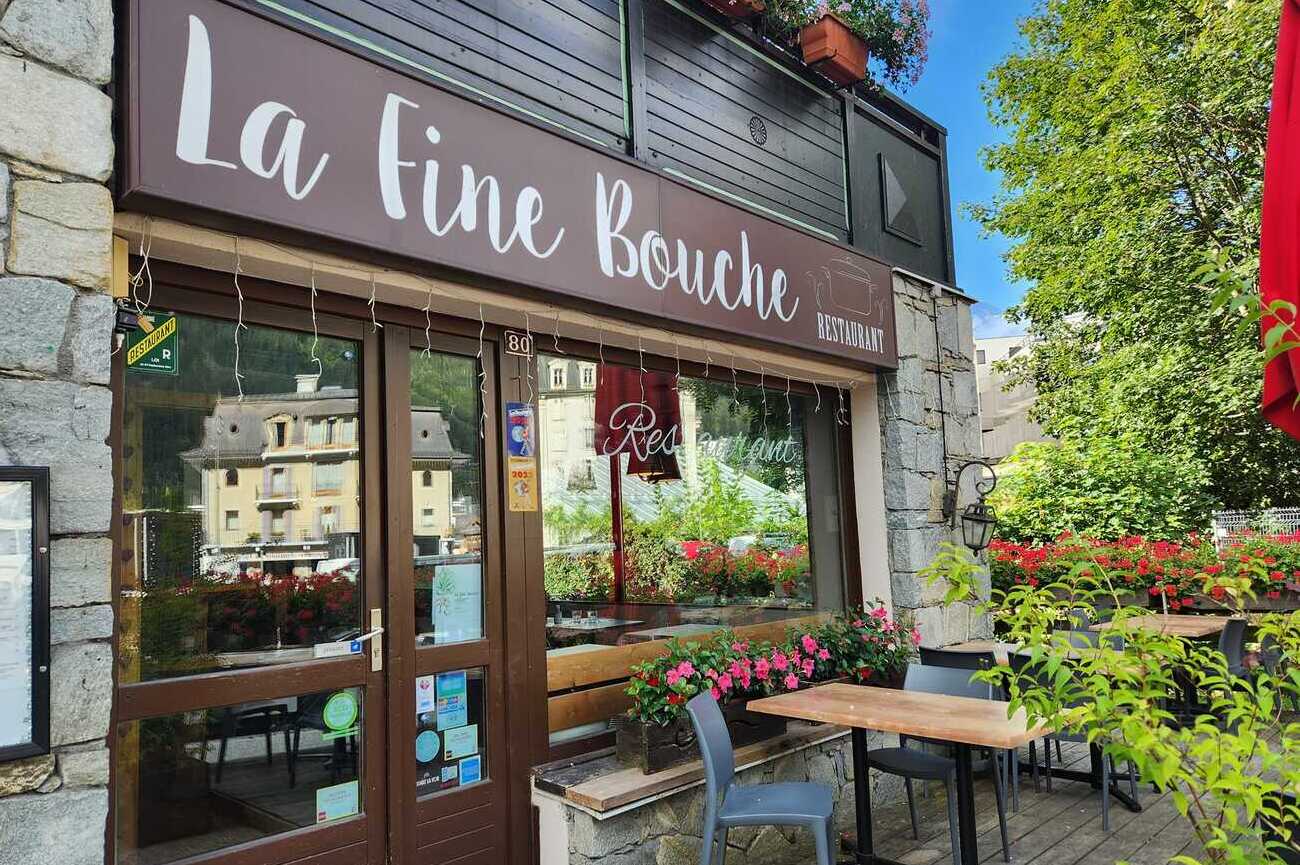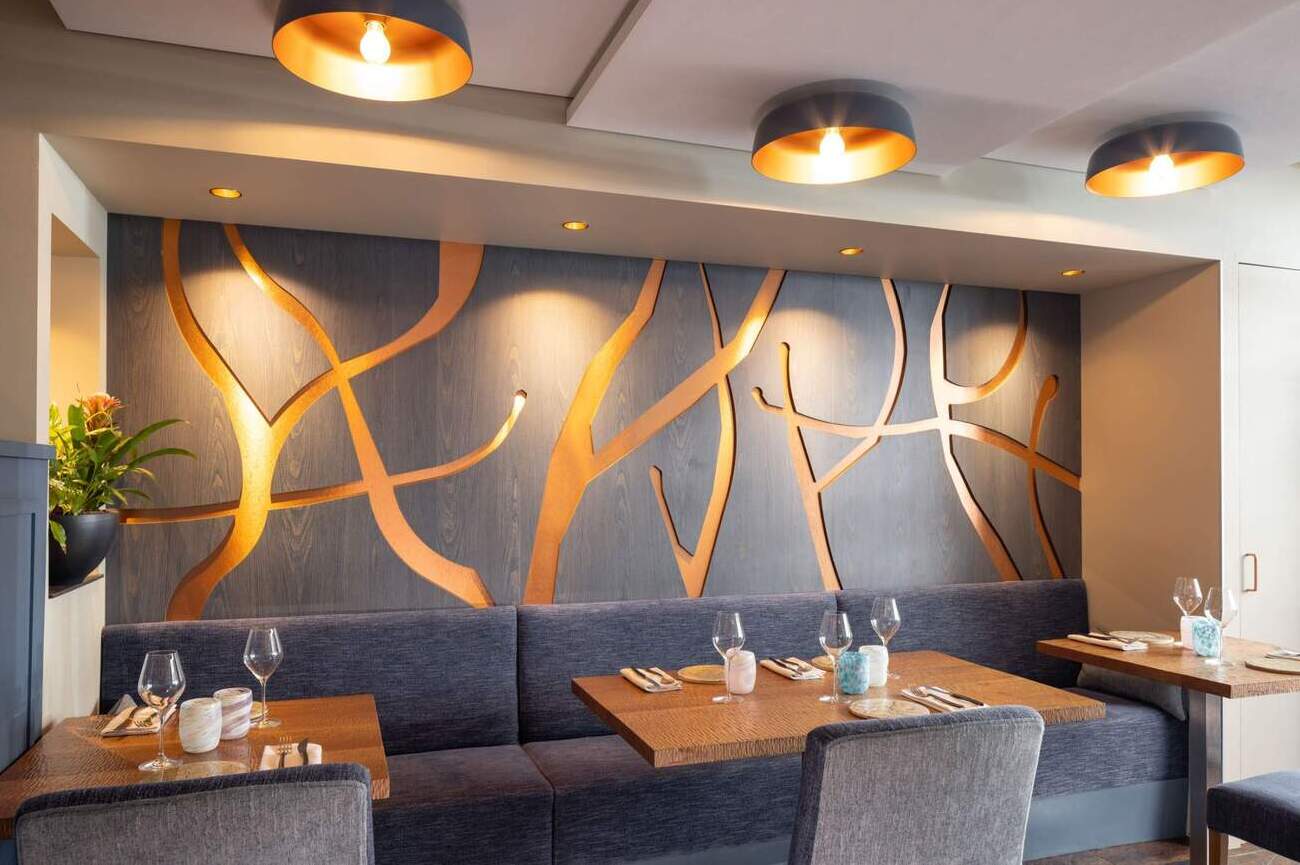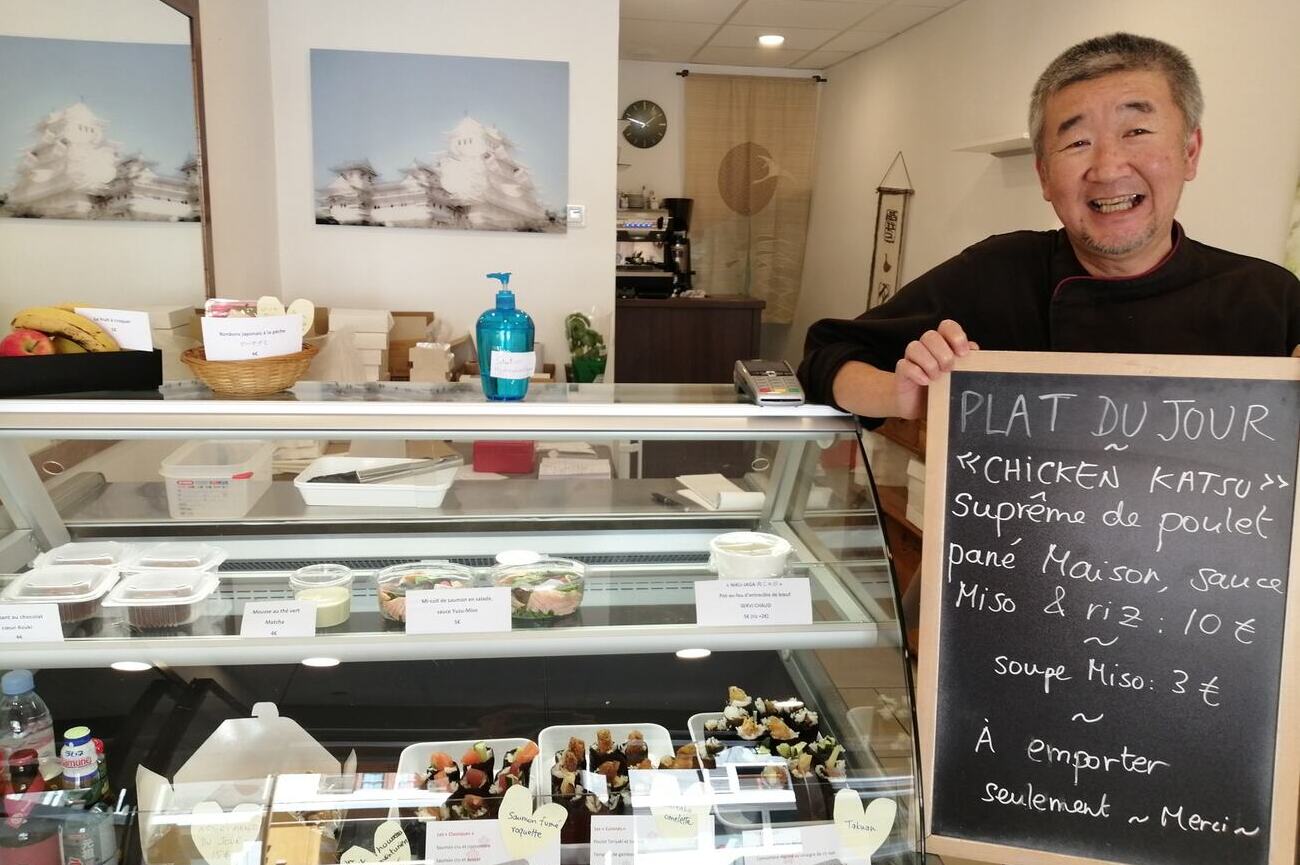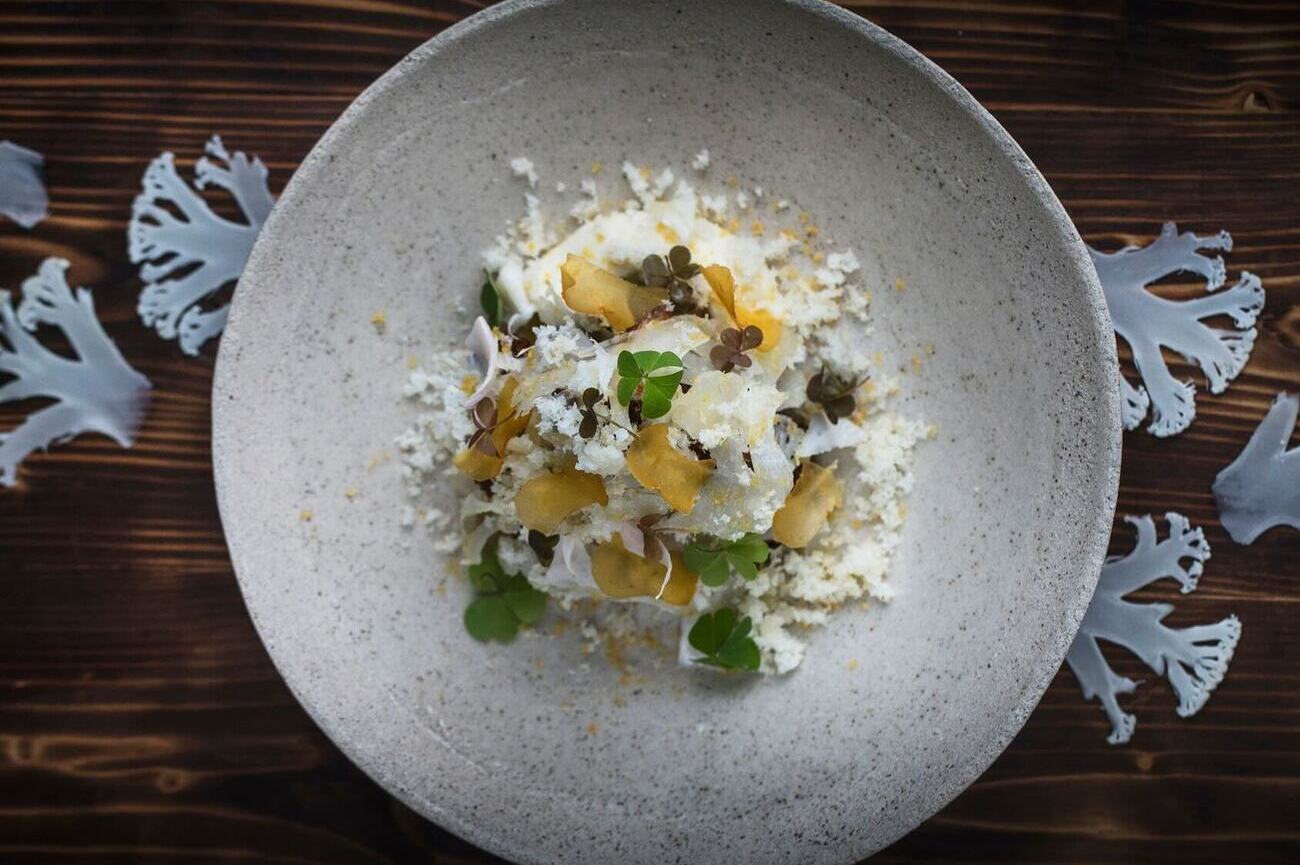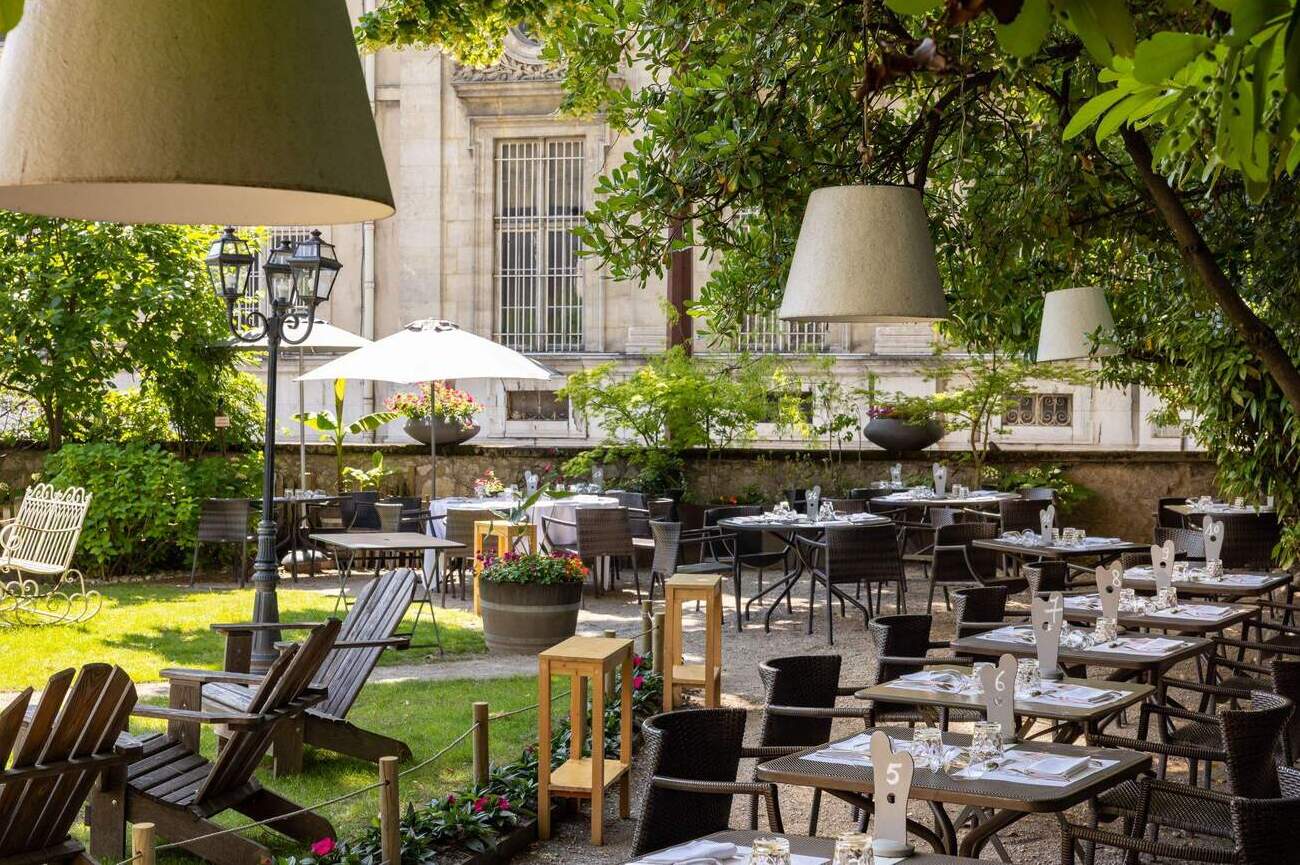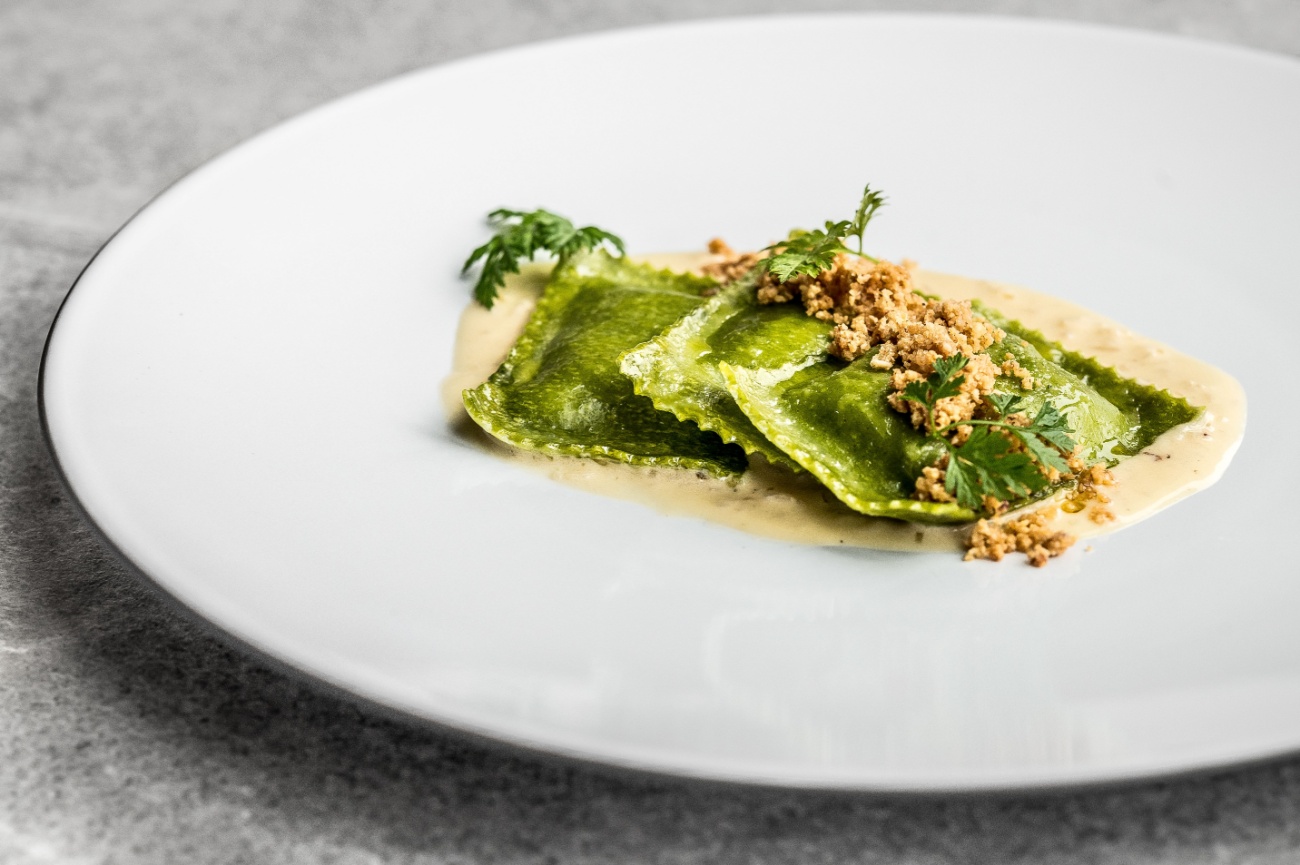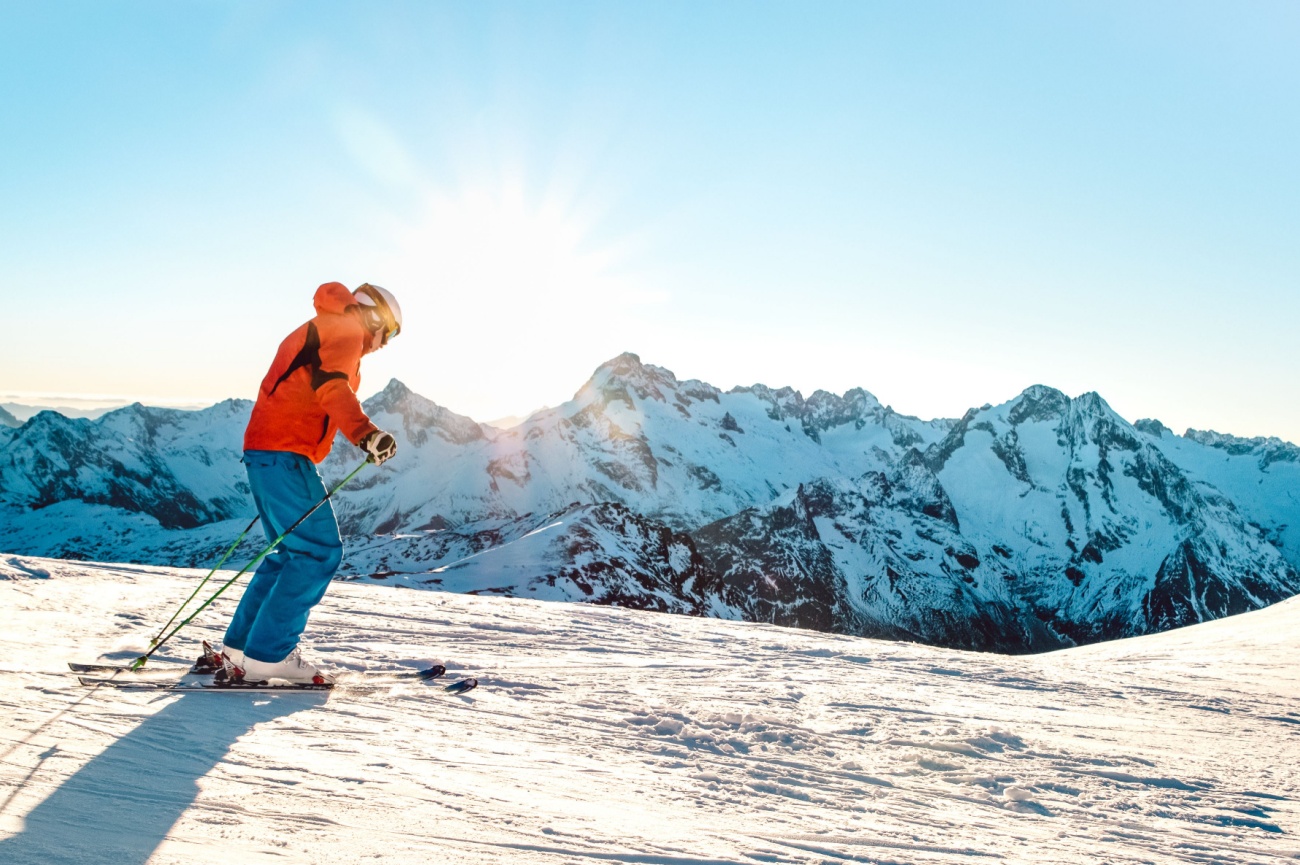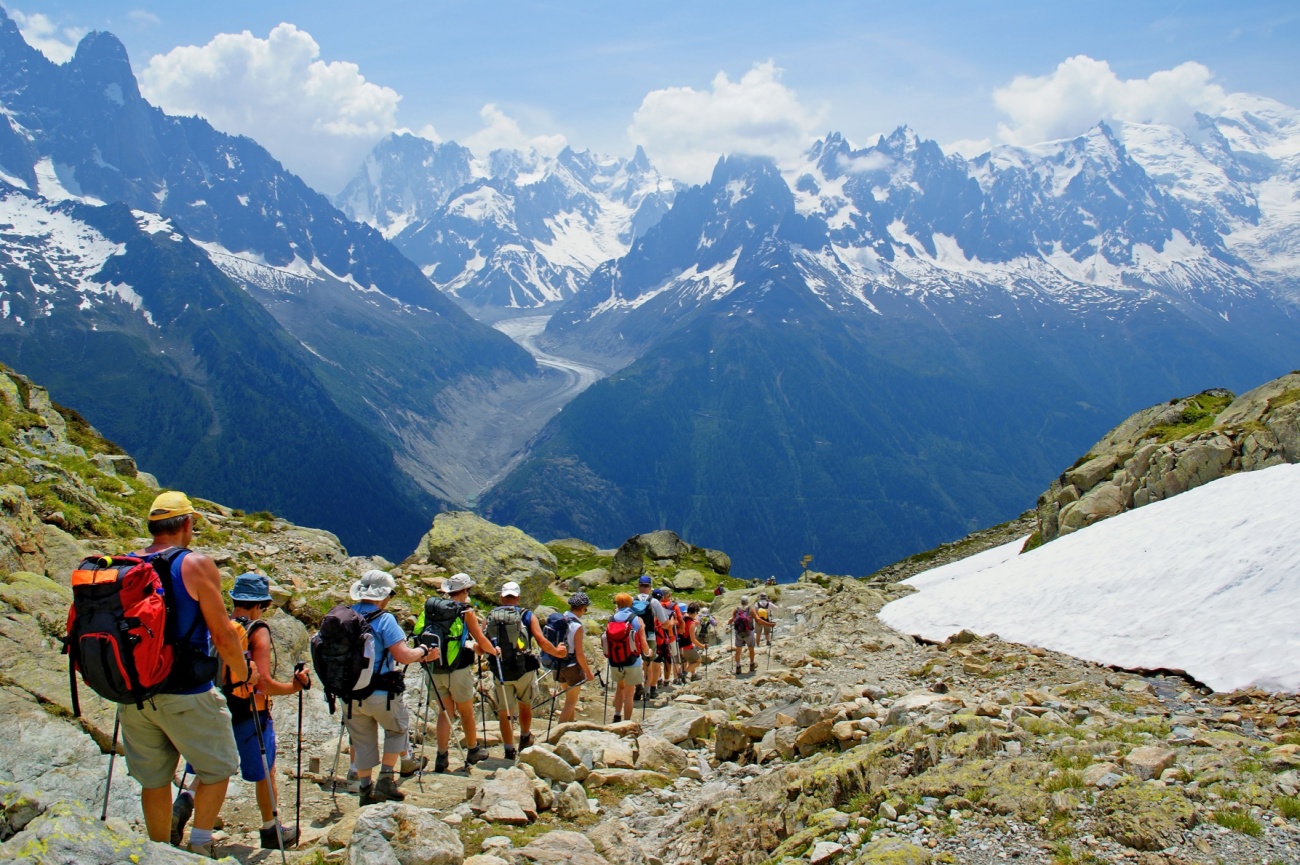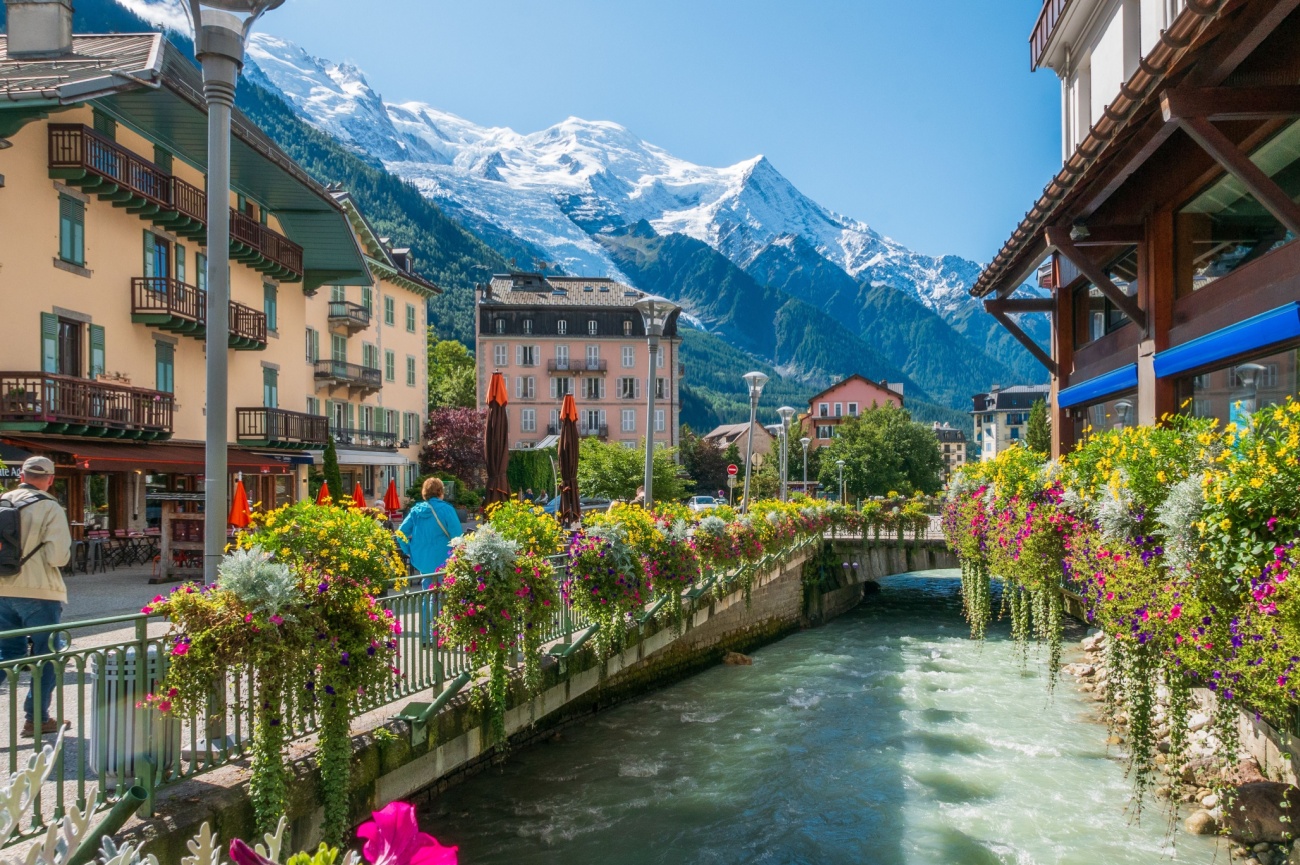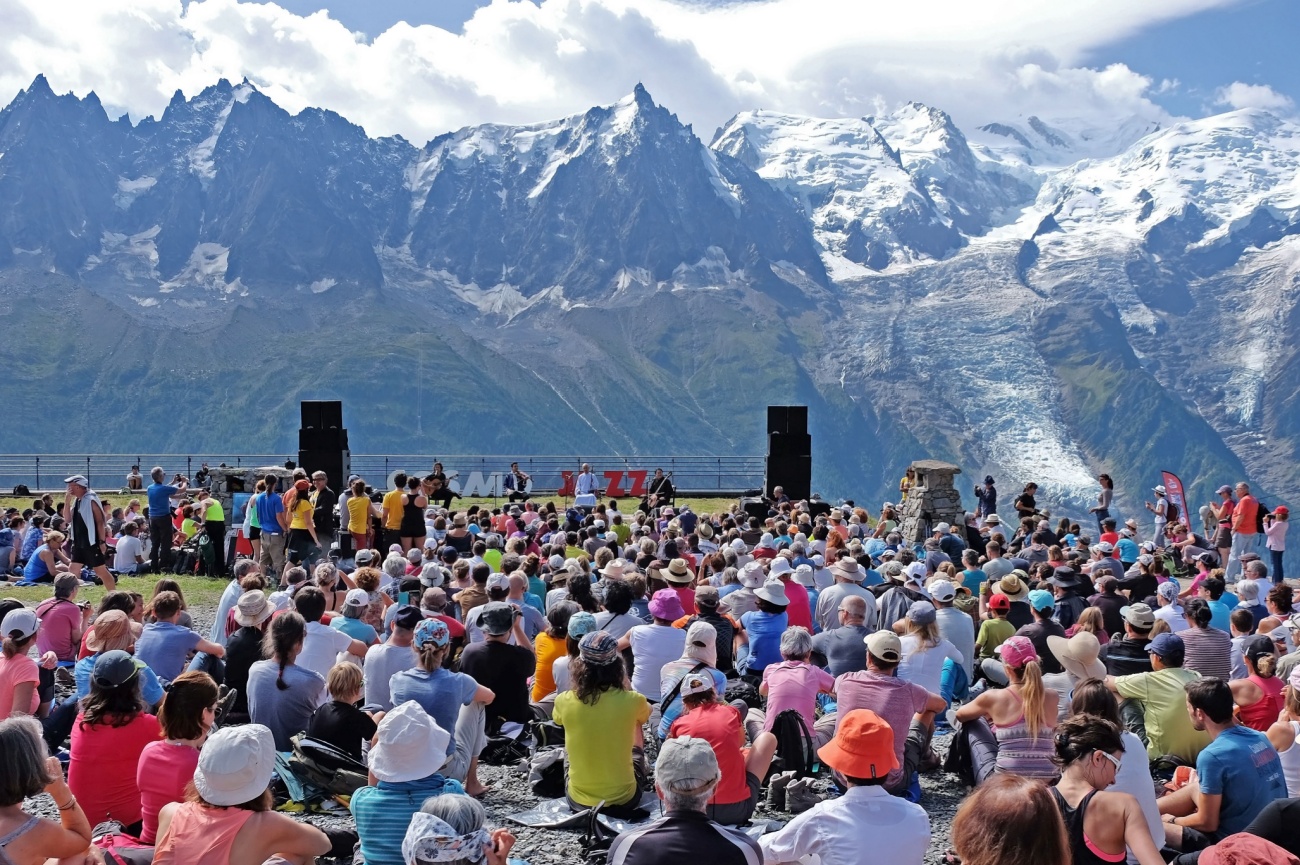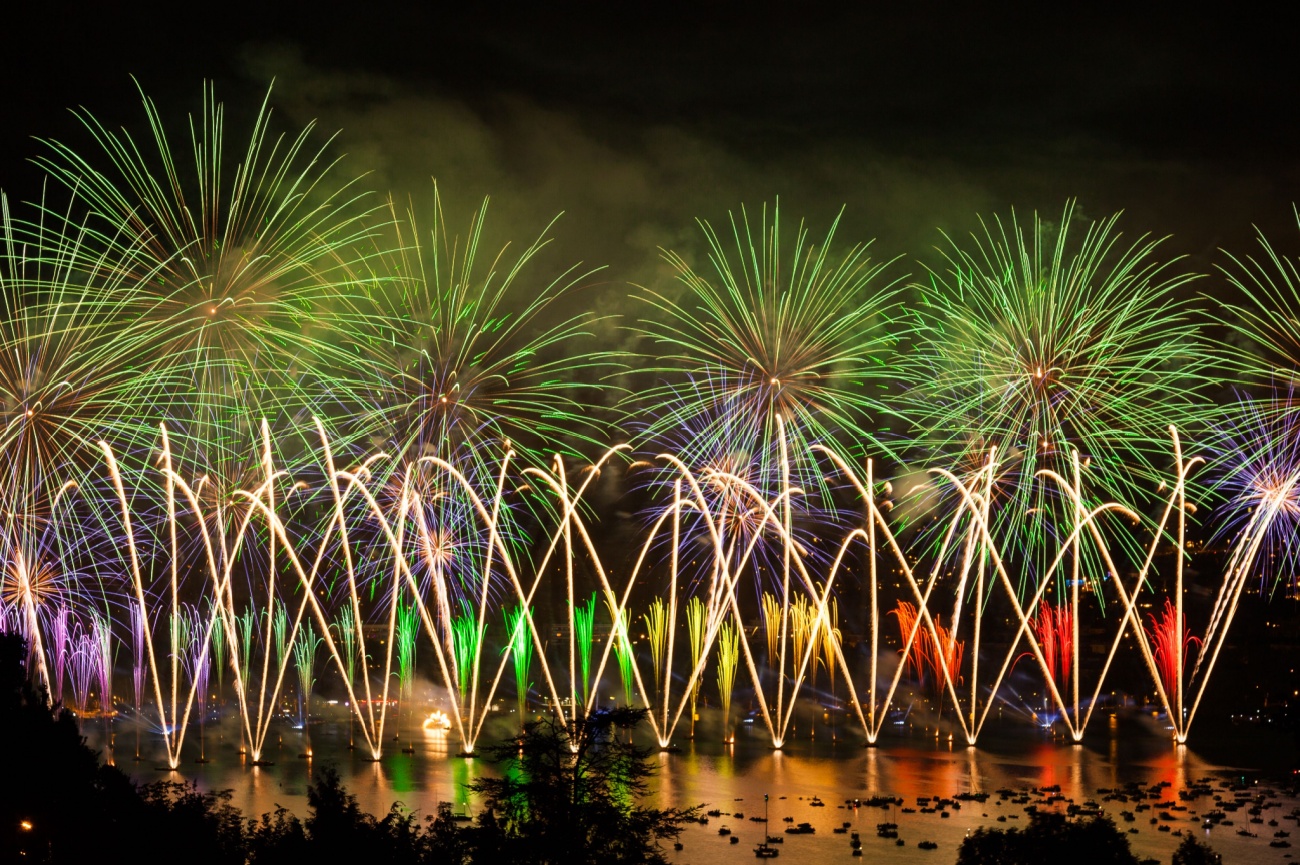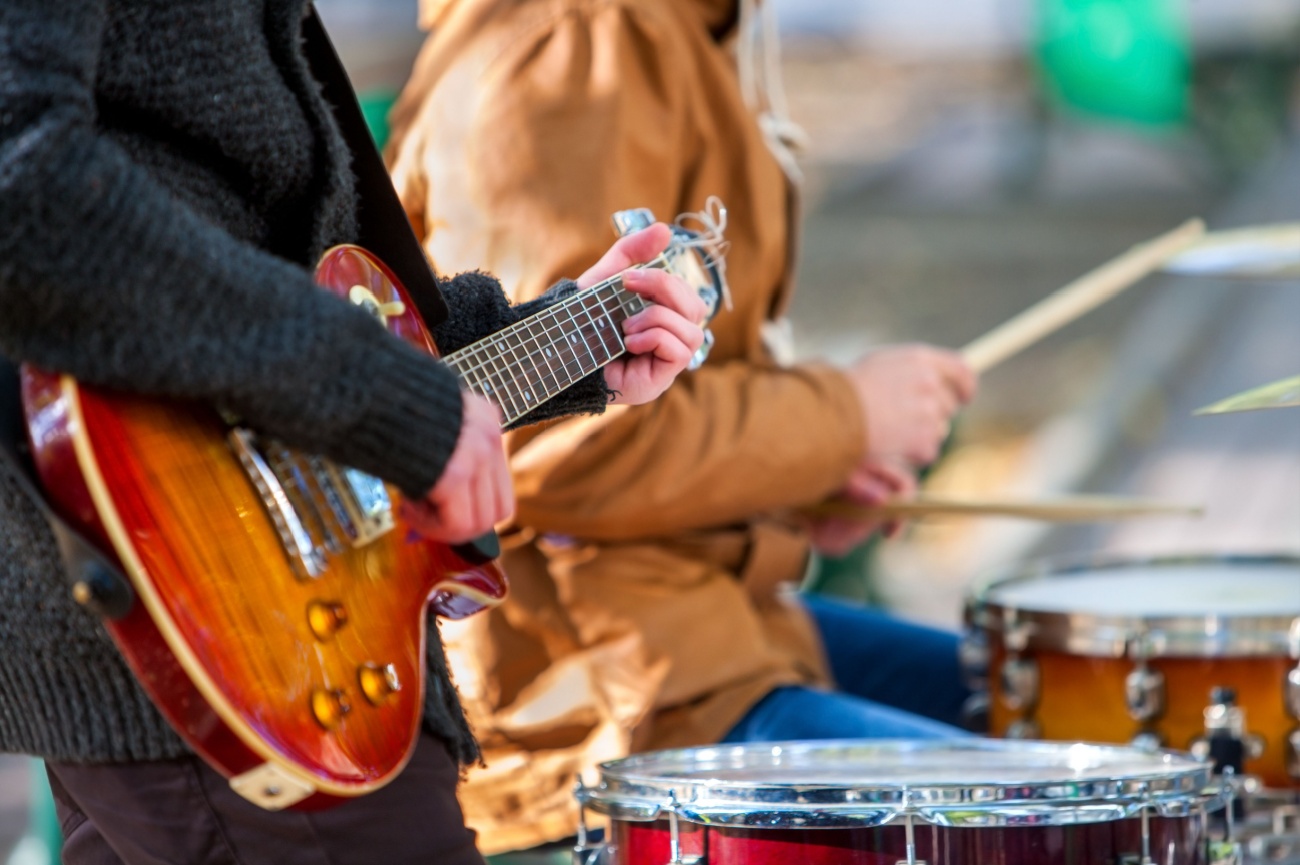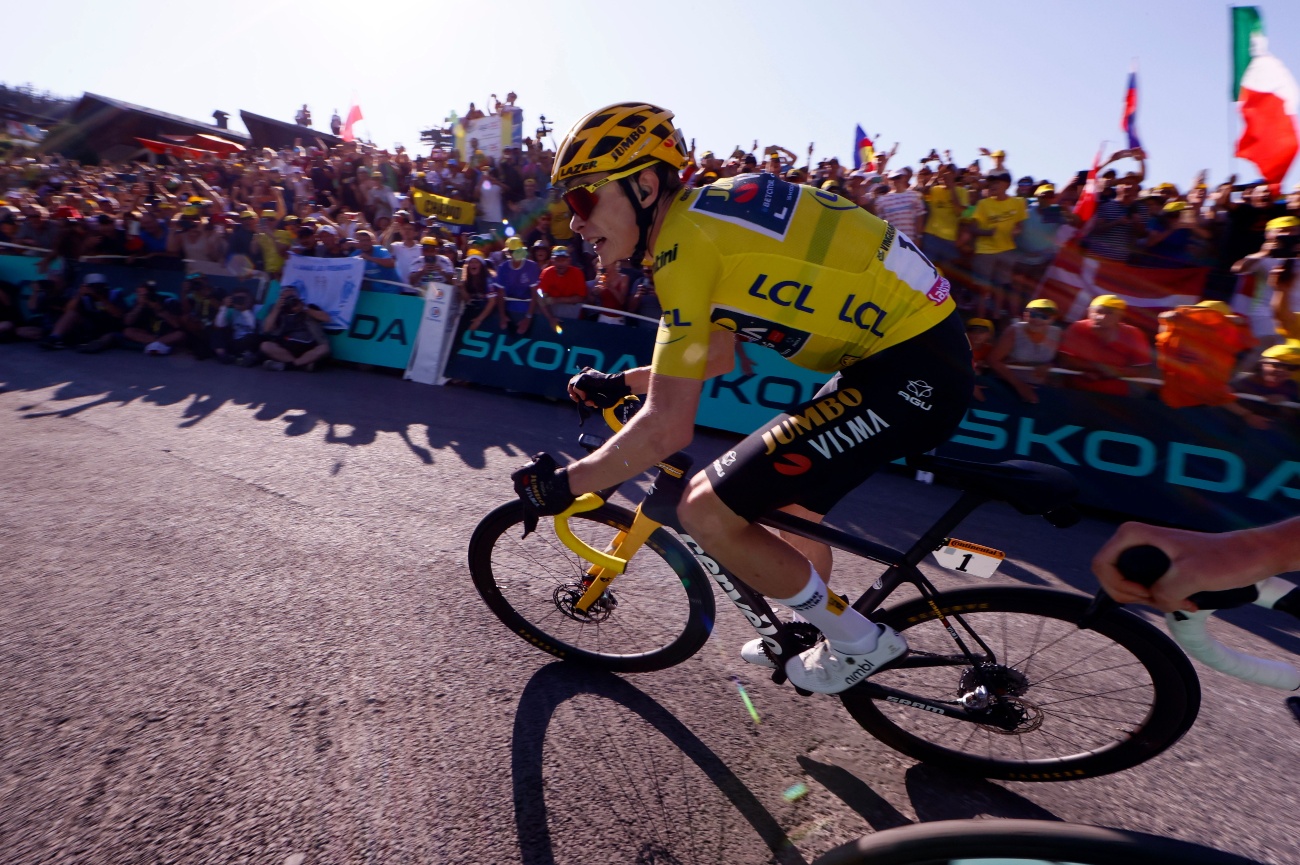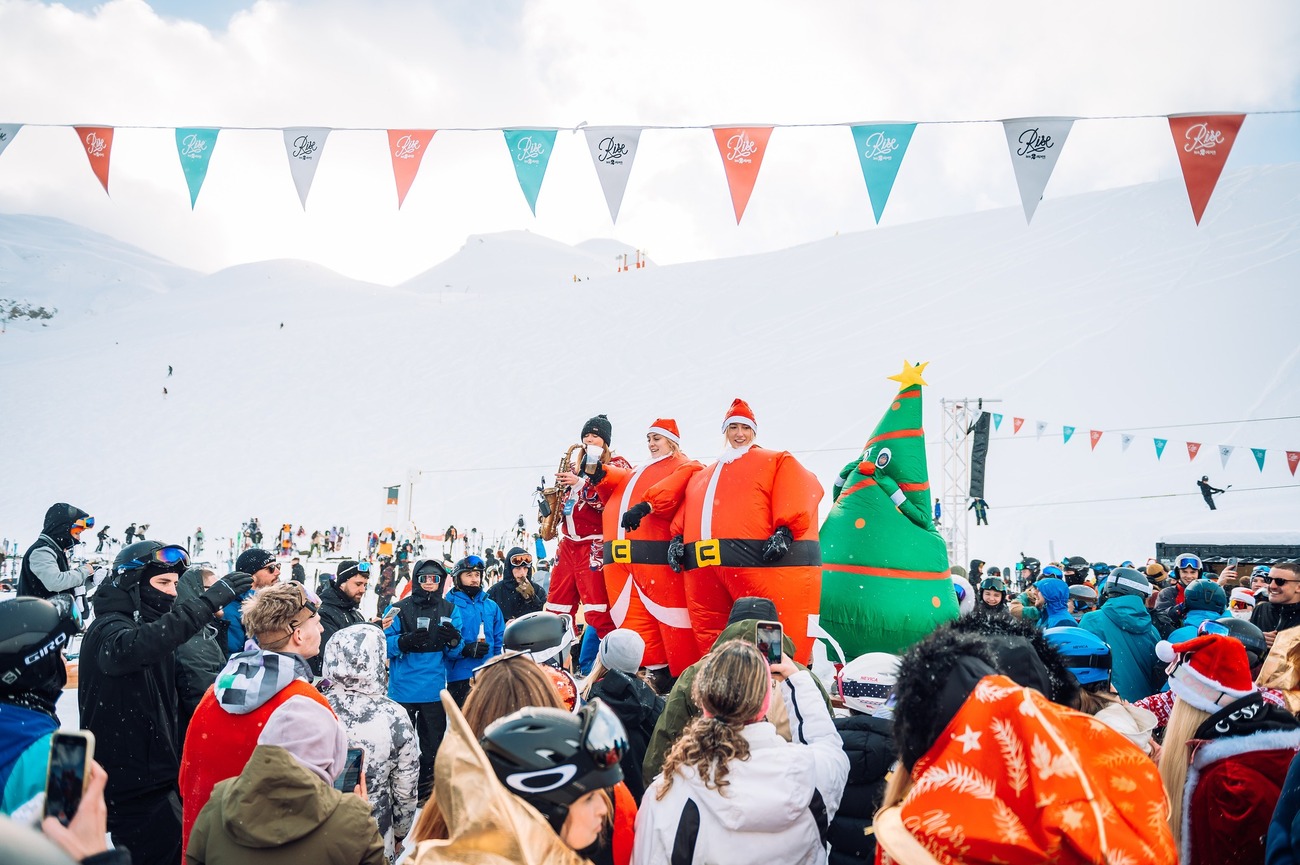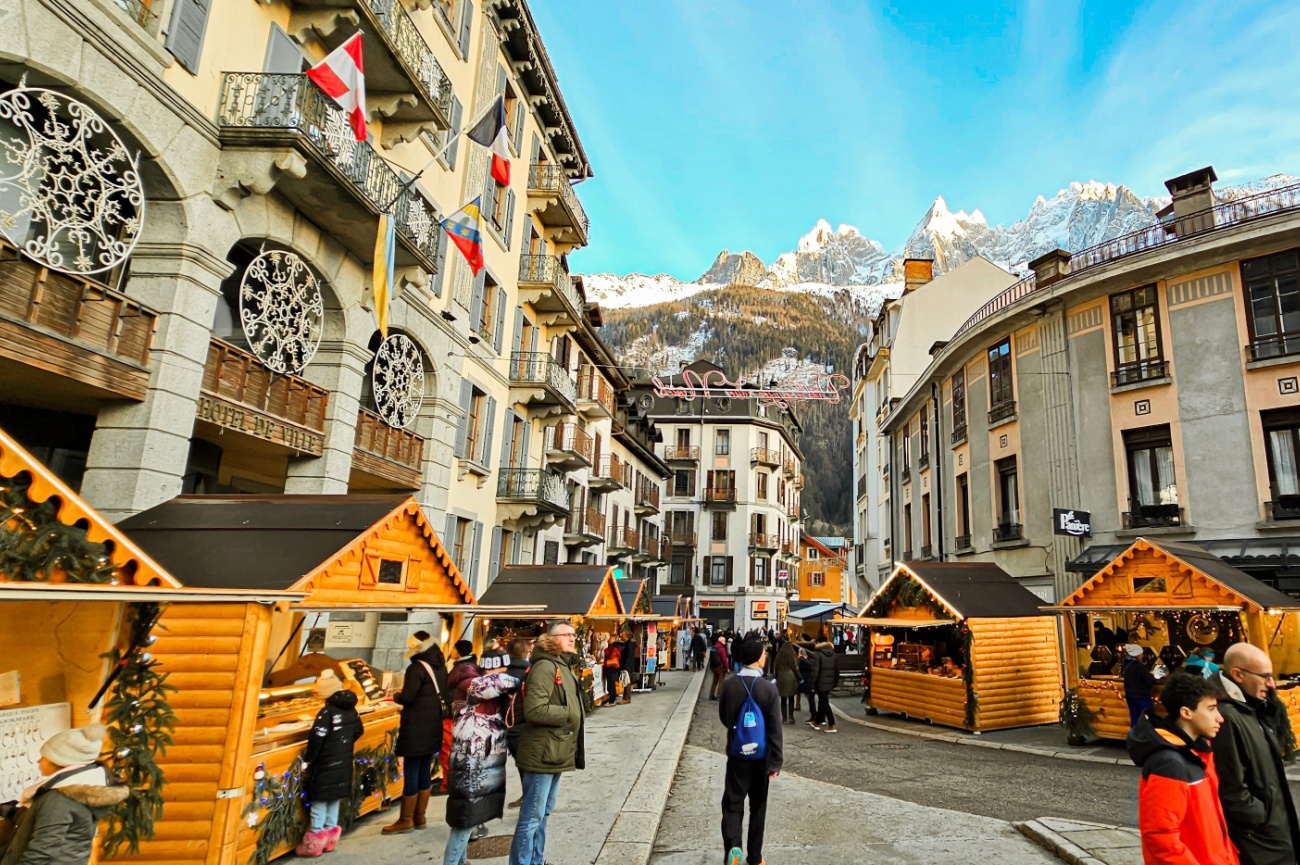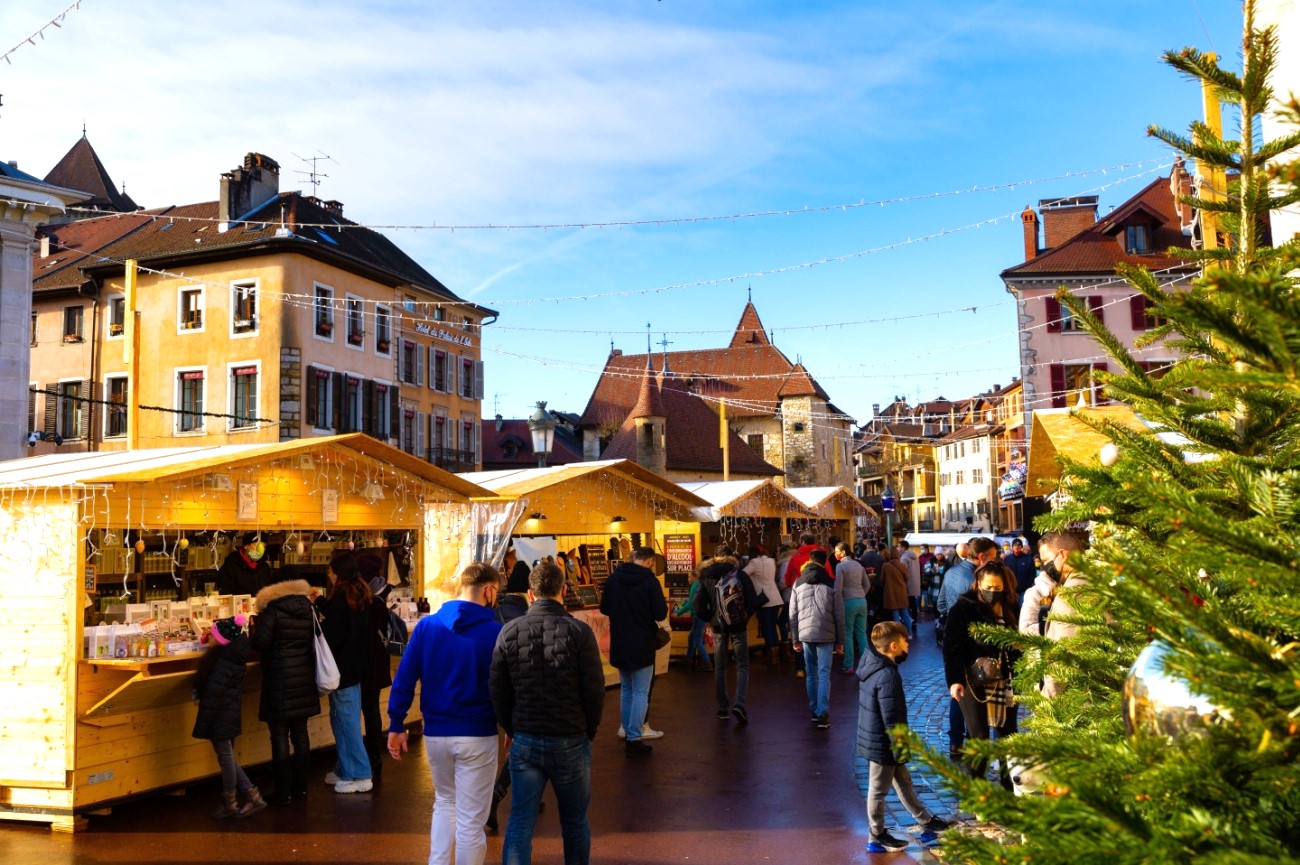Things to Do in French Alps: 4-Day Itinerary
One of Europe’s most beloved mountain regions, the French Alps are a wonderland of sparkling snow and ice come winter and a sun-soaked playground in the summer months. The famous Mont Blanc towers above storybook villages and ski resorts, all fun to discover on a road trip hopping from town to town.
Both outdoor lovers and luxury travelers will find something to love in these stunning mountains. From lakeside chateaux to museums, Michelin Star restaurants, and some of Europe’s best ski slopes. You’ll travel from the more humble alpine city of Grenoble to the glitz and glamor of Chamonix by the end of the this ultimate four day itinerary through the French Alps.
french alps Tour Map
Day 1: Grenoble

Morning: Muséum de Grenoble
- Muséum de Grenoble: Not to be confused with the Musée de Grenoble, the Muséum de Grenoble is a natural history museum. Explore exhibits like Crystal Symphony, a man-made cavern covered in real minerals, or Genesis of the Alps, which explains the formation of the French Alps. The museum also hosts temporary exhibits.
Museum of the Resistance and Deportation of Isere
A free museum that explores the history of WWII and Grenobles resistance to occupancy, the Museum of Resistance and Deportation of Isere highlights over 8,000 artifacts.
Musee de l’Ancien Eveche
A museum that highlights the regional history of Grenoble, the Musee de l’Ancien Eveche is an amalgamation of artifacts from French prehistory all the way up to modern times. Housed inside the former Bishop’s Palace, the museum is free to enter.
Musée de Grenoble
The Musée de Grenoble is a renowned fine arts museum, considered one of France’s most important cultural institutions. Home to over 900 works of art, it holds a fascinating collection spanning centuries, featuring both ancient and modern masterpieces. Visitors will find works by renowned artists like Monet, Picasso, Matisse, Gauguin, and many more. The museum also hosts temporary exhibitions, showcasing both classical and contemporary works. Its collection includes an impressive array of 20th-century avant-garde pieces, making it a must-visit for art enthusiasts.
Musée Archéologique Saint-Laurent
An archeological site in itself, the Musée Archéologique Saint-Laurent explores the incredible Cathedral Saint-Laurent, a 12th century church. Take a self-guided tour of the cloisters, basement burial chambers, colorful frescoes, and more.
Day 1, morning - French Alps Tour Map
Afternoon: Téléphérique Grenoble
Head up to Grenoble’s Fort de la Bastille using the Telepherique Grenoble, a unique “bubble” cable car that’s almost completely transparent and offers panoramic views of the city and surrounding mountains.
Fort de la Bastille
Built in the 19th century, the Fort de la Bastille is a military fortification that looks out over the city. The first fortifications were built on the hill in 1591. Visitors can explore the Bastille Art Center, Mountain Troops Museum, Cable Car Restaurant, and more.
Musée des Troupes de Montagne
Dedicated to the Alpine Hunters, a battalion of mountain army men in WWI and their families, the Musee des Troupes de Montagne houses collections that include uniforms, badges, posters, weapons, and other paraphernalia.
Musée Dauphinois
Housed inside the Sisters of the Visitation Convent, the Musee Dauphinois is dedicated to the inhabitants of the Dauphine Alps. Visitors will find permanent exhibits like the People of the Alps and the Grand History of Skiing, all set inside this historic building.
Jardin de Ville
End your adventures in Grenoble at the Jardin de Ville, a charming greenspace along the River Isère. This historic park features lush gardens, shaded walkways, and the elegant 17th-century Hôtel de Lesdiguières pavilion. It's a perfect spot to relax, enjoy a picnic, or let kids play in the dedicated playground.
Day 1, afternoon - French Alps Tour Map
Day 2: Chambéry

Muséum d’Histoire Naturelle
Chambery’s natural history museum, the Museum d’Histoire Naturelle highlights exhibits mostly on animals including mollusks and insects.
Château des Ducs de Savoie
Built in the 13th century, the Château des Ducs de Savoie is a fortified castle in the center of Chambery. Visitors can take guided tours to see inside the still opulently decorated salons, bedrooms, and more.
Cathédrale Saint-François-de-Sales
One of the most beautiful cathedrals in France, the Cathedrale Saint-Francois-de-Sales is dripping with impressive trompe-l’oeil frescoes that cover every inch of the interior walls and ceilings.
Musée Savoisien
Housing over 2,000 objects that help tell the story of France’s Savoy region and its unique history, visitors will find everything from Roman graffiti to traditional Savoyard costumes, jewelry, alpine equipment, art, and more.
Parc du Verney
Take a break from the museums in the leafy Parc du Verney with plenty of water features and shady spots to keep you cool in the summer months.
Musée des Beaux-Arts
Chambers very own fine arts museum, the Musee des Beaux Arts highlights mostly Italian paintings that span from primitives to Renaissance and modern art. Many works come from specifically Piemonte and Savoy artists.
La Fontaine des Éléphants
Towering almost 58 feet tall, La Fontaine des Éléphants is a beautiful landmark in the center of the Place des Elephants with four carved elephants spewing water.
Galerie Eurêka
A science museum with intriguing exhibits, the Eureka Galerie teaches visitors about the formation of the Alps, learn more about STEM subjects, and seek out temporary exhibits.
Day 2 - french alps Tour Map
Day 3: Annecy

Annecy Old Town
Wandering through Annecy Old Town is like stepping into a fairytale. With its colorful medieval buildings, charming canals, and cobbled streets, this historic district is the heart of the city. Lined with boutique shops, cafés, and markets, it's the perfect place to soak up the town’s atmosphere before exploring its most famous landmarks.
Le Palais de l’Île
Built in the 12th century, Le Palais de l’Île was once a private home, courthouse, prison, mint, and administrative center. Built on a natural island (as its name suggests) in the Thiou River, visitors can take a tour to see everything from the entrance courtyard to the dungeons and coin mint wind.
Pont des Amours
Built from cast iron in 1907, the Pont des Amours is a classic, romantic pitstop on your promenade around Annecy. Shrouded from the sun by thick foliage from the many trees that surround it, boats pass beneath the bridge on their way to and from the Lac Annecy, providing an even more dreamy atmosphere.
Musée-Château d’Annecy
A restored castle that was originally built between the 13th and 14th centuries, the Musée-Château d’Annecy was once the residence of the Counts of Geneva before being abandoned and later restored as a museum. Today, it houses exhibits focusing on Savoyard culture, archaeology, and Alpine history, offering insight into the region’s rich heritage.
Lac d’Annecy
A perialpine lake nestled in the French Alps, Lac d’Annecy is the third-largest lake in France. Formed by glacial melt over thousands of years, the lake is now a popular destination for outdoor enthusiasts. Visitors can admire its beauty from hiking and biking trails or enjoy water sports like kayaking on its crystal-clear waters.
Jardins de l’Europe
A large garden situated on a promontory that juts into Lake Annecy, the Jardins de l’Europe make for a beautiful spot to stop and admire the scenery.
Cathédrale Saint-Pierre
A humble Catholic cathedral built in the 16th century, Cathedrale Saint-Pierre is a beautiful example of Renaissance architecture both in its exterior and interior. Step inside to see the large organ, added in the 1800s.
Day 3 - french alps Tour Map
Day 4: Chamonix

Mont Blanc
No visit to Chamonix is complete without seeking out a view of Mont Blanc. While you’ll need serious climbing experience to reach the summit, there are plenty of ways to admire this legendary peak. Take the Aiguille du Midi cable car, which holds the record for the highest vertical ascent of any cable car in the world, soaring from 1,035m to 3,842m in just 20 minutes over two stages. From the observation deck, enjoy breathtaking panoramic views of the Mont Blanc massif and surrounding peaks.
Aiguille du Midi
Chamonix’s Aiguille du Midi is the highest cable car in all of France! Sitting at 3,842 meters tall, visitors can ride the cable car up to the observation deck where they’ll find the terrace, have the chance to walk around the central peak, and “Step Into the Void”, a glass box where you’ll feel like you’re floating on the clouds—with some seriously scary views down below.
Musée des Cristaux - Espace Tairraz
Located in the heart of Chamonix, the Musee des Cristaux - Espace Tairraz is a museum dedicated to crystals and Alpine mineralogy. Most pieces come from the Mont Blanc massif which exhibits the feature quartz, sapphires, rubies, gold, and more.
Mer de Glace
France’s largest glacier, the Mer de Glace is both a sweeping swathe of ice and a set of incredible attractions that include the Grotte de Glace ice caves, Glaciorium and its exhibits on glaciology, panoramic restaurant, and the Montenvers Railway.
Day 4 - french alps Tour Map
Other Things to See and Do in the French Alps
- Go Hiking: The French Alps are a paradise for hikers, offering dramatic peaks, alpine meadows, and glacial lakes. From gentle valley walks to challenging high-altitude treks, there’s a route for every level. For breathtaking views of Mont Blanc, try the Lac Blanc hike (Chamonix). Prefer a quieter trail? The Plateau des Glières offers rolling pastures and World War II history. After a multi-day adventure? The Tour du Mont Blanc is one of Europe’s most iconic long-distance hikes, beginning in Chamonix and winding 103 miles through France, Italy, and Switzerland.
- Paragliding: Chamonix, Annecy, and Méribel offer some of the best paragliding spots in Europe, where you can fly tandem with an expert instructor, providing a thrilling yet accessible way to experience the Alps from above. Annecy is particularly famous due to its microclimate and stable air conditions, making it a top destination for paragliding year-round. In Les Trois Vallées, glide over dramatic mountain landscapes, while in Chamonix, flights offer breathtaking views of Mont Blanc. Best of all, paragliding is possible in every season, even in winter!
- Whitewater Rafting: Go whitewater rafting on the Arve River, winding in the shadow of Mont Blanc. With gorgeous turquoise water, the Arve has mostly gentle Class II and III rapids, although children must be at least 10 years old to participate. For a more intense adventure, head to the Durance River, where Class III and IV rapids promise an adrenaline rush through deep gorges and fast-moving currents. The Isère River, one of the most famous rafting spots in the French Alps, features thrilling rapids along a 23-kilometre route, cutting through the Tarentaise Valley.
- Canyoning is an adrenaline-fueled adventure combining climbing, swimming, and abseiling through rugged mountain gorges. Slide down natural rock chutes, jump into crystal-clear pools, and rappel down cascading waterfalls. For an epic experience, head to Angon Canyon (Lake Annecy), known for its dramatic drops, or try Chalamy Canyon (Vanoise National Park) for narrow passages and thrilling jumps. Want something more extreme? Ecouges Canyon (Vercors) offers one of the toughest descents in the Alps.
- Via Ferrata offers a thrilling mix of hiking and rock climbing on protected routes in the French Alps. With steel cables, ladders, and metal rungs, it lets you challenge steep cliffs without full climbing experience. For stunning Mont Blanc views, try Via Ferrata des Évettes (Chamonix). For a dramatic climb, Via Ferrata de la Cascade (Sixt-Fer-à-Cheval) follows a waterfall. After a high-altitude challenge? Via Ferrata du Roc du Vent (Beaufortain) features a suspension bridge over a deep gorge.
- E-bike Trails: Many ski resorts in the French Alps transform into e-bike destinations in summer, making mountain biking accessible to all with electric assistance. Resorts like Morzine and Les Gets in the Portes du Soleil offer marked trails and lift-accessed routes, while Tignes & Val d’Isère provide dedicated e-bike paths through high-altitude landscapes. For a more relaxed ride, the Annecy Lake loop offers scenic lakeside views.
- Thermal spas in the French Alps offer the perfect way to unwind after a day of skiing, hiking, or exploring. Thermes de Saint-Gervais, at the foot of Mont Blanc, is known for its skin-repairing waters. In Brides-les-Bains, wellness centres feature thermal baths, saunas, and treatments. For a tranquil escape, Thermes Chevalley (Aix-les-Bains) offers stunning lake and mountain views, making it a top spot for relaxation
- Chateau de Sassenage: Situated just outside of Grenoble, the Chateau de Sassenage is a 17th century castle that’s chock full of antique furniture, incredible architecture, and sprawling grounds. Once the home of the Berenger-Sassenage family, visitors can take part in hourly visits and dedicated children’s tours.
- Chateau de Menthon-Saint-Bernard: One of the most jaw dropping chateau in the Savoie region of France, the Chateau de Menthon-Saint-Bernard is a dreamy mix of Renaissance and medieval architecture, perched atop a hill. Occupied by the same family for over 1,000 years, this stunning chateau is located just outside the village of Menthon-Saint-Bernard along Lac Annecy. Visitors can take guided tours to see the library, oratory, salons, chapel, kitchens, and more. The chateau is open from April to November.
- Gorges du Fier: Located just outside of Annecy, the Gorges du Fier is an interesting natural sight that outdoors lovers can’t skip. Visitors can experience the gorge by walking along a 300 m long footbridge that clings to the sides of its mossy, towering walls.
- Vallée de la Clarée is a breathtaking, unspoiled valley near the French-Italian border. A haven for nature lovers, it offers pristine hiking trails in the summer and exceptional cross-country skiing in the winter. Traditional alpine villages like Névache provide an authentic taste of mountain life, with charming stone houses and historic chapels nestled among the dramatic landscapes.
- Choranche Cave (Grotte de Choranche): Nestled in the heart of the Vercors Regional Natural Park, Choranche Cave is a mesmerizing limestone cavern, famous for its delicate "soda straw" stalactites. These rare formations, along with underground rivers and emerald pools, create an otherworldly experience. Guided tours take visitors through the illuminated caves, offering insight into the region’s geology and the subterranean ecosystem.
- Dent de Crolles: One of the most prominent peaks in the Chartreuse Mountains, Dent de Crolles is a paradise for experienced hikers and caving enthusiasts. The summit rewards visitors with breathtaking views over the surrounding alpine landscape, while the mountain itself is home to one of Europe’s most extensive underground cave networks. With its dramatic cliffs and rugged trails, it’s a must-visit for adventurers seeking a challenge.
- Jardin Botanique Alpin du Lautaret: Situated at an altitude of 2,100 metres, the Jardin Botanique Alpin du Lautaret is a stunning botanical garden showcasing over 2,300 species of mountain plants from around the world. Visitors can explore themed rockeries while taking in panoramic views of the Meije glaciers. The garden offers a fascinating glimpse into alpine flora, making it an ideal stop for botany enthusiasts and nature lovers alike.
- Les Arcs & La Plagne form the Paradiski ski area, offering extensive slopes and reliable snow. Les Arcs is known for high-altitude skiing and steep terrain, while La Plagne attracts families with its wide cruising runs. A unique highlight is the Village Igloo Les Arcs, where guests can stay overnight in an ice hotel with snow-carved rooms and mountain views.
- Lac d'Aiguebelette is one of France’s largest natural lakes, renowned for its crystal-clear turquoise waters and peaceful surroundings. Unlike many alpine lakes, motorboats are prohibited here, ensuring a tranquil environment perfect for swimming, rowing, and stand-up paddleboarding. The surrounding hills offer scenic hiking and cycling trails, making it a great spot for a relaxing day outdoors.
- Saint-Martin-de-Belleville: A charming Savoyard village in the vast Les 3 Vallées ski area, Saint-Martin-de-Belleville combines world-class skiing with rich cultural heritage. Visitors can admire its baroque churches, browse bustling local markets, and enjoy traditional alpine cuisine in authentic mountain restaurants. Beyond winter sports, the village is also a fantastic base for summer hiking and mountain biking.
- Champagny-le-Haut: Tucked away near Vanoise National Park, Champagny-le-Haut is a picturesque glacial valley offering a peaceful retreat from the busier ski resorts. In winter, it becomes a wonderland for cross-country skiing, snowshoeing, and ice climbing. The valley is also home to charming hamlets with traditional wooden chalets, providing a true alpine experience.
- Bonneval-sur-Arc is one of France’s most beautiful medieval villages! Tucked away in the French Alps, it’s known for its stone-built houses, slate roofs, and charming cobbled streets. Wander through the village to soak up its old-world charm, admire the wooden balconies draped in flowers, and in winter, see it transform into a snow-covered alpine wonderland.
- Sixt-Fer-à-Cheval is a fairytale-like village located at the entrance of Sixt-Passy Nature Reserve, one of France’s largest protected areas. Surrounded by dramatic limestone peaks and rushing streams, it offers breathtaking alpine scenery. Just 6 km from the village lies the Cirque du Fer-à-Cheval, a spectacular valley enclosed by towering cliffs and home to more than 30 cascading waterfalls. It's an ideal spot for hiking and wildlife observation.
Day Trips from the French Alps
- Geneva: Situated at the very southern tip of Lake Geneva, Geneva is one of the most beautiful cities in Europe, with striking views of Mont Blanc in the distance. An important financial center, it is also home to key international organizations like the United Nations headquarters and the Red Cross Museum. Go for a walking tour to learn more about the city’s history, see the famous watchmakers at the Patek Philippe Museum, or walk along the lake. It takes just 40 minutes to reach Geneva from Annecy.
- Lyon: A UNESCO World Heritage Site and the gastronomic capital of France, Lyon is the country’s third-largest city. Take a sightseeing river cruise, go for a wine tasting, discover architectural wonders, or cycle along the Rhône River. The city is famous for its renowned bouchons (traditional restaurants), where you can savor authentic Lyonnais cuisine. Whatever you do, don’t leave without trying quenelles, a delicious, savory dumpling that’s quintessentially Lyonnais. Lyon is just 1 hour and 20 minutes from Chambéry.
- Lausanne: Tucked along the shores of Lake Geneva, Lausanne makes for a fun day trip from the French Alps. Spend the day exploring the striking, medieval core, popping into the Olympic Museum, or boating on the lake. Lausanne is about an hour and 15 minutes from Annecy.
Things to Do with Kids in the French Alps
- La Magie des Automates: A museum dedicated to mechanically automated animals and other figures, children will love exploring La Magie des Automates, just 30 minutes from Grenoble. Walk through the 1,500 square meter museum, which features 350 different animated characters along the way.
- Acro Aventures Talloires: Located near Annecy, Acro Aventures Talloires is ideal for getting out in nature with little ones in a unique way. These treetop courses are designed for both children and adults, a mixture of zip lines and ropes courses. You can also partake in other fun activities that are designed for all ages like net courses, treasure hunts, an orienteering course, and more.
- Brevent Cable Car: One of Chamonix many cable cars, children will enjoy the views from the Brevent Cable Car. The Grand Balcon Sud is the cable car's ultimate destination with stunning panoramas of the surrounding mountains.
- Lake Annecy: There are countless water sports that children will enjoy on Lake Annecy, including kayaking, sailing, pedal boats, canoeing, wakeboarding, water skiing, and more.
- Chamonix Amusement Park: Fun for all ages, the Chamonix Amusement Park features mini karting, slides, trampolines, splash boats, and more.
- Chamonix Alpine Coaster: Open year round, Chamonix’s Alpine Coaster is a 1,300 meter long track that winds through breathtaking alpine scenery. Children must be at least three years of age. Each coaster can hold up to two individuals which is great for little ones.
- Parc de Merlet: A natural preserve where indigenous animals roam free, the Parc de Merlet sits 1500 meters above Chamonix. Hike along one of two trails where you’ll have the opportunity to spot ibex, marmots, chamois, and more. The park is open from May to September.
Golf Courses in the French Alps
- Golf de Alpes: Located just outside of Annecy, Golf de Alpes offers two courses, an 18 hole, par 72 and a 9 hole, par 33, situated on 75 hectares that overlook mountains and the stunning Lake Annecy. Amenities include an onsite restaurant, practice area, pro shop, and more.
- Golf du Grand-Bornand: Tucked near the small village of Grand-Bornand, the Golf du Grand-Bornand course features 9 holes at a par 30. The course is fairly flat, with stunning mountain views, a pitch and putt practice course, putting green, bunker practice area, restaurant, and more. The nearest large town is Annecy at about 40 minutes away.
Ski Resorts in the French Alps
- Val d’Isère is known for its legendary après-ski scene, complete with musical performances, pyrotechnics, and plenty of delicious drinks and food, both at the foot of the slopes and in the village. It is part of the Espace Killy ski area, shared with Tignes, offering over 300 km of ski slopes. The resort is also famous for its excellent off-piste skiing. Beyond the slopes, there are endless activities, from ice skating to snow biking, moon biking, ice floating, snowmobiles, and dog sledding, just to name a few.
- Courchevel: Nicknamed the “Ski Capital of the World”, Courchevel offers a wide variety of winter activities from classic skiing and snowboarding to snowshoeing, sledding, ice climbing, Nordic walking, and more. The resort has 342 runs and 158 lifts in total.
- Megeve: With 400 km of slopes and 110 ski lifts, Megeve is a behemoth resort known for its dense forests and thick snow. Skiing here is extra fun with dedicated freestyle spaces and areas that are reserved solely for beginners. Visitors will also find plenty of fun activities like snowshoeing, cross country ski trails, and more.
- Serre Chevalier: Located in the Southern French Alps, Serre Chevalier is the largest ski resort in the area with 60 lifts and 80 runs in total. Over 80% of the resort's pistes are located at over 1,800 m. altitude. This is a great spot for adult skiers!
- Meribel is tucked in the center of the world’s largest ski area, Les Trois Valles, which means epic amounts of powder. Great for intermediate skiers, Meribel has 42 lifts and 70 runs in total.
- Morzine: A lively ski resort town, Morzine is known for its blend of winter adventure and vibrant après-ski scene. Beyond the slopes, visitors can try husky-sledding, explore igloo villages, or glide across the local ice-skating rink. With its welcoming atmosphere, charming chalets, and easy access to the expansive Portes du Soleil ski area, Morzine is a fantastic choice for both families and thrill-seekers.
- Les Menuires: Part of the world-famous Three Valleys ski area, Les Menuires is a family-friendly resort that offers extensive skiing at an affordable price. Recent developments have enhanced its charm, making it an increasingly popular destination. With excellent beginner-friendly slopes, fun après-ski activities, and a relaxed village atmosphere, it’s an ideal base for an alpine getaway.
Wineries & Local Products in the French Alps
- Domaine Carrel François Et Fils: Sixth generation Savoie winemakers, Domaine Carrel Francois et Fils is now a father daughter duo hidden in the pipsqueak village of Jongieux. Producing red, white, rose, and sparkling wines from 17 hectares of vineyards, visitors can stop by their domain for a free tasting.
- Domaine Dupraz: Located about 15 minutes from Chambéry, near the village of Apremont, Domaine Dupraz is a certified organic winemaker that cultivates unique wines that express their individual plot terroirs. Set at the foot of Mont Granier, an iconic cliff face in the Chartreuse Mountains, it is one of the most scenic vineyards in the region. Visitors can visit the estate for a classic wine tasting, with both red and white varietals on offer.
- Domaine Philippe et Sylvain Ravier: Also tucked near Chambery in the heart of the Savoie wine region, Domaine Philippe et Sylvain Ravier offer private and guided tours of their estate. Expect unique wines like Chignin Bergeron and old favorites like Pinot Noir. They produce mostly white wines, which thrive in this region.
- André & Michel Quenard: Andre & Michel Quenard is another family-owned winery just minutes from Chambery. Surrounded by breathtaking views of the Alps, the estate produces red, white, rose, and sparkling wines, including Chignin and Savoie Rose.
- Beaufort cheese originated in the Beaufortain Valley in Savoie and is a renowned Alpine speciality, often called the "Prince of Gruyères." Made from the milk of Tarine and Abondance cows, it is celebrated for its smooth texture and rich, nutty flavour. At the Coopérative Laitière de Beaufort, visitors can watch the traditional cheesemaking process and enjoy tastings of this AOP-protected cheese, produced in the high mountain pastures.
- Raclette cheese is a staple of Haute-Savoie, best known for its melted, creamy texture, traditionally scraped onto potatoes, charcuterie, and pickles. The Fromagerie de Mieussy, set in the heart of the region, is one of the best places to discover this beloved Alpine dish, offering tastings and an insight into the art of cheesemaking.
- Genepi liqueur is distilled from wild mountain herbs and is a traditional Alpine spirit with a distinctive herbal aroma. Distillerie des Aravis, located in La Clusaz, and Maison Dolin in Chambéry are among the most well-known producers, where visitors can learn about the distillation process and sample this iconic French Alps liqueur.
Where to Stay in the French Alps
- Hotel Mont-Blanc (Chamonix): One of the most beautiful properties in the French Alps, the Hotel Mont-Blanc has earned its five stars. Opened in 1849 at the foot of Mont Blanc, this historic hotel was later renovated by French interior designer Sybille de Margerie. Suites are sublimely cosy, with soft, golden lighting, warm colour palettes, luxurious furniture, and views of either Mont Blanc or Aiguille du Midi. The onsite restaurant and bar offer inviting atmospheres to sample classic cuisine or enjoy après-ski, while the spa beckons with a heated pool, hot tub, and an extensive treatment list.
- Hotel Hameau Albert 1er (Chamonix): Another five star hotel in the heart of Chamonix, the Hotel Hameau Albert 1er has been run by the same family for five generations. Rooms are minimal yet refined, some featuring fireplaces and jacuzzi tubs. The onsite restaurant, Albert 1er has a Michelin Star while the QuartzBar is a nice spot to stop for a craft cocktail or glass of wine.
- Le Clos des Sens (Annecy): A stunning, five-star mountain property, Le Clos des Sens oozes opulence. With just 15 suites, the hotel is a boutique option with classic features like exposed wood beams. The onsite restaurant of the same name earned a whopping three Michelin stars—so you know it will be a stay (and dinner) to remember.
- Imperial Palace (Annecy): Perched right on the edge of Lac Annecy, the Imperial Palace is a gorgeous four-star hotel and spa. Rooms and suites are simple yet elegant, many with stunning views of the lake and mountains in the distance. Amenities include two restaurants and a cocktail bar, a casino, and a daily breakfast buffet on the terrace or dining room.
- Petit Hotel Confidentiel (Chambery): Tucked in the heart of Chambery, the Petit Hotel Confidentiel is a designer, boutique hotel with just 17 rooms, including a terrace jacuzzi suite. Suites are decorated in a contemporary design and color palette with bespoke services like room service, concierge, loaned bicycles, valet, and more. Beneath the hotel is the heated swimming pool, set inside a vaulted cellar, and perfect for warming up after a day on the slopes.
- Park Hotel (Grenoble): A four-star property situated on the edge of the sprawling Parc Paul Mistral, the Park Hotel offers simple, yet tastefully decorated rooms, a bar, daily breakfast, and a fitness room to enjoy.
Where to Eat in the French Alps
- Albert 1er (Chamonix): A Michelin Star restaurant tucked inside the Hotel Hameau, Albert 1er takes inspiration from regional cuisines, including Savoie and Piedmont. Choose from a nine or seven course tasting menu for dinner or the wine tasting lunch with dishes like parsnip and black truffle gnocchi, trout from Savoie, and local snails.
- La Fine Bouche (Chamonix): A casual yet highly rated fondue restaurant in the heart of Chamonix, La Fine Bouche offers a delicious menu of leafy, green salads, Savoyard fondue, escargots, grilled free range chicken, homemade desserts, and more.
- L’Esquisse (Annecy): An unseeming Michelin Star restaurant in Annecy’s core, L’Esquisse offers three, five, and six course menus, made with local ingredients. Guests can also look forward to an extensive wine list, featuring the best in French wine, of course.
- Minami (Annecy): A Bib Gourmand, Japanese restaurant, Minami is the perfect spot to break away from traditional French cuisine in favor of something unique. Many dishes are a French-Japanese fusion, including the foie gras sushi and jasmine creme-brulée.
- Les Clos des Sens (Annecy): Every ingredient used at Les Clos des Sens comes from within a 100km radius of the restaurant, including their own garden and the Lac Annecy. Likewise, wines are only sourced from local wineries. With not one but three Michelin Stars and a Michelin Green Star under their belt, dining here is a bucket list culinary experience.
- Le Fantin Latour (Grenoble): A Michelin Star restaurant in the heart of Grenoble, Le Fantin Latour is a wonderful option for outdoor dining on their sunny terrace or in the 19th-century dining room. A reasonably priced lunch option at the joint brasserie makes dining here even more accessible with menu items like Isere stew, seared scallops, cod black with lavender sauce, ratatouille, and more.
- Tohu Bohu (Grenoble): A Bib Gourmand restaurant in Grenoble, Tohu Bohu offers set menus for both lunch and dinner set in a convivial atmosphere on a bustling street. Expect simple dishes that are bursting with seasonal flavor.
Best Time to Travel to the French Alps
The French Alps are a year-round destination. Those looking to ski or frolic in the snow will, of course, want to visit during the winter months. Most ski resorts open in late November and close in late April. Temperatures are chilly and generally range from 10°F to about 30°F.
Summers in the French Alps are equally as beautiful as the winters, with wildflowers blooming in high alpine meadows and gorgeous hiking trails. Winter sports give way to summer activities like mountain biking, paragliding, trekking, and whitewater rafting. Temperatures generally range from 60°F to 80°F. This time of year can be rainy with summer thunderstorms.
The shoulder seasons of spring and fall are also great times to visit with few crowds, beautiful weather, and mild (if not chilly) weather.
Festivals in the French Alps
- Cosmojazz Festival (Chamonix): Held annually in the last week of July in Chamonix, the Cosmo Jazz Festival holds jazz concerts around town, including the Concerts Altitude, held during the day in alpine meadows and the like with jaw dropping mountain scenery. Concerts are also held in the center of town throughout the week.
- Fete du Lac (Annecy): Fête du Lac is held in Annecy every year on the first Saturday in August. One of the largest fireworks shows in Europe, this stunning display of pyrotechnics lasts for 70 minutes and honours the arrival of Napoleon III to the town in 1860. Attracting over 200,000 visitors each year, it is a spectacular event set against the backdrop of Lake Annecy.
- Fete de la Musique: A festival held across France on June 21st, the Alps also celebrate Fete de la Musique in both Chamonix and Tignes. Street musicians will be scattered around town and in local bars and restaurants.
- Tour de France: The largest bike race in the world, the Tour de France’s official route varies from year to year, although it typically includes a section through the French Alps. Held every July, races take place over the course of three weeks.
- Rise (Les Deux Alpes): A week-long festival held each year in December, the Rise Festival takes place in the Les Deux Alpes ski resort. The festivities include live music by world renowned artists, delicious food and drink stalls, fun activities, and plenty of skiing and snowboarding.
- Christmas Markets: The most impressive Christmas markets in the French Alps are in Annecy and Chamonix. Visitors will find small stalls set up in the center of town with steaming vats of vin chaud (mulled wine) and delicious local cuisine like Savoyard fondue, tartiflette, sauerkraut, and gingerbread. The markets generally open in the second half of November and close before the New Year. Annecy has several Christmas markets sprinkled throughout town.
Our offices:
